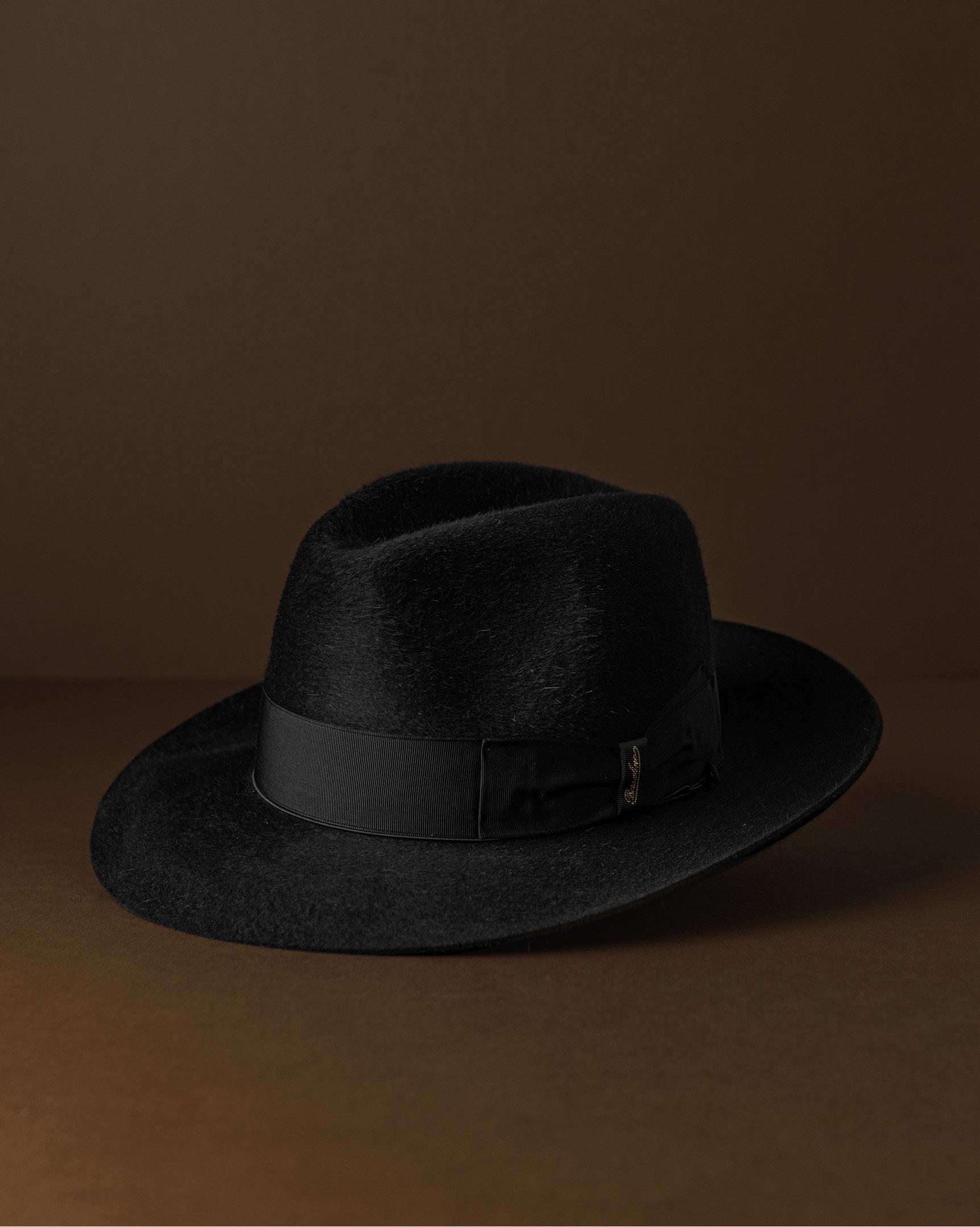






Alex Clare learned to serve Hashem through his music - and is bringing his fans along



From the Publisher
Editorial I Mica Soffer
Accessing the King
A letter from the Rebbe
9 Habits of Rabbonim
Rabbi Yehuda Ceitlin
Why We Vote Chaya Chazan
Fighting For Eretz Yisroel Hadas Tzuri
Closer To You Sruly Meyer
A Yeshiva in the Desert Yoni Brown
The Chassidus Truck Yisroel Schochet
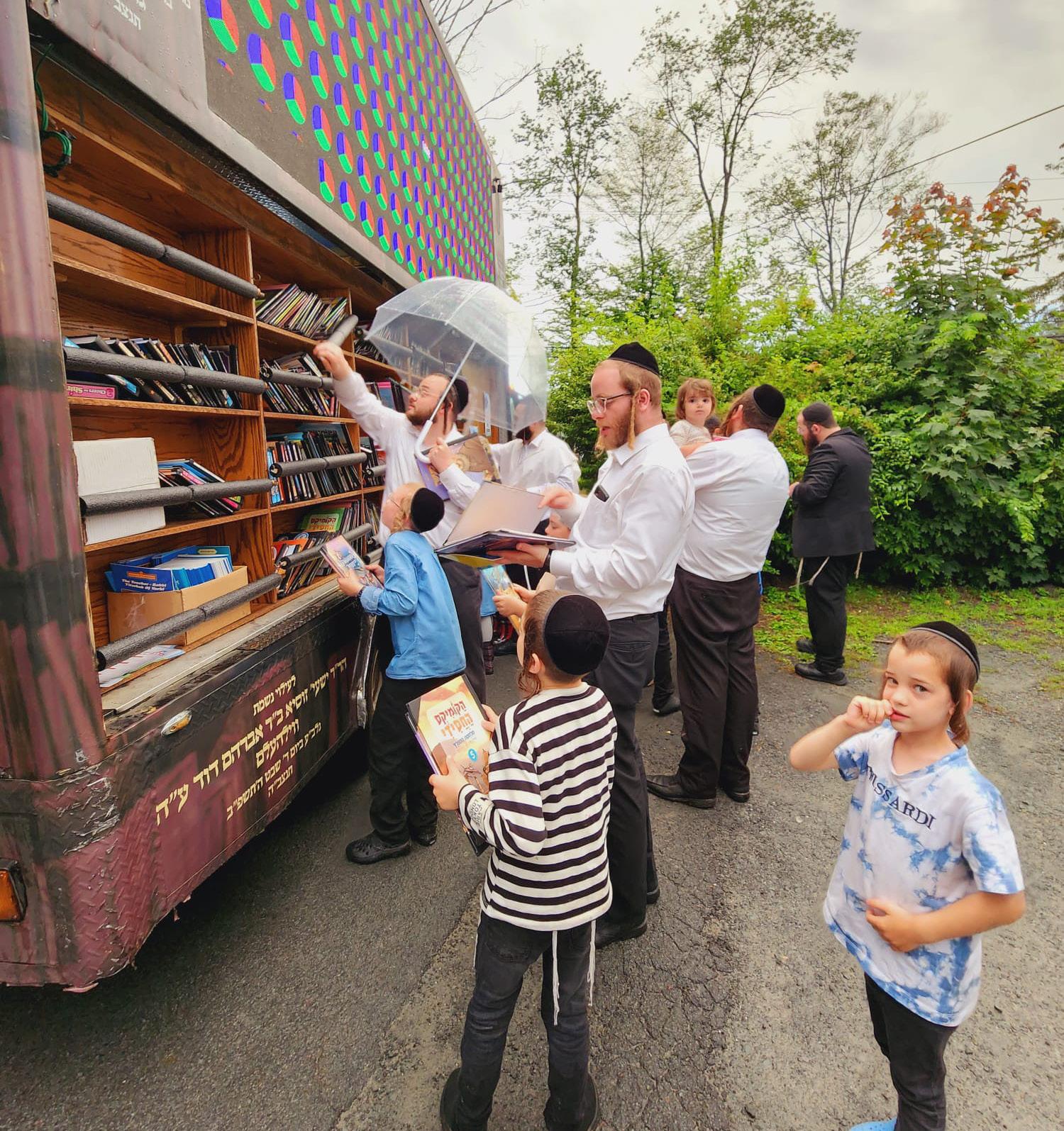

Chai Elul With the Rebbe JEM gallery
Teshuva and Recovery
Health I Rabbi Daniel Schonbuch
Chinuch Matters
Mushka Cohen - MEF
The French and Sullen Faces
Story I Asharon Baltazar
Back to School with Raisethon
The Inside Track
Music I Sruly Meyer
Kids Korner
Fun I Sari Kopitnikoff
Bubble Blowing Shofar
Activity I Parsha Studio
Prepare for Rosh Hashana
Food I Sruly Meyer
Mr. Hire-Someone-To-Fix-It
Humor I Mordechai Schmutter
Then and Now
Local I Shmuel Blesofsky


Publisher
Mica Soffer
Editor
Yehuda Ceitlin
Associate Editor
Mendy Wineberg
Contributing Writers
Asharon Baltazar
Shmully Blesofsky
Sari Kopitnikoff
Sruly Meyer
Mordechai Schmutter
Daniel Schonbuch
Chaya Chazan
Yoni Brown
Hadas Tzuri
Yisroel Schochet
Design Sheva Berlin
Special Thanks
JEM/Living Archive
Kfar Chabad Magazine
Rohr Jewish Learning Institute
ADVERTISING
ads@COLlive.com
718-427-2174 ext. 2
EDITORIAL INQUIRIES OR SUBMISSIONS
Editor@COLlive.com
718-427-2174 ext. 1
SUBSCRIPTION
To receive a printed copy of the magazine (U.S. addresses only): COLlive.com/magazine
COLlive Magazine is published in print and online periodically by the COLlive Media Group Inc. and is distributed across the United States. COLlive does not endorse any products or services reported about or advertised in COLlive Magazine unless specifically noted. The acceptance of advertising in COLlive Magazine does not constitute a recommendation, approval, or other representation of the quality of products or services or the credibility of any claims made by advertisers, including, but not limited to, the kashrus or advertised food products. The use of any products or services advertised in COLlive Magazine is solely at the user’s risk and COLlive accepts no responsibility or liability in connection therewith.
FIND US ON SOCIAL MEDIA
Elul brings with it the back-to-school season and a time for teshuva. The first is most visible as families return from summer adventures and school buses filled with children crisscrossing the streets again.
In our Chinuch Matters section, parents share their "First Day of School" traditions, a morah from Long Island discusses her classroom setup, and the Rebbe explains the connection between Elul and education.
While chinuch is something we see and experience, teshuva is more of an internal process. To explore this, we profile British-born singer and songwriter Alex Clare about his journey to becoming frum. Speaking from his home in Yerushalayim, he opened up about his life and music.
In honor of the 15th of Elul, the day the Rebbe Rashab established the Tomchei Tmimim Yeshiva, our writer Yoni Brown reports about one of the newest Chabad Mesivtas—in Scottsdale, Arizona—which has already made a name for itself.
Another notable date on the calendar is Chai Elul, the birthday of the Baal Shem Tov and the Alter Rebbe. Be sure to read about the seforim truck that traveled around the Catskills this past summer, bringing seforim and Chassidus into homes.
When the Jewish Future Alliance recently released data on voting habits in Crown Heights, it piqued our curiosity. We were particularly interested in hearing what motivates long-time Jewish voters, and we're glad they agreed to share their perspectives.
As our people continue to fight for their safety in Eretz Yisroel, we tell the life story of Knesset member Limor Son Har-Melech. After enduring unimaginable loss, she turned to the Rebbe to strengthen her bitachon and clarity.
As the Rebbe explains in the opening letter of this issue, the king is in the field. Let’s keep davening—both as part of our teshuva and for the sake of our brothers and sisters in their time of need.
Early wishes for a kesiva vachasima tova,

Accessing the King in the field through Torah, Tefillah, and Tzedoko
By the Grace of G‑d
In the Month of Elul Chodesh Horachamim, 5733 [September, 1973]
Brooklyn, N.Y.
To the Boys and Girls
Participants in the Tzedoko Campaign
G - d Bless you!
Greeting and Blessing:
I was pleased to be informed that you fulfilled my request to act as my agents in the Mitzvah of tzedoko connecting it with a word of Torah, and adding to it your own tzedoko.
Needless to say, in every case of doing a Mitzvah there is no place for a “Thank you” from a human being, since doing the Mitzvah in fulfillment of G - d’s will is itself the greatest reward and truest happiness, and as our Sages of blessed memory declared: “The Reward of a Mitzvah is the Mitzvah itself.”
However, it is in order to express thanks for acting as my agents in this joint effort and for this I say: Thank you very much to each and every one of you.
I also take this opportunity, as we have entered the month of
Elul, to remind you of the special significance of the month, the Month of Divine Grace in preparation for Rosh Hashanah and for the entire coming year, may it be a good one for all of us.
The Alter Rebbe explains the special significance of this month by means of the well-known parable of a “King in the field;”
“When a king approaches the city of his royal residence the people of the city go out to welcome the king in the field. Then everyone who wishes is permitted to come and greet the king and he receives everybody graciously and with a smiling face. But after he enters his royal palace special permission is required to see the king and this also is the privilege of a chosen few.”
This, then, is the significance of the whole month of Elul, when the King of Kings, the Holy One Blessed be He, makes known that He is “in the field” and everyone - man, woman, boy and girl can come to Him without difficulties, or special introductions.
But - one may ask - what is the meaning of approaching the King in the field, since G - d has no likeness of a body, nor a body and

as the Torah warns; “You have not seen any image (of G - d)?”
Therefore the Alter Rebbe goes on to explain that this approach has to do with prayer, for prayer in general and in the days of Elul in particular is an occasion concerning which is written, “May G - d cause His face to shine upon thee” - face to face - the person praying standing directly in the presence of the King, as in the parable above.
And the Alter Rebbe adds that in order for such closeness to be truly meaningful in a lasting and tangible way, it must be followed by actual study of Torah, by tzedoko and good deeds.
May G - d grant that each and every one of you should go from strength to strength in all matters of goodness and holiness, Torah and Mitzvos, and be a source of pride and true nachas to your parents and teachers, and may you make fullest use of the auspicious days of this month and be inscribed for a good and sweet year materially and spiritually.
With the blessing of kesivo vechasima tovah,
Menachem Schneerson
By Rabbi Yehuda Ceitlin

Over the last 20 years, I’ve had the privilege of coordinating an invitation-only summit that brings together some of the world’s greatest rabbonim and talmidei chachamim each summer.
The Global Yarchei Kallah, held at Camp Gan Israel in Parksville, New York, takes place over a long weekend in honor of Chof Av, yartzeit of the Rebbe’s father, Harav Hagaon Reb Levi Yitzchok Schneerson, of blessed memory.
During this time, participants study together with their high-caliber peers. While their teachings are worth repeating, I’ve also found value in their behavior, mindset, and habits, which can serve as lessons to others.
Here are nine of them:
1. They value time.
When I called to invite Rabbi Chaim Shalom Deitsch, Rosh Kollel Tzemach Tzedek in Jerusalem, his wife said he would be home in 18 minutes. I later asked him how his wife knew precisely when he would be home. “Well,” he said, “services were going to conclude in 15 minutes, and it takes 3 minutes to walk home.” They calculate their time and honor it.
2. They take the long road - literally.
Rabbi Leibel Shuchat, Rosh Yeshiva Guedola of
Venezuela, has lived in Caracas since 1985. Due to the country’s political turmoil, what was once a six-hour trip to New York has become a staggering 17-hour journey through Spain or Panama. But as anyone who studies Torah knows, acquiring it is a process and requires a long road—sometimes literally.
3. They respect themselves.
Rabbi Chananya Yosef Eisenbach, the late Rosh Yeshiva Chabad in Bnei Brak, Israel, always carried himself with dignity. His clothing was simple yet impeccable, as the Gemara instructs (Shabbos 114a): “It is a disgrace for a Torah scholar to go out into the market with worn-out shoes ...” because one’s appearance reflects one’s status.
4. They don’t multitask.
As he prepared to pray, I noticed Rabbi Yechiel Kalmenson, Rosh Yeshiva Tomchei Tmimim in Brunoy, France, pausing for a moment of reflection. The Mishnah says (Berachot 5:1), “One should not stand up to pray except with a sense of reverence,” and he needed to enter that mindset. If it deserves one’s time, it deserves one’s full attention.
5. They practice disciplined flexibility.
When Rabbi Sholom Ber Chaikin, posek for Chabad of Northeast Ohio, studied Rambam’s Mishneh Torah, he circled specific halachos in his Dvar Malchus booklet to revisit later so as not to impede reaching his daily study

quota. Learning requires both discipline and flexibility.
6. They will talk with anyone.
During the summit, Rabbi Avraham Shemtov, who established this Yarchei Kallah and is the Chairman of Agudas Chassidei Chabad International, naturally welcomed and conversed with its accomplished participants. Yet, if a staffer or youngster approached, he treated them with the same respect, recognizing that each person is created in the image of G-d (Breishis 1:27).
7. They recognize individuality.
Rabbi Yisroel Friedman, the late Rosh Yeshiva of Beis Medrash Oholei Torah in Crown Heights, once arrived a few days early to the summit—to the delight of the camp’s staff members. When two of them asked to learn with him, he scheduled them at separate times. When I asked about it, he explained: “One is “fire,” and one is “water.” Each student has their abilities in learning, and combining them won’t work – for either of them. Each needs to be taught on their own level.”
8. They know their expertise.
During a heated scholarly debate, I expected Rabbi
Aizik Landa, the chief rabbi of Bnei Brak —a city renowned for its Torah scholarship—to chime in. Instead, he stayed silent, recognizing the topic wasn’t his area of expertise. Despite his vast knowledge, he understood that others were more immersed in that particular subject and respectfully yielded to them.
9. They teach by example.
During their stay, the rabbis’ meals were served by young students who felt honored to serve their teachers. Yet Rabbi Zalman Wilschanski, the late Rosh Yeshiva of Tomchei Tmimim in Morristown, NJ, always left each of them a tip. Though not financially wealthy, he valued expressing gratitude, reminding us that kindness should always guide our actions. These are leaders of communities and rabbinical schools, revered sages, and wise scholars.
Spend a few days with them—or a few minutes—and you’ll find there’s so much to relate to and to learn from them.
Rabbi Yehuda Ceitlin, Editor of COLlive.com and COLlive Magazine, is the outreach director of Chabad Tucson, and Associate Rabbi of Cong. Young Israel of Tucson, Arizona. He coordinates the annual Yarchei Kallah gathering of Chabad Rabbonim and Roshei Yeshiva.
Jewish elders of Crown Heights explain why they have been going to the ballot for many decades
COLlive and the Jewish Future Alliance (JFA) teamed up to raise awareness about voter registration for local and federal elections. To highlight what is at stake for the Jewish community, JFA's
Rabbi Yaacov Behrman and COLlive photographer Itzik Roytman met with five long-time voters from Crown Heights. Interviews were condensed for clarity by writer Chaya Chazan.

Everything in my life, including the day I was born, was symbolic of the dual notions underlying the experience of every American Jew: we are hated and victims of horrid antisemitism, and we have the power to change it.
I was born on 23 August, 1929. It was the same day as the Hebron massacre, which took place on Aug 23rd and 24th. Thousands of bloodthirsty Arabs rampaged through the streets of Hebron hunting Jews for slaughter. With cries of “Slaughter the Jews” and “Allahu Akbar,” the mob broke into homes, tortured, and murdered. Entire families were butchered. My family heard about the massacre the next day in the newspaper and I grew up knowing that I was born on the same day as the massacre. As a kid, everyone I knew voted - at least everyone who could. There were a lot of immigrants and refugees, for whom voting was especially meaningful, since most of them were coming from countries
where they didn’t have rights, let alone the power to make their voices heard! I remember my mother voting, and telling me about it with pride. So, the first opportunity I had, I registered. The first time I voted was in 1952. The actual voting was uneventful. I remember going into a booth; everyone was nice and courteous. But I remember how proud and excited I was to vote.
It was a special point of pride with me, as I was born and raised right here in Brooklyn. I grew up in Brighton Beach, in a Jewish neighborhood. My father was an Alexander Chossid. I remember him sitting Shiva during the war when he received the news that his mother had died in the Lodz ghetto after she became ill. The rest of his immediate family members were killed by the Nazis, but we only found out after the war.
My father did have a brother who came to America before the war and lived in Chicago. Mr. Turner remembers him well and used to learn with his sons-inlaw. This brother’s great-grandson was
one of the Jews killed in the terrorist attack at Chabad of Mumbai in 2008.
Although he belonged to a different Chassidus, my father went to greet the Frierdiker Rebbe at the port in 1940 when he arrived from Europe. I remember when he came back home and told us about the experience. He was very excited about meeting the Rebbe. He later became close to Lubavitch. He was attracted to Lubavitch because the Rebbe was a Gaon Olam, a serious scholar.
Our family became closer to Lubavitch, and, in the 1950’s, I got married in Crown Heights, on a Friday, as per the Rebbe’s instruction.
I’ve moved around a bit, but, for a long time, I’ve lived right here in the neighborhood. I have been around 94 years, and I know a little about life. I’ll tell you now: vote. It’s important.
Over the course of my life, I’ve seen many presidents come and go. Some, like Franklin D Roosevelt,
“The youth don’t appreciate how lucky they are to be American”
taught me not to place too much trust in politicians. Others, like Ronald Reagan, showed me how a good president with Conservative values can bring America back to good standing.
Voting is important because it gives us a voice. It is the only way to influence the elected officials who make crucial decisions that impact our community and country. I’ve always followed politics, knowing how important it is. To make sure my vote has the most impact, I registered as a Democrat. Since New York is largely Democratic, elections are decided in the democratic primary.
I hope my message will influence people to do their civic duty, although, in my experience, the youth just don’t get it. They don’t understand the importance of voting. They don’t appreciate how lucky they are to be American, the significance of American values, and the privilege of voting.
But I hope they will.

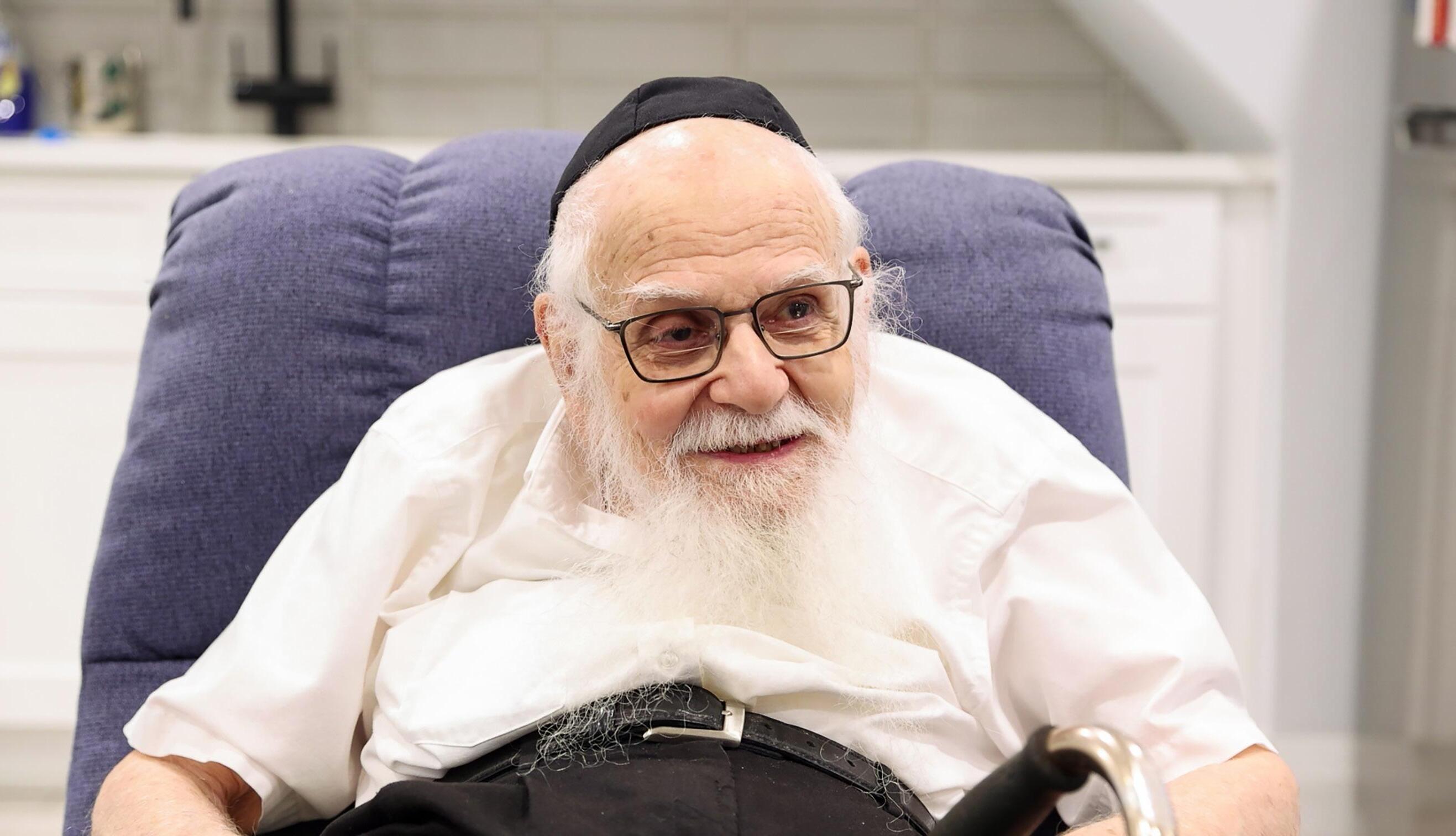
I grew up poor in Jewish Chicago, on the ‘wrong side’ of the park. Douglas Park was a large park, with the largest Jewish neighborhood on its west side. We lived on the east side of the park. You’ve heard of the wrong side of the tracks; we lived on the wrong side of the park. Sure, there were Jews in our building, in the neighborhood, and on the street, but across the park, it was like being in one of the main Jewish neighborhoods in Brooklyn. There were many people and institutions there. We had one Shul about two or three blocks away, while on the other side of the park, it seemed like every block had a Shul or a Shtible or some other gathering place. We had more non-Jews on our block than Jews. In the 30’s, when I was just seven or eight years old, I remember being told, don’t go here, don’t walk here, don’t go there because it’s not safe. My knowledge wasn’t that profound. I was a kid. I was a little boy. Why
wasn’t it safe? Was the ground going to collapse? No! There were these anti-Semites who would say, “Jew boy! Go back to Europe!” or, “Go back to Russia!” Well, I never lived in Russia, so I couldn’t go back.
As far as antisemitism today, it’s an abhorrent thing. Today, in this day and age, post-Holocaust, 70 years or so after millions of Jews were murdered just because they were Jews, it’s really disturbing that antisemitism could still exist in America. America is the land of the free and the home of the brave! But when a person has to be incredibly brave just to walk on the street or take public transportation without fear of being physically attacked or verbally abused— that’s unacceptable. America cannot continue to exist under such conditions. In my lifetime, we’ve faced racism, and people said America couldn’t prosper
with racism. Similarly, America won’t thrive with antisemitism.
However, you can’t afford to be afraid because if you show fear, these vicious people, these terrorists, will take advantage of you. You have to be strong and stand up to them! At the same time, one should not be reckless—it’s like walking on a tightrope without good balance.
How do we change things? Simple. Just vote.
Growing up, everybody I knew voted. In fact, several people, my mother among them, worked as election judges, so voting was important.
Most of them were Europeans of the previous generation and they felt more intensely about voting than us native Americans. Unfortunately, some of us take it for granted.
In truth, we’re privileged here in America to be able to vote. Many of my friends growing up came from Europe, especially Eastern Europe, where

they didn’t have the right to vote, or if they did, it was forced and their votes were meaningless. Imagine if we couldn’t vote and had to endure bad politicians without any say? That would be very bad indeed. We have some control over things, and we don’t want to lose that.
My first time voting was in 1952, during the presidential election. I’ve voted in every election since, except one. The one time when I was in the Army, I missed it. Today it’s comparatively easy to get an absentee ballot. It was harder back then.
Vote! Don’t let somebody else control your life. You might say, “What difference does my vote make? They’re going to do what they want to do anyway!”
Consider this: when an elected official, whether they belong to your party or the other, sees a significant turnout from a particular group, they will take notice. Don’t underestimate that. Your vote matters because elections have been won by a single vote. That vote could be yours. It could be mine. And that matters.
In this election, there are quite a few things to keep in mind, all interwoven and interconnected: the economy, of course, and peace, of course. Also, being Jewish, our relationship with Israel is crucial. And safety - both on the street and in general.
Every vote counts! I read about one of the recent elections in a small community where somebody won by 40 votes. I also recall many years ago in the Chicago area, an election was won by just one vote. Whether it’s your vote or my vote, we do have that power!

I’ve lived my entire life within the confines of a 50-mile radius. In the last 89 years, I’ve seen the neighborhood shift from one extreme to another and back again. I’ve seen how much governmental policy has shaped our community. And I’m proud to have been a factor in those changes.
I was born in 1935 in Brownsville, Brooklyn - the old neighborhood where many thousands of Jews used to live. There were a lot of Shuls, just like here in Crown Heights— three Shuls on a block. There were Chassidim, Litvish, all kinds of people. My father was a Gerrer Chassid, and he opened the first Gerrer Shtiebel in New York. Not only that, he opened the first Gerrer Yeshiva. I taught there, starting from when I was 16. When the Rebbe came to America, my father and I would walk from Brownsville to attend Hakafos, and sometimes for other farbrengens.
Soon after, all the Jews from Brownsville moved to Crown Heights and elsewhere.
I moved to Crown Heights after I got married in 1958.
Even as a kid, I knew my father and my mother always emphasized the importance of voting. I remember whenever elections came up, they talked to my sisters and made sure they went to vote. My parents believed that voting was crucial for participating in the American government. They wanted my sisters to be Americans, and they had to go vote. “You’re not an American if you don’t vote,” my father used to say. So my sisters always went to vote.
The Rebbe emphasized the importance of voting as well. He used to say, “Men darf gain voten!” I recall the Rebbe clearly saying at a Farbrengen, that everyone should go and vote. The community gains from every vote.
I never really cared much for politics. I was too busy playing ball, making money, and trying to get a job. I didn’t care about the president. I just knew I had to
vote, and I always voted, and that’s it. I voted every time there was a presidential election. I never missed one in my life! I also voted in local races for mayor and council. We were always told to go vote, not to be left out. The more votes we get, the more influence we have with the government.
Young people may feel that voting doesn’t matter. They think, “Why vote? Both candidates are no good. It doesn’t make a difference.” But you never know—a vote can turn over a world and make all the difference. The most important thing is to go vote. Put your name down! It’s important. It’s your privilege; your honor. As a mensch, an American, and a Jew, you have to vote. It’s essential. Showing up and making your voice heard is too important. We had a demonstration for Israel on Eastern Parkway recently in front of the Brooklyn Museum, on Friday afternoon. There weren’t as many people as we expected. Only 1,500
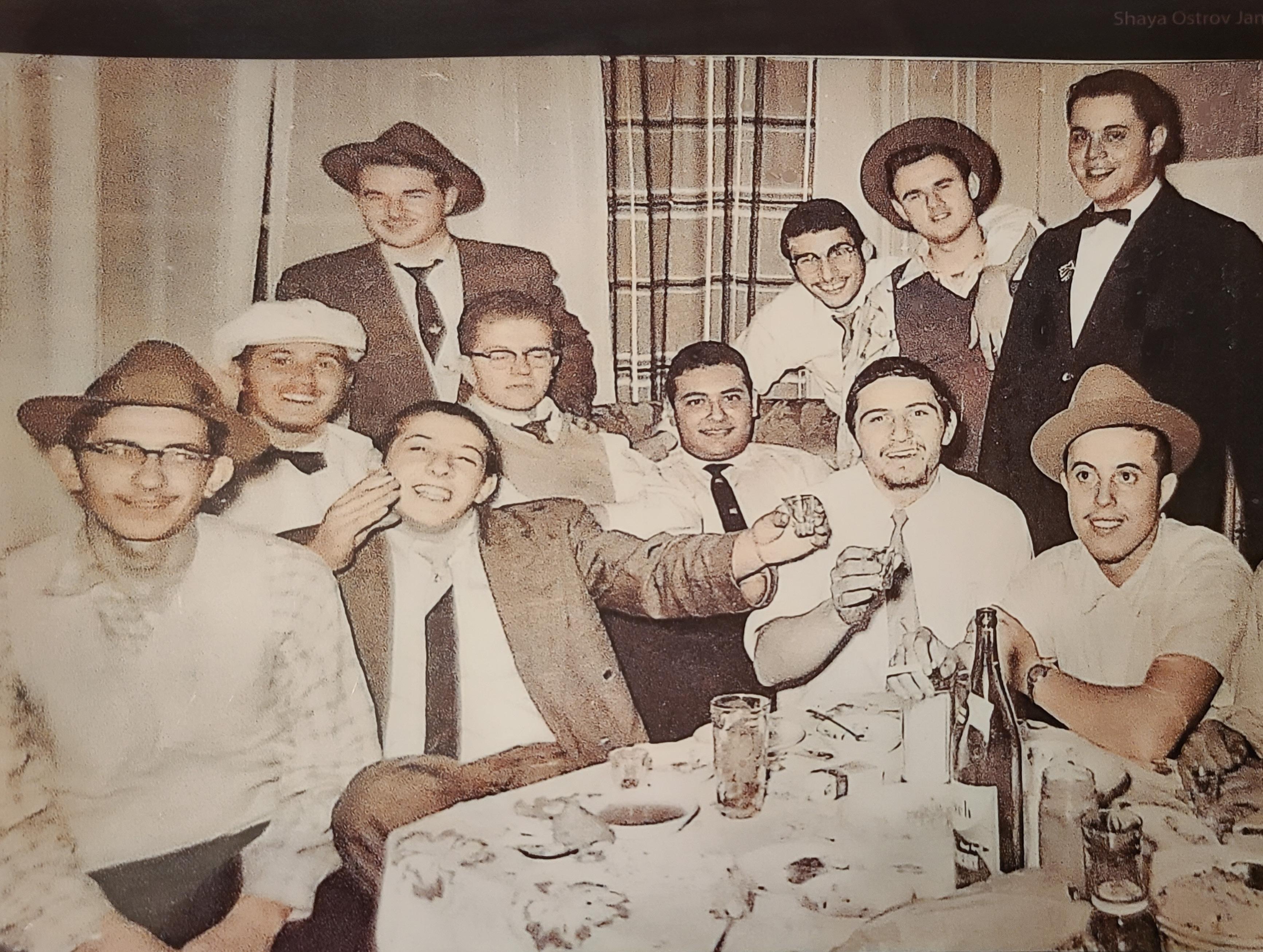
people showed up when there should have been 5,000!
We Yidden are too soft. We don’t fight back. The trouble is that Jews are blamed for everything. How many Yidden got beaten up in Queens, Flatbush, and other places, and there was no fighting back?
What’s needed today is young blood to go out and not be afraid.
One way to fight back is to go out and vote! When you vote and you bring a lot of votes from Crown Heights, things change. The neighborhood changes. Vote to help the people
who are doing their job for the neighborhood, and for people who are running the Mosdos or helping people get money for Shabbos. Everything helps. But you have to vote!
There’s other ways to benefit the community as well. I think that the people who live in Crown Heights— while many are moving out—have seen the community grow in size. Those who’ve moved out should always remember to come back to their roots. They need to come back to Crown Heights, spend some
money here, shop here a bit, visit 770, and of course, buy a hat here.
We all know the Rebbe said, “Kan Tzivah Hashem es Habracha,” meaning the blessing is here in the neighborhood. It’s no surprise that people come back nowadays, with all the new restaurants and the revival of old neighborhoods where people once couldn’t walk safely. If the Eibershter wants us to stay here, He will help us all live together in one corner with one goal in mind: unity in the neighborhood through achdus, voting, and staying together.

I can’t fully describe what coming to America was like. It felt like a different air, a different country, a different system. It had been such a circuitous route from Kharkov, where we were when the war broke out, we were so thankful to finally arrive in “the land of the free and the home of the brave!”
When the war began, my mother was alone with three babies. My father was taken to the Gulag in Siberia because of his teachings of Yiddishkeit (we recently learned his great crime was either shechting a chicken or studying with a boy). Somehow, my mother managed to get permission to leave the city and escape. We had bombs falling right on our block, just two houses away.
We went to Tashkent and eventually settled in Samarkand, until we were miraculously reunited with my father in 1943.
He was left unguarded on a train, and managed to switch to another train. He somehow learned through the grapevine that the family had fled Kharkov. In Russia, you couldn’t
travel from one city to another without papers, so he had only one chance to pick a destination. He decided to go to Samarkand - an extremely fortuitous decision!
We escaped Samarkand using false papers and arrived in Poland, where we were met by the HIAS and the Joint Distribution Committee. We then went to Germany, with a few Lubavitch families. We always came together and took care of each other. Whoever didn’t have a husband or family received help, and everyone supported one another.
We began to make contact with America, seeking directions and guidance from the Rebbe, which we could not get in Russia. Unable to get to Eretz Yisroel or America, we went first to Cuba, and, finally, to America.
I distinctly remember going to get my citizenship card and voter registration card. It was such a welcome change from the country we’d just left behind! One of the first values they taught us in school was that in America, people can vote
and have a voice in who they elect and who governs them. We had not experienced this before. We had just come from the Holocaust and the DP camps in Europe, and this culture was so new to us. Voting was one of the things America was most proud of, and we were proud of it as well.
In the 60’s, the Rebbe emphasized the importance of voting. My husband, Rabbi Leibel Groner A”H, was working for the Rebbe, and when the election came up, the Rebbe declared, “Men darf gain voten” I recall my husband providing the Rebbe with the address where to vote, and, after ascertaining that it was not an unsuitable location for a Jew, the Rebbe went to vote.
It’s an incredible privilege we have. We need to understand that Baruch Hashem, voting allows us to set ourselves up for success. We have a proven formula for making a difference after expulsions and tragedies!
Voting is the only voice the populace has. It’s the only legal, peaceful,

and effective way to protest and bring about change. It’s the primary means by which people can influence decisions and policies. Unfortunately, over the 70 years we have been here, America has changed drastically.
America is edging towards the Communism and Socialism I remember from my youth, with one even more destructive advantage: freedom. America has both the influences that come from a culture lacking morality and the freedom to go as far as anybody wants to go. It’s a double-edged sword. Freedom is great, but you also need limits. Freedom needs to be balanced with responsibility.
We still have something—a small window of opportunity. That’s what we need to pay attention to and work to change and improve. The Rebbe was a globalist; he wanted the whole world to become better. That’s why he advocated for the Sheva Mitzvos Bnei Noach and supported having a moment of silence in schools .
The only thing we have now, besides taking care of our own people and schools, is the need for support from elected officials to recognize that our communities are a vital part of their society. For that, voting is crucial. We also need to behave properly, set an example, and be friendly and inclusive. We must
keep our properties clean and wellmaintained. The only legal tool we have is our vote, and it’s a privilege we should use. We should support the candidates we vote for and offer constructive criticism, rather than focusing on negative feelings. Instead of tearing things down, we should encourage improvements and be helpful. The Rebbe never criticized; he encouraged. This is what the Rebbe wanted us to do: we need to influence society to recognize that there is a Creator and that there must be decency and moral laws to follow. This is the only way we can make a change for the better.
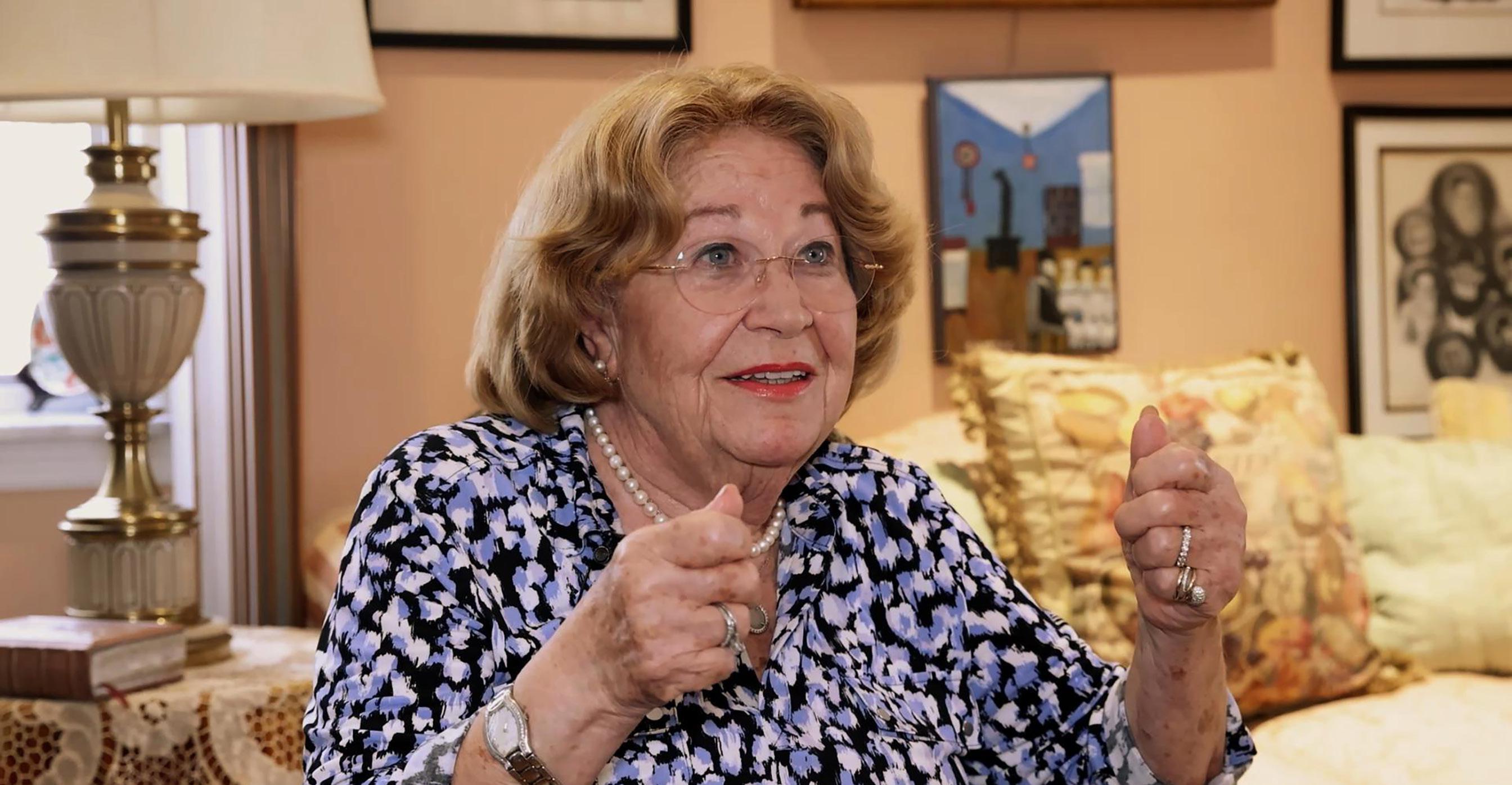
I was born in Kharkov, Ukraine. I moved to Crown Heights in 1957 when I got married and became a U.S. citizen five years later. I voted for the first time in 1964.
The road to emigration was long and difficult. We left Kharkov when I was less than three years old and went to Samarkand, Uzbekistan. We stayed there for five years. In 1946, we left Uzbekistan and went to Lódź, where we stayed for six weeks. I was a young girl at the time and couldn’t understand why we had to stay for six weeks. Later I found out that they had changed everyone’s documents. The Cold War had begun, and having Russian documents was a big detriment to being able to enter the United States. And, of course, everybody wanted to go to the United States. To avoid this issue, our papers were forged, and switched from Russian to Polish.
From Lódź, we went through Austria and ended up in a displaced persons (DP) camp in Germany, near Munich, in a place called Pocking. We lived there from 1946 - 1948, in
barracks that were formerly used by American soldiers. We didn’t have a proper house or apartment until I was 14; we lived in one room as a family.
After two and a half years, the DP camps were disbanded, and everyone had to find a new place to go. We went from Germany to Paris, where we stayed for four years until we were finally able to emigrate to Canada. When I came to Montreal, there was no Beth Rivkah yet. So, in 1953, I came to New York for the year and attended Bais Yaakov in Williamsburg for secular studies, and the newly established Bais Rivkah for Jewish studies.
I got married in 1957 and immediately applied for US citizenship. I was very proud and happy when I became a citizen. It was a big deal! All my life, we were stateless in every place we lived. We never stayed in one place for long; we kept moving all the time. This was the first time I felt I could belong, and I was very excited when I became a citizen and eligible to vote. The neighborhood we lived in was changing, but we didn’t know what
to do. We went to the Rebbe, who told us to buy a house. We said we didn’t have any money—nothing, not even a hundred dollars. The Rebbe encouraged us to buy a house regardless, so we looked for one and eventually found the house on Empire Blvd which I’ve been living in since - over 60 years! All our neighbors were Jewish, but we were the first Lubavitchers on the block.
Once we were settled in our new home and I became a US citizen, it was time to take the next step: registering to vote.
Voting is a privilege. When we were in Russia, or in places like that, life was very hard, especially for Jewish people. We had no rights. We were voiceless and stateless. I think that people who came from Europe were more likely to vote than Americans. They were patriotic. I was very patriotic, and I still am! I even went to Mayor Beame’s inauguration because my husband was involved in electing him, and the Mayor appointed him as a youth commissioner.
I think it’s a duty to vote. You can’t complain if you don’t vote. I think everybody should vote. Personally, I vote in every election. The younger generation doesn’t appreciate this privilege. They’ve never lived in a place where people have no rights. Freedom is a very precious thing.
I specifically remember one significant election year. It must have been in the seventies. My husband, Rabbi Shmuel Fogelman, and Rabbi Mendel Shemtov helped arrange rallies and register people. They were very active with Mayor Beame. There was a big rally at Oholei Torah, and all the elder Chassidim attended.
In this year’s upcoming election, more than ever, we need to look at the top issues facing us, such as antisemitism, morality and family values.
I think the world has lost its common sense. First, they
throw out the Eibershter, they throw out G-d. People have to know that there’s something higher than them. There needs to be accountability. Why did the Eibershter create the world?
When I hear about today’s youth, I can’t believe my eyes; can’t believe my ears. There was always antisemitism - but it was hidden. Now, they’re proud. They’re arrogant. I never thought that in the United States Senate there would be senators and congresspeople that have such animosity towards Jews. How did they get elected to the Senate? How did this happen?
This is precisely why everyone should vote. It’s very important. We live in a very difficult world and we have to do everything to help to make the world better. By voting for the right people, our voice will be heard and hopefully with Hashem’s help, the world will be a better place.
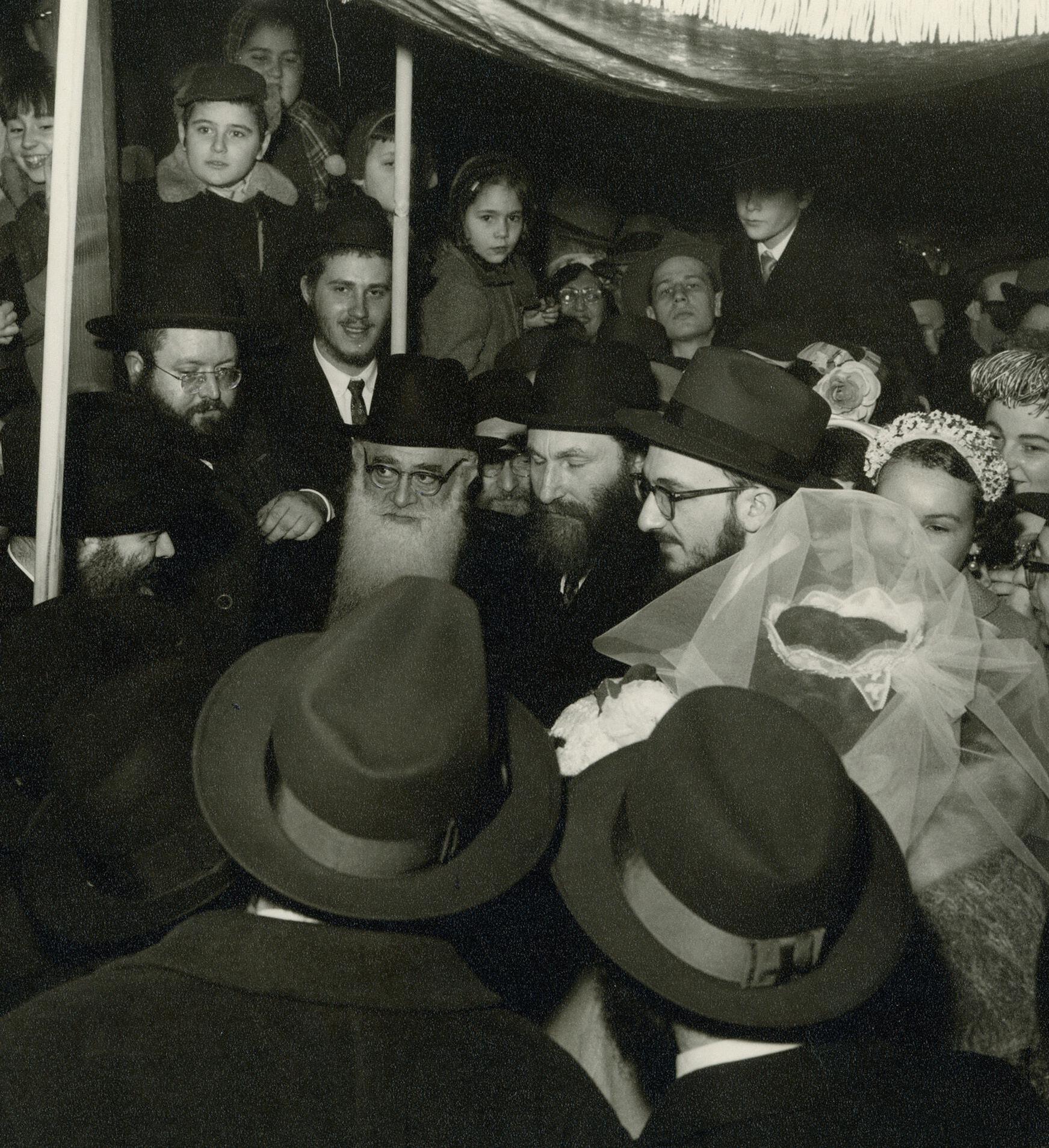

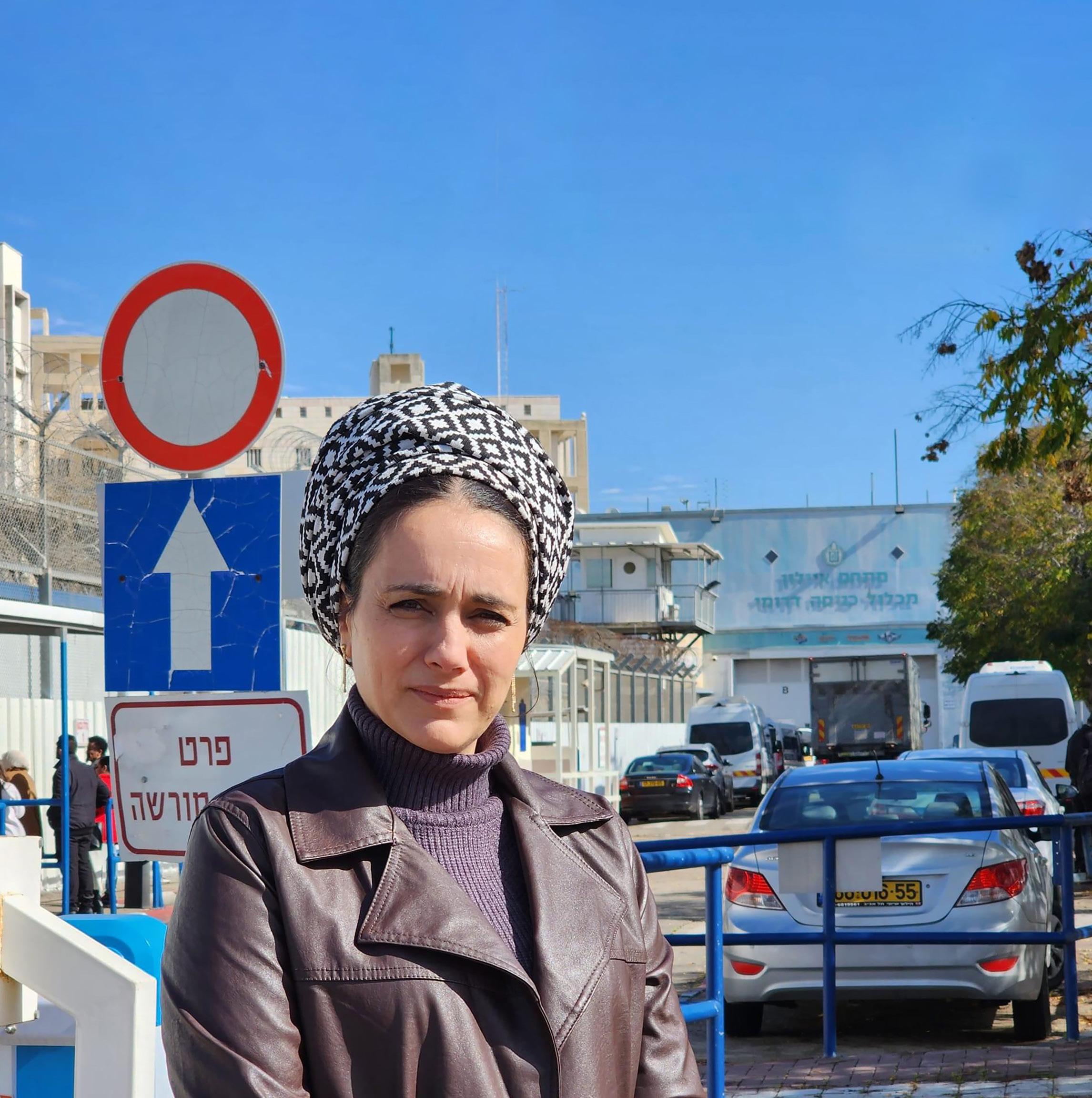

Knesset member Limor Son Har-Melech lost her husband to terror and her home to evacuation, but never lost hope
By Hadas Tzuri - Kfar Chabad Magazine

In 2002, Limor Son Har-Melech woke up from a horrifying dream. She had dreamed that her husband Shuli Har-Melech had been murdered and that she was sitting shiva. Terrified, she told her husband about the dream. “Look at me,” he replied, trying to calm her. “Do I look like I’m about to die?”
Shuli then asked her, “What are you afraid of? Dying al kiddush Hashem? Do you know how great a zechus that is?” Limor gave him a stern look, and Shuli calmed her and said, “Don’t worry, I’m not one of those types of tzaddikim.”
Limor was born in Jerusalem in 1979 to a non-observant family. She chose to become religious as a fourth grader after experiencing the delight of Shabbos in the home of her observant grandparents. Her parents respected her choice and supported her new lifestyle.
Limor married Shuli in 2001 and they soon moved to Chomesh, a town named for five villages in the area during the time of the Mishnah and the Gemara. At the time, the town lost three residents in terrorist attacks over the course of ten days. It led to
half of the residents moving away. Limor and Shuli moved there to strengthen the Jewish settlement and were soon looking to attract more families to the town, which was mostly secular. They established a Yeshiva there and had bochurim learn and live there, adding to its population and communal life.
Shuli was a combat medic, an ambulance driver, and a volunteer in the Hatzalah of Yehuda and Shomron (the Judea and Samaria region). The couple soon had their first son, Ahuvya Yair.
“Shuli was incredibly familiar with the land,” Limor said. “Going on a trip with him was a unique experience. He recognized every place in Eretz Yisroel, and knew everything about its flora and fauna, as well as its history.
“This did not prevent him from being a man of Torah, a true servant of Hashem. If I was ever upset at him, he would immediately apologize and ask forgiveness. Once, I asked him, ‘Why are you apologizing? I know I’m wrong; tell me I’m wrong!’ He looked at me and said, ‘It doesn’t matter whether you’re right. I caused you pain—so I’m sorry.’”
On Friday morning, Rosh Chodesh Elul 5763 (August 2003), Shuli and Limor left Shuli’s parents’ home in Kochav Hashachar, headed home to Chomesh. They planned to go back to his parents for Shabbos. Ahuvya Yair was 14 months old at the time, and Limor was seven months pregnant with her second child.
“Shuli was unusually stubborn that we shouldn’t take Ahuvya Yair along, and wouldn’t give in.”
Before they left the house, Shuli blew the shofar, and sat Ahuvya down across from him. “Ahuvya,” he said, “I want you to know that today is a very special day. Hashem is here—the King is in the Field, and he wants us to return to him.”
“Do you see this shofar? We want to remind Hashem of Akeidas Yitzchak, about the mesiras nefesh.” Shuli told Ahuvya the story of Akeidas Yitzchak and spoke about the mesiras nefesh of Avraham and Yitzchak to do Hashem’s will.
“Then we left,” Limor related. “Shuli drove, and was singing tefillas haderech. Suddenly

he shouted, ‘Limori, get down!’ Instinctively, I looked up, and I saw them: five terrorists, dressed in black, clad in keffiyehs. They ambushed us at a bend in the road, when the car had to slow. They shot at us from point-blank range. I heard gunshots and shouts, and a bullet struck my left hand. Then Shuli covered me with his body.”
Their car passed the terrorists, and Limor thought for a moment that they were safe. But then the car revved up the barrier on the side of the road. It accelerated up, and Shuli collapsed. The car then hit a boulder and flipped over.
Limor managed to crawl out the back door. She was shot through the hand, and was injured by the bullet that had hit Shuli. She crawled out to the road, davening and saying Tehillim.
She eventually spotted a car with a Palestinian license plate approaching. “They shot at us!” she cried. “My husband is in the car, and I’m pregnant!” The driver shook his head and drove away.
A mob armed with sticks approached, and she feared they would execute her. She flagged down an Arab taxi driver, who agreed to
help. Her car was on fire with her husband still inside, and the mob was closing in.
Another car with an Israeli soldier and a doctor pulled up. The soldier raised his rifle and scattered the mob. Limor pleaded with the doctor to help her husband in the car. “At this point, you need to worry about yourself and your baby,” he told her.
Shuli was soon declared dead, just like Limor’s dream from a year earlier had described. But unlike the dream, Limor wasn’t sitting shiva as conventionally done. Hours after her husband’s murder, she was in a hospital bed undergoing a procedure.
Doctors had performed a six-anda-half hour emergency surgery on her, during which they operated on her gunshot wounds and delivered a healthy baby.
“I made the immense effort to go to Shuli’s levaya despite being severely injured and despite having just undergone an emergency C-section,” Limor said.
“As I rode in the ambulance, I said: ‘It won’t help you! You want us not to travel or live in Yehuda and Shomron, but I will return home to Chomesh!’ I said. I promised Shuli that I and the children would continue on his path and live in Chomesh, the place that Shuli loved so much and believed in.”
“When falsehoods get stronger, I know that Moshiach is getting closer”
That Shabbos, Limor sat with her friend Sarit Levi, a Chabad chossid, and they sang Kabbalas Shabbos together. When they reached ‘Tov Lehodos LaHashem,’ Limor burst out crying. That was the song they had sung at her badeken when Shuli put the veil on her during their wedding.
“They were difficult moments, moments when I needed to be there for my family, when I held onto my faith,” Limor said. The next day, Sarit suggested that she write a letter to the Rebbe, and for the first time in her life, Limor did so.
She placed the letter in a volume of Igros Kodesh, the series of the Rebbe’s letters. She randomly opened to a letter where the Rebbe writes that every injury that a Yid suffers will be transformed into great light when Moshiach comes.
“I was comforted by the Rebbe’s words,” she said.
Limor did go back to Chomesh, but a short time later, she was evicted from her home as part of Prime Minister Ariel Sharon’s reckless and politically motivated unilateral Israeli “disengagement” from the entire Gaza Strip—and parts of Judea and Samaria—in 2005. Many today believe the decision had enabled the large-scale massacre on October 7, 2023.
Sharon had Israel Defense Forces and Israeli police forcibly evacuate 21 Jewish towns in the Gaza Strip and four towns in Judea and Samaria, one of which was Chomesh.
“Our home was the last to be emptied,” Limor recalled. “Before I left, I walked the roads of the settlement until they called me to tell me that the soldiers were on the way. I started walking to my house. It was a day too difficult to bear.
“As I walked home, tears flowed freely from my eyes. Suddenly,
through my tears, I saw a bearded man facing me. He asked me, ‘Why are you crying?’ I pointed to the vacated settlement as if to say, ‘Do I really need to explain?’”
“He looked at me and said, ‘Your eyes that are crying over this destruction will merit to see Chomesh rebuilt.’ I cried again, but my tears were tears of joy this time.”
That man was Rabbi Daniel Stavsky, a Chassidic rabbi who leads a Biala Shul in Bet Shemesh and has been a source of support for settlers. There have been repeated efforts to rebuild Chomesh, which the government had quashed. Yet, 18 years later, Chomesh was the site of the wedding of Limor’s son Ahuvya Yair, who was 14 months old when his father Shuli was murdered.
Despite losing her husband and home, Limor never lost hope - in
herself or the land of Israel. Three years after Shuli was murdered, Limor married Yehuda Son, a therapist, and they settled in Shavei Shomron, a religious town in southern Samaria. The couple is raising 10 children together.
Limor reveals that she sees her second marriage as fulfilling the promise she made to her first husband, Shuli. She said that a week before the terror attack that killed him, they had gone on a trip and he had been uncharacteristically quiet.
“I asked him what was going on, and he said, ‘I need you to promise me that if something happens to me, you will continue with your life; you won’t wait for me.’”
“He then said, ‘From the day we met, nothing has been more important to me than your happiness. I don’t want to be in Heaven and see that you’re sad.’
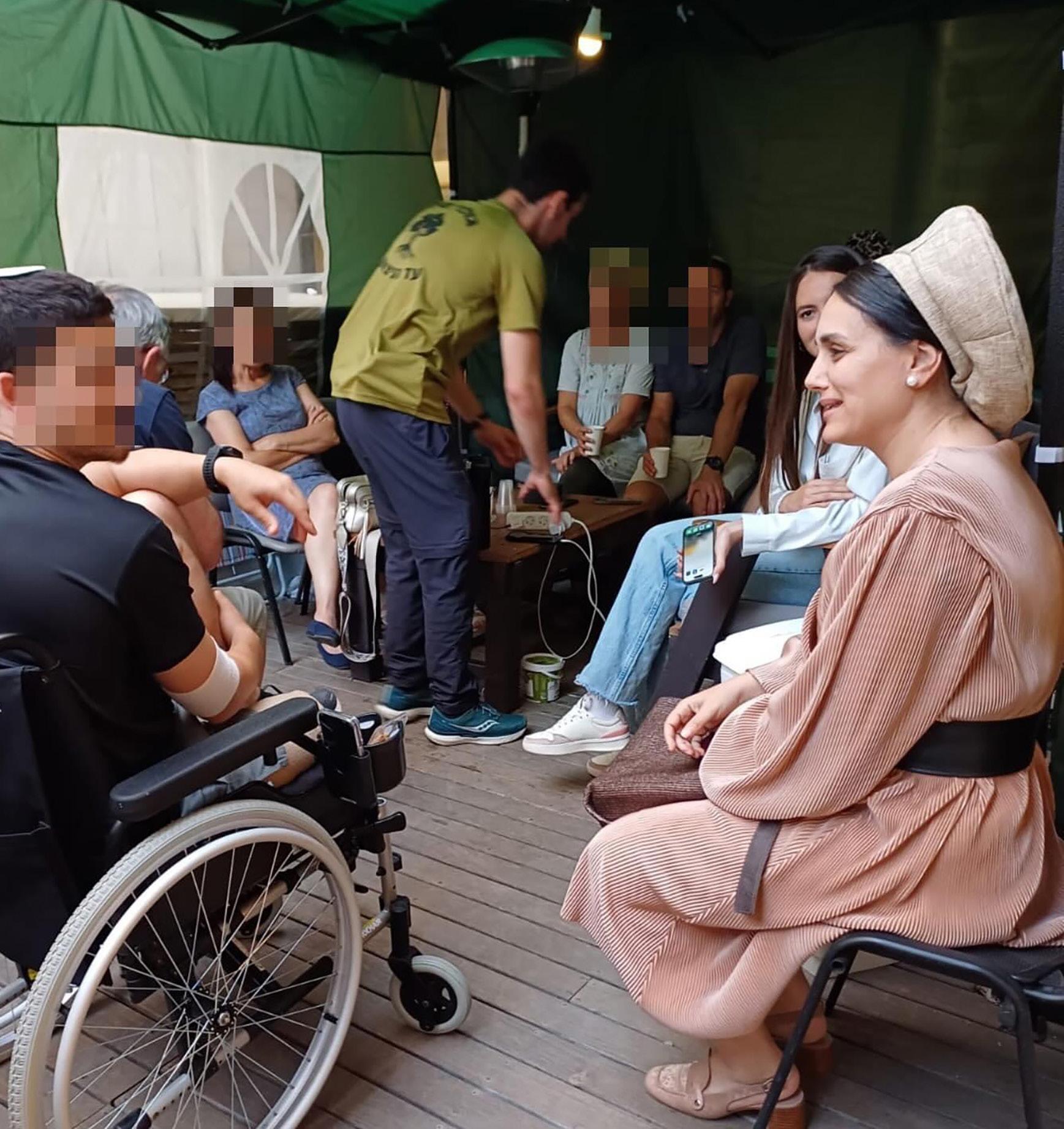
I promised and had no idea (what would happen) a week later...”
Ahead of the 2022 Israeli legislative election, Limor was asked to join the right-wing Otzma Yehudit party led by Itamar BenGvir. Limor didn’t feel it was for her and asked her rav, Rabbi Dov Lior of Kiryat Arba. “You, who are a mother and are G-d-fearing— your voice is important,” he told her.
After Otzma Yehudit gained seats in the election, they joined Benjamin Netanyahu’s coalition, returning him to the role of Prime Minister. Limor now serves as cochair of the Land of Israel Lobby and chairs the Religious and Haredi Women’s Lobby and the Lobby for the Prevention of Abuse. Those roles became even more crucial since the October 7 massacre when a Hamas-led mob infiltrated Israel and caused unprecedented destruction in a single day. 1,200 Israelis were killed, many more injured and 240 civilians were taken hostage in Gaza.
Like many Israelis, Limor was one degree of separation from the horror. For four years, she has had a chavrusa in the Alter Rebbe’s book of Tanya with Ditza Or. Or is the mother of Avinatan Or, 30, who is still being held hostage in Gaza. Avinatan’s friend Noa Argamani was recently miraculously rescued.
Limor has been hoping and praying for her friend’s son to also be freed. Yet she had been vocal about the high cost of releasing terrorists, as some of those who orchestrated the October 7 attack had been released from prison in Israel in the Gilad Shalit deal in 2011.
In a recent statement, Limor wrote: “Netanyahu’s firm stance against a reckless hostage deal is essential for safeguarding the security of Israel’s citizens. It is clear to all that the government, in cooperation with our dedicated soldiers, is doing everything in its power and in every possible way to bring all the hostages back to our country and their homes. In our complex security reality, there is no room for concessions.”
After October 7, Limor wrote a letter to the Rebbe, expressing her lack of
clarity and understanding following the massacre. She put the letter in a volume of the Rebbe’s Igros Kodesh, the first time she had done so since her first husband’s murder.
In the letter she opened, the Rebbe wrote, “A long time has passed from the last time we met, and what I told you then is true today as well.” The Rebbe then wrote about the importance of davening Mincha. Limor has since tried to take that upon herself. “I always try to daven Mincha (since then),” she said. “After davening, I always feel clarity, that I can now understand.” Limor said that her faith guides her in her political battles on behalf of the people of Israel. “From my experience in the Knesset, I see that lies are easy to tell. The truth creates controversy. We know that in the time of the Geulah, falsehood will float up, so whenever I see falsehood getting stronger, I know that Moshiach cannot be far away, and that we will merit to see miracles,” she said. “This gives me the strength to continue in my work.”



With a new flowing beard, Alex Clare learned to serve Hashem through his music
By Sruly Meyer
Photos: National Jewish Retreat/JLI
At last month’s National Jewish Retreat at the National Doral Hotel in Miami, Florida, a Chassidic Jewish man was on stage. With a sizeable black yarmulke, flowing beard, and tzitzis hanging out of his white shirt, he held a microphone. He wasn’t lecturing, like the other presenters at the 5-day program. He had another way to inspire and uplift the audience, but it was one that he wasn’t always certain of.
“Which way is right? Which way is wrong?” Alex Clare sang as the Doral ballroom flashed with LED lights. People in the crowd waved their hands up high; some filmed with their phones, and others were just absorbed in the ballad’s lyrics, sitting still.
His music, written mostly in English, touches a chord in listeners. His songs are reflective and emotive. This particular song, “Too Close,” is what catapulted him to stardom. Originally released on his debut album in 2011, the song gained a second wind when Microsoft used it in an advertisement campaign for the Internet Explorer 9 web browser.
The song became a hit on the top charts in Britain, Germany, and the United States, and was nominated
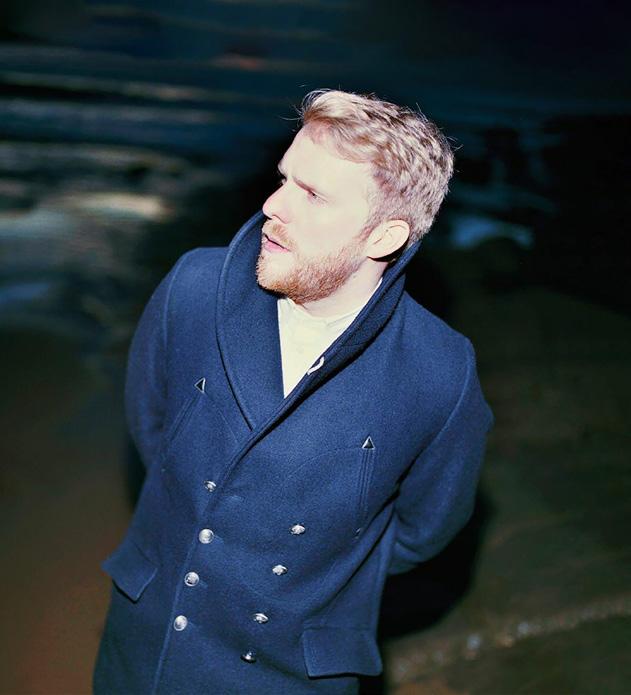
for the Brit Award for Best British Single at a 2013 musical event. That album has since been certified double platinum.
Clare was soon signed by a major record label and offered a spot opening on a concert tour for a famous singer. “Even though the terms of not playing on Shabbos were included in the deal, when it came down to it, many of the shows were scheduled for Friday and Shabbos nights,” he recalled.
Eventually, after missing those dates, the label and Alex parted ways. “I lost the deal because I wouldn’t play on Shabbos,” Clare said in an interview with COLlive Magazine. “But I had siyata dishmaya (Divine assistance) that
I can continue to have success. To me, being able to perform, connect with people, and also make a parnasah (livelihood) without having to play on Shabbos was the real lesson here.”
One might think that Alex Clare was born frum, based on his appearance and lingo. His path to teshuva has been a very personal one—as each journey is—but also one that he has taken incrementally, without a dramatic trigger.
Alexander George Clare, 38, was born on September 14, 1985, in Southwark, London, England. His home was secular yet observed traditional Jewish practices. He attended Bishop Challoner School, a Roman Catholic institution in Bromley, and then Westminster Kingsway College.
Asked what led him to become frum, Clare quickly responded, “There wasn’t any one person. I wish I could point to a specific person, but a collection of people and events led to this.”
“I was always a little connected, both to the local reform and traditional synagogues,” he
said. “I felt a very strong pull and connection to Yiddishkeit. When I moved to North West London, my social circle became more Jewish.”
His friends began inviting him to Shabbos meals, and Alex started asking questions during those meals. “My questions became more detailed and complicated,” he recalled. “I really loved Shabbos, and shortly after I started keeping Shabbos, I began learning.”
He soon went to Yeshiva in Jerusalem, where he studied at Chabad’s Mayanot Institute, Darche Noam (“Shapell’s”), and the Mir Yeshiva. He eventually met Rabbi Shimon Garbose, currently Rosh Yeshivas Lubavitch Tiferes Yisroel in Ramat Beit Shemesh. “Of all the yeshivas, they focused the most on learning Torah and the basics of learning, with no other agenda or benchmarks,” Clare said.
Another person who helped Clare grow was Rabbi Dr. Tali Loewenthal, a Lubavitcher chossid and professor in the Department of Hebrew and Jewish Studies at University College London. “In terms of opening my eyes to Chassidus, and
that approach to learning, Rabbi Loewenthal was a huge force in that progress,” Clare said.
Clare then married and moved with his wife and daughter from the Golders Green neighborhood in London to Jerusalem. They have since been blessed with two more children. For a while, he wasn’t sure how his musical pursuits would align with his spiritual yearnings and practice.
Learning with Rabbi Loewenthal helped change that. “I would say this is also where learning and music started to intertwine,” Clare said. “I grew up loving all kinds of music—rock, hip-hop, and soul. From the age of 18, I played in bands and made progress in my career as I started to become frum.”
From Passive to Active Clare went on to release more studio and acoustic albums, as well as singles. Yet part of his repertoire includes Chabad niggunim. “Musically, people always ask me what is my perspective on Jewish music,” Clare said. “I don’t really connect
to a lot of Jewish music, but I never had any trouble connecting with Niggunei Chabad.”
“I davened once on Rosh Hashana with Rav Yitzchak Meir Morgenstern,” Clare said of the mekubal who follows Breslev Chassidus. “I was invited to daven, and before the Shofar tekios, I heard this beautiful niggun sung without any words.
“The niggun was slow, and no one was rushing; every note felt like an Avodas Hashem on how to accept these tekios,” he said. “Later, I learned it was the Chabad niggun, Yemin Hashem. In this same shul, on Yom Tov, they started to sing Daled Bavos before Chazaras HaShatz, and I just loved how powerful it was.”
Clare said he prefers davening in shtiblach (small shuls), especially when niggunim are being sung. “It just feels more intimate when davening,” he said. He also watches videos from JEM. “When you see the Rebbe singing niggunim like Daled Bavos or Tzama, you just connect with it. It’s very uplifting and useful in Avodas Hashem.”
Recently, Clare has been collaborating with the “Thank You Hashem” musical
“I lost the deal because I wouldn’t play on Shabbos. But I had Siyata Dishmaya that I can continue to have success.”
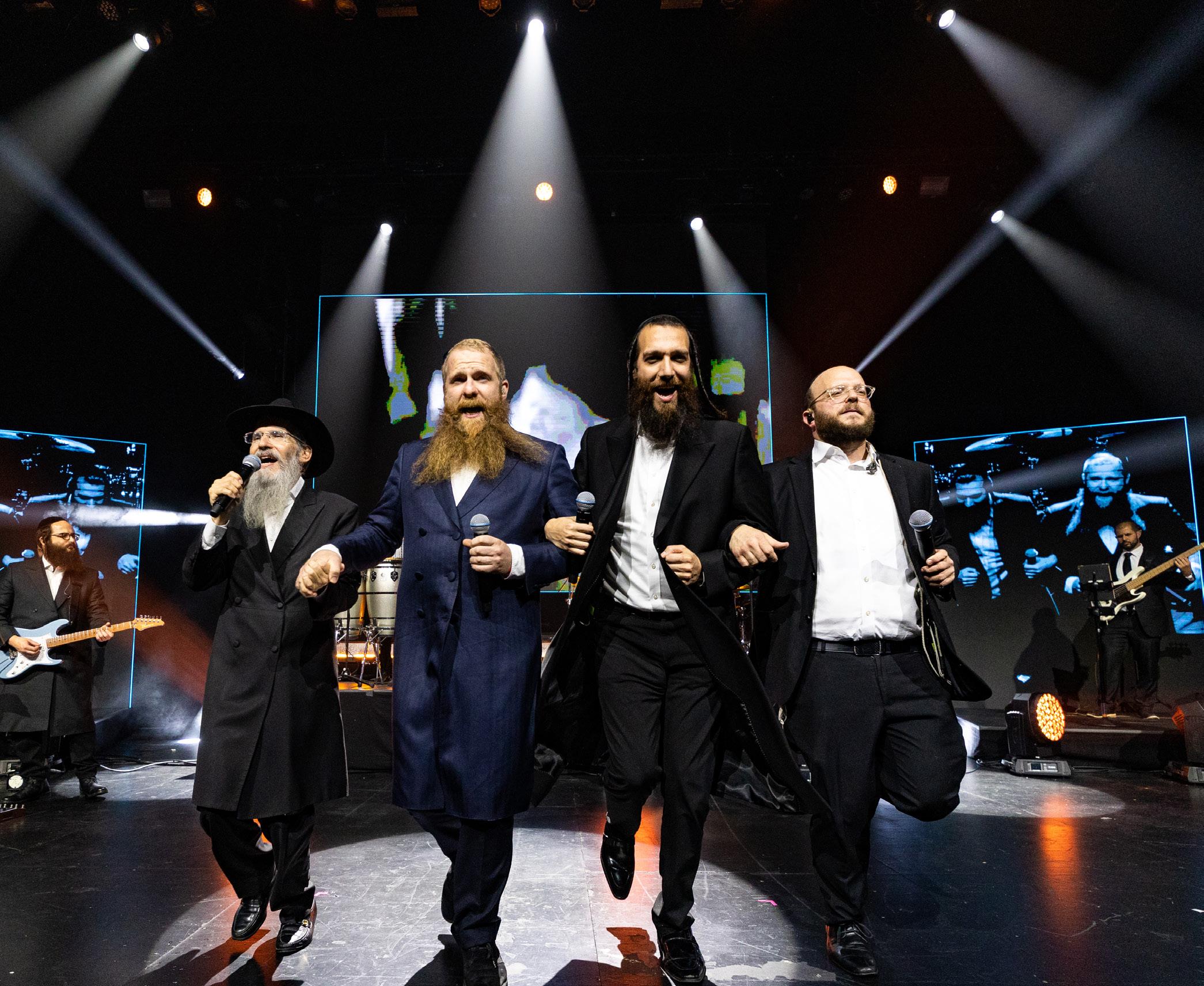
production group. The most recent release was the song “Spread Light,” based on the words of Ufaratzta. “Especially after October 7, I wanted to focus my music on our own community, not just for the general world,” Clare said. “This is a shift for me, both in terms of the music I’m working on and the people I make music with. It’s a totally different experience.”
“Living in Israel during a war is very intense,” Clare recognizes. “We’re right there, and even if we’re far from the action, no place in Israel is really so far from the conflict. It’s hard for the community at large to maintain normalcy, but we have no choice. It’s a shame that sometimes it feels like as time moves on, we try hard not to let it affect our daily lives. However, it is important to
remember what is at stake. You can go from a very passive response to Yiddishkeit to a very active and involved stake in what’s happening around us.
“I remember davening on October 7, as this was unfolding; my Pesukei D’Zimra was the most powerful davening of my life,” he said. “As the war continues, I try to bring that emotion into my Tefilah, and of course, it also inspires me to engage in more chessed, for me, my family, and everyone around us.”
Clare said he tries to stay as positive as he can when describing any negativity. “When times are tough, you really see who loves you and who does not. It’s not easy, but for the most part, I’ve been blessed to continue my work and not be hurt by any negative fan reaction to being more openly and visibly Jewish.”
These days, Clare is clearly and proudly visibly Jewish. His signature fedora has been switched to a Chassidic hat, and his once neatly trimmed red beard is now long and flowing. Since October 7, many Jewish musicians have faced blatant antisemitism, boycotts, and harassment.
“My Jewishness was always known to my fans,” Clare states. “I never really hid it, but as I’ve become more visibly orthodox, I’m sure my fans see more. My listeners always knew I don’t play on Friday nights or during Yomim Tovim, so it’s always been a topic of conversation.
“As far as how my non-Jewish fans are reacting, I can see from streaming data that there has not been a dropoff, which I take as a strong indicator
that most of my fans are still behind me. It could be that some people aren’t as involved in the negative responses we see online, or they just don’t care. After October 7, I did see some negative and critical reactions, including from people I was close with in the secular industry.”
Asked about his Chassidic appearance, Clare chuckles. “My beard, yes! Let me tell you about that,” he said. “When I was in Yeshiva the first time 14 years ago, I had a big beard and trimmed it foolishly. I always wanted to grow it back—learning the Torah of the Tzemach Tzedek and the Ari HaKadosh, and understanding both halachically and kabbalistically what a beard means to the best of my limited intellect.”
Alex continues, “A couple of years ago, I had a bad accident in Yerushalayim. I broke my leg quite badly and was bedridden for a couple of months. I realized that first, you have to do teshuva. There’s always an opportunity when you have hirhurei teshuva or something happens to realize that there’s something to do to bring more rachamim into the world. One of those things I decided to do was to grow a beard.
“I grew my beard out two years ago and haven’t cut it since. I hope that it stays because it’s very much a part of my body, and it’s a tzura (image) of a Yid to have a beard. I have no intention of trimming it or cutting it. I
I realized that first, you have to do teshuva.
want to continue connecting to that Yud Gimmel Tikunei Dikna (13 channels of mercy as explained in Kabbalah) as long as I can.”

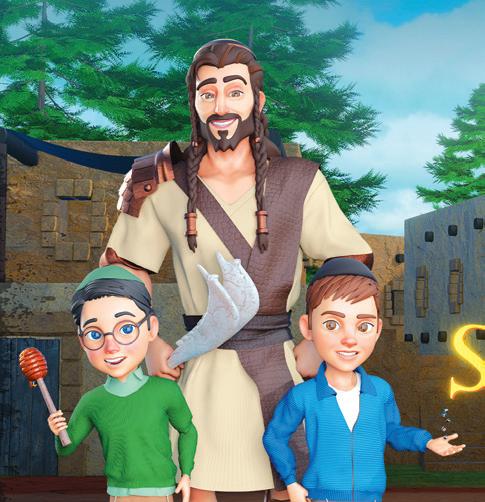



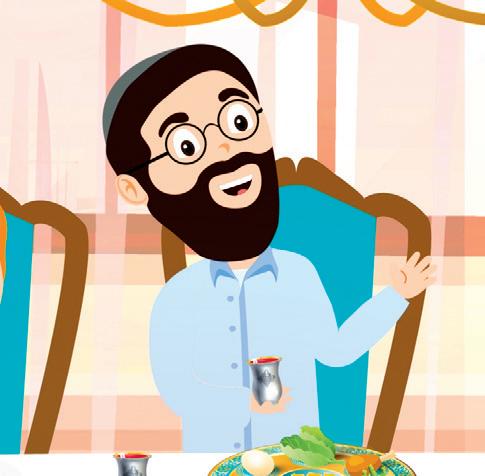





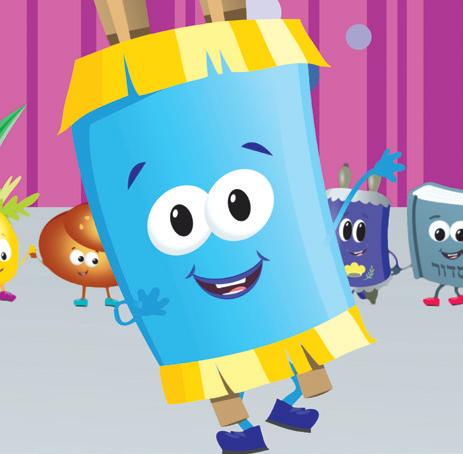


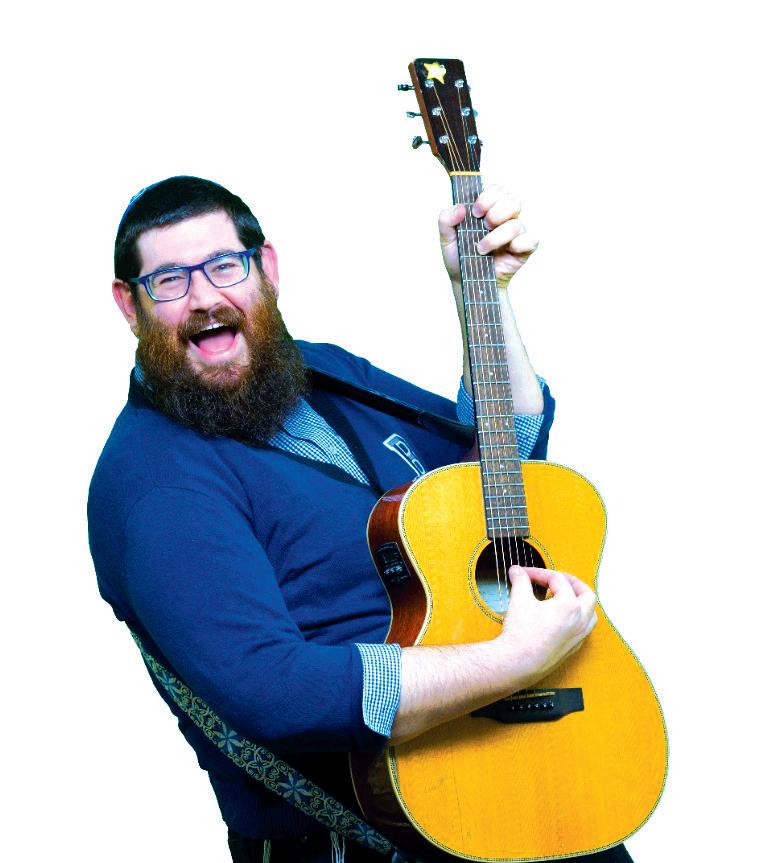



By Yoni Brown

IIt clicked for Rabbi Yossi Levertov in the summer of 2021. As director of Chabad of Scottsdale, Arizona, Covid was keeping his Chabad House’s space underutilized—and he saw Chabad yeshivas across the country running out of space. “My son was registered at an out-of-town mesivta,” he says, “but yeshivas everywhere had a shortage of beds, and most of his classmates couldn’t find a spot.”
Eight boys graduated from Cheder Lubavitch, Arizona—twenty minutes away in Phoenix—but only two secured spots in an out-of-town yeshiva. And they weren’t alone. “It was an especially hard year,” recalls Chani Cohen of Pomona, New York, “the mesivtas my son would have gone to simply weren’t accepting applications—they were full.” For Rabbi Levertov, it was time to build a longtime dream.
Rabbi Yossi and Dina Levertov established Chabad of Scottsdale in 1992, in what was then a quiet suburb where the Sonoran desert met Phoenix and Phoenix met the cactus-covered mountains. Snowbirds, retirees, and a steady trickle of vacationers slowly found their way to Chabad’s programs, and soon, the Levertovs bought a strip mall storefront between an Irish bar and a Pizza Hut.

It wasn’t long before the scenic, up-scale environment set Rabbi Levertov thinking.
“Visitors would tell me, ‘You know, this is a great place for a yeshiva,’” he says. “It doesn’t have the negativity or the rat-race feel of a big city, and it’s bright and sunny all year round.”
Thirty years later, Scottsdale is one of America’s fastest-growing cities. Chabad bought the surrounding storefronts to build a shul, a library, a women’s mikvah, a Judaica store, and a kosher restaurant. One hundred and fifty people come to shul each Shabbos, and the always-growing community keeps the burgeoning center abuzz. But in 2021, Covid ground much of that to a halt. It felt empty.
“We needed to bring in some life. A yeshiva would bring life to the city long-term,” Rabbi Levertov says. “Between that and the shortage of space in existing yeshivas—we decided to go ahead.” But it was late.
Groundwork started in earnest after Pesach, but Scottsdale Mesivta was only announced on Gimmel Tammuz. In Rochester, New York, Rabbi Dovid Mochkin’s son was headed to camp when applications opened. “We had only applied to one yeshiva,” he says, “that didn’t work out, and now it was too late to apply anywhere else. So we took a risk; we applied.” Nineteen others applied too. Scottsdale Mesivta now had just two months to obtain a dorm and hire staff.
“Opening a yeshiva is not for the weak of heart,” Rabbi Levertov laughs. But local shluchim pitched in. Rabbi Sholom Ber Lew would drive
forty minutes four days a week from his Chabad of the West Valley in Glendale to serve as mashgiach. Together, they recruited Rabbi Mendy Thaler, who moved to Scottsdale to serve as magid shiur. Rabbi Levertov didn’t want to start a mom-and-pop yeshiva. “People told me, ‘Start small,” he says, “but for today’s bochur, that’s very hard. We weren’t prepared to start in someone’s basement, as it were—today’s bochurim need to feel cared for b’gashmius, and we invested heavily in that.” They bought a beautiful house with a pool, converted it to a dorm, hired a full-time chef and brought Rabbi Sruli Friedman on board to care for the bochurim’s gashmiyus’dike needs. They began working down the endless checklist that comes with opening a new yeshiva. But one item was more urgent than the rest: speak to those with experience.
Lubavitch Mesivta of Chicago’s Rabbi Shalom Ber Halberstam and Rabbi Moshe Perlstein devoted countless hours to guiding Scottsdale Mesivta as it took its first steps. “We’re very indebted to them,” Rabbi Levertov says, “Their experience helped us avoid many mistakes, and I was moved to see they were so thrilled to help—at
the time, we didn’t know anything about running a yeshiva.” Scottsdale still regularly consults for them alongside Rabbi Shais Taub, Rabbi Hertzel Pewzner of Morristown, and psychologist Rabbi Yosef Shagalov. In the end, Scottsdale would aim for excellence; in learning, in chassidishkeit, and in emotional wellbeing too. “Our mission is simple,” says Rabbi Abba Naparstek, Scottsdale’s menahel ruchni, “We’re here to help bochurim grow, become chassidim of the Rebbe, and fulfill the purpose for which they were created.” In practice, Rabbi Naparstek says that means “recognizing each bochur ’s needs, strengths, and capabilities, caring for their spiritual, physical, and emotional needs, and then enabling them to out-perform the expectations they’ve set for themselves.”
Twenty shiur alef bochurim arrived in Scottsdale on 15 Elul, one-hundred-twenty-four years to the day since the Rebbe Rashab announced the original Yeshivas Tomchei Temimim. Chabad of Scottsdale’s shul became their zal, the library their classroom, the Hebrew School their dining room, and the dorm’s pool their mikvah. “Due to Covid, there was
less activity in the Chabad house, so we were able to make it work,”
Rabbi Levertov says, “still, between the daily minyan and the Chabad house’s classes, it was definitely a challenge—but nothing like the second year.”
They’d planned to use the summer break to regroup for year two, but the first year’s success left them no choice. “The bochurim’s growth b’ruchnius over that year was extraordinary,” Rabbi Levertov says. “Sending them away for the summer didn’t seem like a good choice.” That meant a thousand new logistical hurdles and hiring more staff.
“We didn’t expect to grow so fast,” he says. “All of a sudden, we were hiring staff—and baruch Hashem we were able to build a talented, caring hanhala—and then real estate prices went up, literally double.”
By 2022, the sunbelt was booming and houses in the once-quiet neighborhood soon sold for a million dollars each. Still, with a second year of shiur alef bochurim arriving, the yeshiva bought a second dorm, rented a large space in the neighborhood, and helped many of their growing staff purchase homes.
By now, the seed money they’d started with was long gone. “We
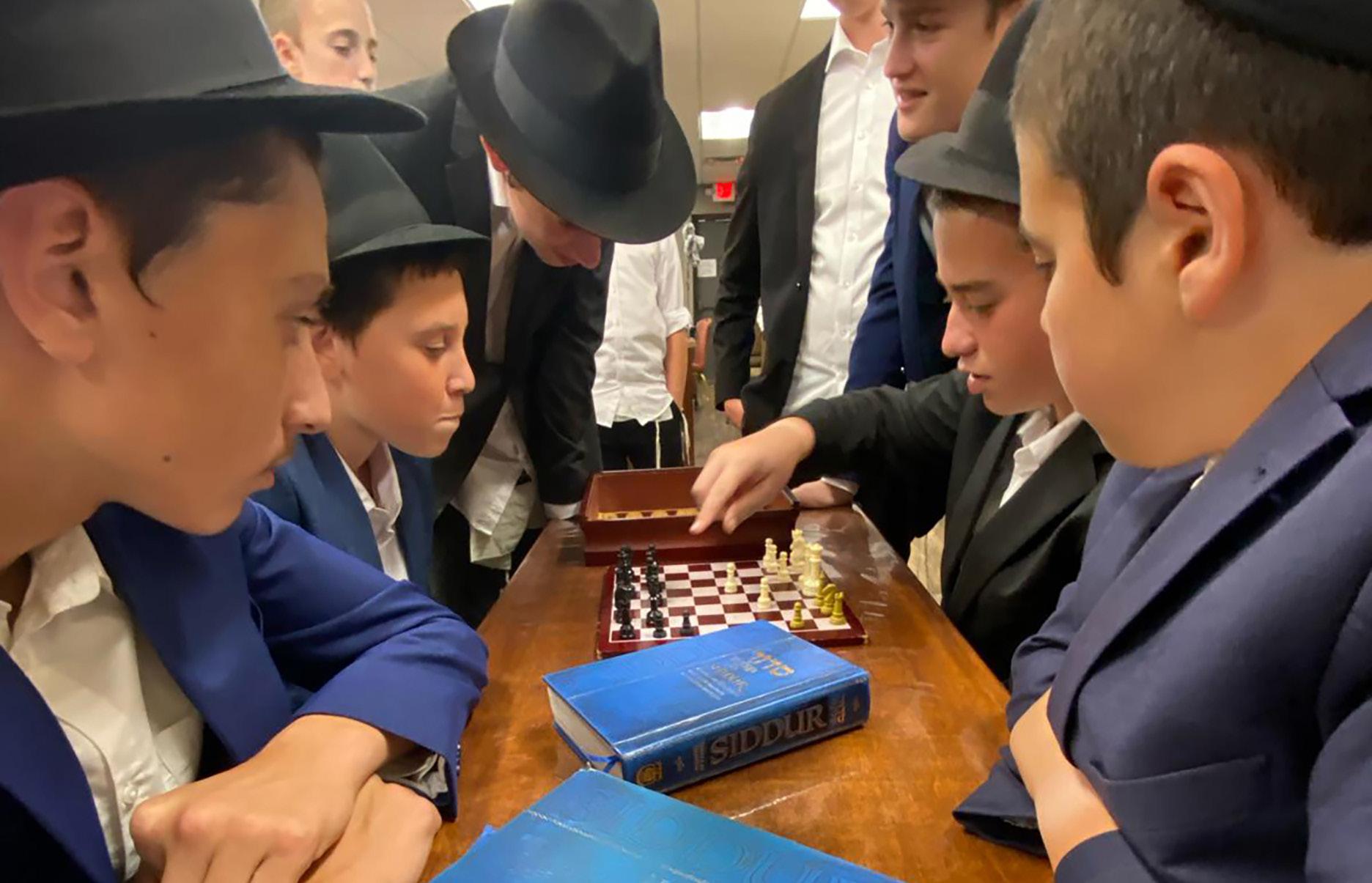
Today’s bochurim need to feel cared for b’gashmius, and we invested heavily in that.

“We’re here to help bochurim grow, become chassidim of the Rebbe, and fulfill the purpose for which they were created.”
had to start by buying everything,”
Rabbi Levertov says, “and we’re still buying.” With the price of everything from food to utilities skyrocketing, finances have been tight. Rabbi Levertov still hasn’t drawn a salary. An end-of-year campaign kept the mesivta out of the red that first year, but with each new year requiring ample investment, the scale of the challenge has escalated—higher tuition rates helped, but the struggle continues today. Still, with three successful years of learning under their belt, the yeshiva is charging ahead.
Scottsdale is now seeking a permanent home, plus funding to construct a mikvah. “We can’t use the shul as a dining room anymore,”
Rabbi Levertov says. Ultimately, we

need one big campus, with a gym and a lounge, where there’s proper space for the bochurim—and then we need a place for the summer.”
As the yeshiva has grown, so has the behind-the-scenes challenge of accommodating them properly.
“Running a yeshiva is a twentyfour-hour, seven-day-a-week job,” Rabbi Levertov says. But for him and the other staff, the beauty of what happens between the yeshiva’s walls makes it all worthwhile. “I can tell you it’s stressful when money is tight, which is all the time, but when I walk in and see the bochurim daven, it pulls at the heart—it’s beautiful.”
Seventy-five bochurim learned in Scottsdale this past year, and the yeshiva has gained a reputation for quality. But beyond the numbers, hanhala and parents alike are moved by their students’ learning and personal development.
“There’s so much pressure out there today,” Rabbi Levertov says. Amid a modern social landscape riddled with mental health struggles and substance abuse, he’s inspired by the emotionally healthy environment inside this modern-day slice of Tomchei Temimim. “When I see the growth in these bochurim, I’m in awe,” he says. “And I’m in awe of the hanhala. They are here, day and night, seven days a week to care for the bochurim.” “But,” he adds, “I’m even more in awe of their wives—
who tirelessly shoulder the burden of their husbands’ dedication.”
Mrs. Naomi Pinson of Crown Heights, New York, has seen her son grow tremendously since he joined Arizona’s shiur beis two years ago. For her, the yeshiva’s highquality gashmiyus reinforces the boys’ ruchnius’dike growth “The yeshiva does a great job of making the bochurim feel that what they’re doing is valued,” she says. “The effort the staff puts into supporting them puts their learning and growth on a pedestal; bochurim appreciate the intrinsic value of their learning.”
“And the hanhala leads by example,” Mrs. Pinson adds. “Children detect hypocrisy immediately, but here they only see real educators who are tuned into their needs and exemplify the value of chassidishkeit and learning.”
Scottsdale’s hanhala now includes six full-time—and several more parttime—staff. Rabbi Naparstek works alongside an ever-growing team of maggei shiur, including Rabbis Levi Altein, Yehuda Frankel, Dovber Dechter, Emanuel Shimonov, and, as of this Elul, Shlomy Ceitlin. Rabbi Sholom Ber Lew continues to work alongside Rabbi Levertov in directing the mesivta, and the devoted work of numerous eltere bochrim and talmidei hashluchim ensures every bochur receives additional individualized attention.
Of all the integral ingredients that make a yeshiva successful, Rabbi Levertov points to one in particular—it’s not one size fits all. “Every class is like putting together a puzzle,” he says. “We’ve seen that you can’t have a class be entirely the same; you need a good range of personalities.” Each year, Scottsdale works to create an incoming shiur alef that can mesh together to become a close-knit class with a family feel.
“Scottsdale is known for high standards,” says Mrs. Chani Cohen of Pomona, New York, “But they’re not only geared for one type of boy.” She’s sent five sons to mesivtas across the country and was impressed by the emotional care her son received in Scottsdale. “They really spend a lot of time with each bochur, getting to know him and his unique needs, seeing the whole boy.”
“It was good to know,” she adds, “that when my son was away, I could see they were providing that level of emotional care and looking out for him at this critical time in his life.”
From small beginnings in Chabad of Scottsdale’s library, this new chapter in Tomchei Temimim’s history looks ahead to a bright, sun-drenched future of high-caliber learning and

true chassidishe growth. But this Elul, they’re also marking a more immediate milestone—their first class is heading to yeshiva gedolah “The class has gained a reputation as the finest class coming out of mesivta,” Rabbi Levertov says. As every parent and Scottsdale local knows, that reputation was earned through countless hours of in-depth learning at a very high level. On top of that, as the yeshiva chef notes, “these are fine young men.”

“They really spend a lot of time with each bochur, getting to know him and his unique needs, seeing the whole boy.”
As the year came to a close, Scottsdale’s bochurim celebrated a siyum on the entire masechta of Bava Basra. For Rabbi Levertov, the yeshiva’s hanhala, and the bochurim themselves, it was a proud moment. “Some of those completing the mesechta had always planned on doing so,” Rabbi Abba Naparstek says. “But there were many who, at the beginning of the year, never dreamt that they would finish the entire mesechta—and they came to realize that they could; and with the right motivation, they achieved it.”
Other bochurim celebrated learning one hundred blatt of the mesechta, and several more celebrated personal goals of their own. “Wherever a bochur is holding, we work with them to set achievable goals,” Rabbi Naparstek says. “That includes achievement in learning, chassidishkeit, davening, mivtzoyim, and their emotional well-being, too. That’s our goal: to help them, guide them, and raise them up to bring out their very best—to be true chassidim of the Rebbe.”

How about a provider who ACTUALLY cares.
We specialize in:




Merchants with poor credit
Fighting chargebacks
Assisting with creating marketing material for the application
Large ticket transactions




Creating company policies
PCI compliance
Assist merchant with money on hold

CityCard


A mobile endeavor enriches the lives of summer vacationers in the Catskills.
By Yisroel Schochet - Kfar Chabad Magazine

The truck rolled along Route 17 on the way to Monticello, New York, a roadside village nestled in the Catskill Mountains. As it approached the exit, the truck slowed, its driver taking in the panoramic views. Wooded hills, mountain lakes and wide grassy meadows abounded. A peaceful silence rested on the scene—it felt much farther from the hustle and bustle of the city than the two-hour drive it had taken to get here.
Here, the incessant pressures of life are replaced with an incomparable calm. Children happily run across the grass. Backpack-wearing teens hike along mountain trails. Fathers slowly walk back from shul towards their bungalows, taking deep breaths of the invigorating fresh air.
The driver pulls up near the Satmar shtibelach. It’s not easy to find a parking spot for his sizeable truck— especially the spot he’s looking for: one that is central and easily visible; one that will catch the attention of the vacationers.
Now a couple of bochurim hop out of the truck. They begin moving panels and opening doors, and the truck’s contents are displayed. Giant billboards fixed to the sides of the truck spread the word: a special sale of sifrei Chassidus is underway. Shelves laden with seforim fill one side, while the other boasts a library of Chassidishe children’s books. A line grows, and the bochurim are everywhere, offering their recommendations, assisting with purchases, and striking up friendly conversations with the buyers.
Here, far from the hustle and bustle; here, where vacationers seek out peace of mind—here the soul thirsts for spiritual nourishment. The summer months have become a time for frum communities to deepen their connection with Chassidus Chabad.
From the early years of the nesius, the Rebbe often encouraged Chassidim to share sifrei Chassidus among the various frum communities—both the Chassidic communities and the others. The Rebbe often emphasized, too, the importance of growing spiritually during the vacation months, and engaging in hafatzas hamaayanos during this time. Chazal call a Torah scholar an osek baTorah—one whose occupation, whose business, is Torah.
When you run a business, the Rebbe said, you seek out the places where there’s the most foot traffic. You don’t wait in your office for a customer, you seek the customer out. The same must be true in Torah.
So the Chassidim hit the road, seeking out customers for their spiritual wares.
One of the first to create a mobile Chassidus bookstore was R’ Yosef Raices, A”H. He turned an old school bus into a bookstore, traveling to Litvishe yeshivos and giving weekly Tanya shiurim. Another such bookmobile was created by R’ Aharon Klein. R’ Aharon was a sincere chassid who had a unique relationship with Beis Harav. He was the gabai of Colel Chabad for
many years, raising millions and himself supporting the Rebbe’s causes generously. In 1963, R’ Aharon purchased a bus, installed a Tefillin stand, and filled the bus with seforim, spending each day making his rounds, and parking each night near 770. One day, the Rebbe passed the vehicle, which was called the “Tefillin Truck,” while R’ Aharon was nearby, and to everyone’s surprise, the Rebbe asked to board it.
The Rebbe entered the Tefillin Truck, escorted by Rabbi Hodakov and R’ Aharon. The Rebbe gave R’ Aharon a number of horaos during this visit. Upon reaching the corner that had been set up for use as a Tefillin stand, the Rebbe said that it would be ideal to put up a curtain, so that Jewish people putting on Tefillin wouldn’t be concerned about who might be watching them, and so more Yidden will put on Tefillin.
The Rebbe spoke about the Tefillin Truck during the Chai Elul farbrengen that year, saying, “From time to time, hafotzas hamaayanos is increased not only quantitatively, but qualitatively. Recently, something new was initiated for hafotzas hamaayanos.” The Rebbe asked those involved in the Tefillin Truck to say l’chaim, and encouraged others to follow their example.
These early bookmobiles were the inspiration for Ohr Hachasidus’s unique book-truck.
The Mitzvah Tank has become a familiar sight across the U.S.
But the Chassidus Truck brings a unique, different and intriguing approach. “More than half a million frum Jews go to the Catskills for vacation each year,” Rabbi Avraham Mann, who directs Ohr Hachassidus, relates. It has become part of the routine for many families, and even entire communities which travel together to the country and spend time together in their vacation towns.”
“For us, it’s a good opportunity to utilize this time of peace and quiet to spread Chassidus. When
we first began, we focused primarily on spreading sifrei Chassidus among yeshiva students. We’d squeeze into a little car with a couple of seforim and visit the various sites that yeshivos would go to—the entire yeshiva, staff and all, relocating to spend the summer learning in natural settings. We’d first visit the rosh yeshiva in his office, talk in learning, and receive his permission to sell sifrei Chassidus in the yeshiva.”
“Some roshei yeshiva readily agreed to have us sell seforim, while others restricted us to selling only certain seforim. It’s important to realize that this wasn’t just a financial transaction: meeting with Lubavitcher bochurim and perusing

sifrei Chassidus would turn into an impromptu farbrengen of sorts, drawing hearts closer to Chassidus—and this is besides for the sale of the sefer , which would now affect the life of the buyer.”
After a while of cramming seforim into a rented minivan and navigating the tortuous mountain roads, they realized that if they were going to go to all the effort of visiting these yeshivos, they might as well bring the whole library— not just what they could fit in the trunk of a van.
“We tried different ideas, trying to create something that didn’t exist. With the support and encouragement of R’ Zushe Wilhelm, we purchased a unique, custom-built truck from an advertising company. We installed bookshelves along both sides of the truck, which can contain more than 2,000 sefarim. Gigantic digital billboards were mounted on the sides, and when the truck is open for business, the billboards are elevated to advertise for us.”
Word of the traveling seforim store spread among the towns of the Catskills. During the first few summers, the truck made a few dozen stops. This year, before any advertisements were put out, more than 100 locations made requests for the truck to visit them and allow vacationers to enjoy this market of Chassidus. A second truck has been purchased, and the staff of bochurim has been doubled. To maximize the time, the bochurim are on the road for a week at a time, putting their heart and soul into hafatzas hamaayanos.
“The picture that is painted when the truck parks is a taste of Moshiach times,” related
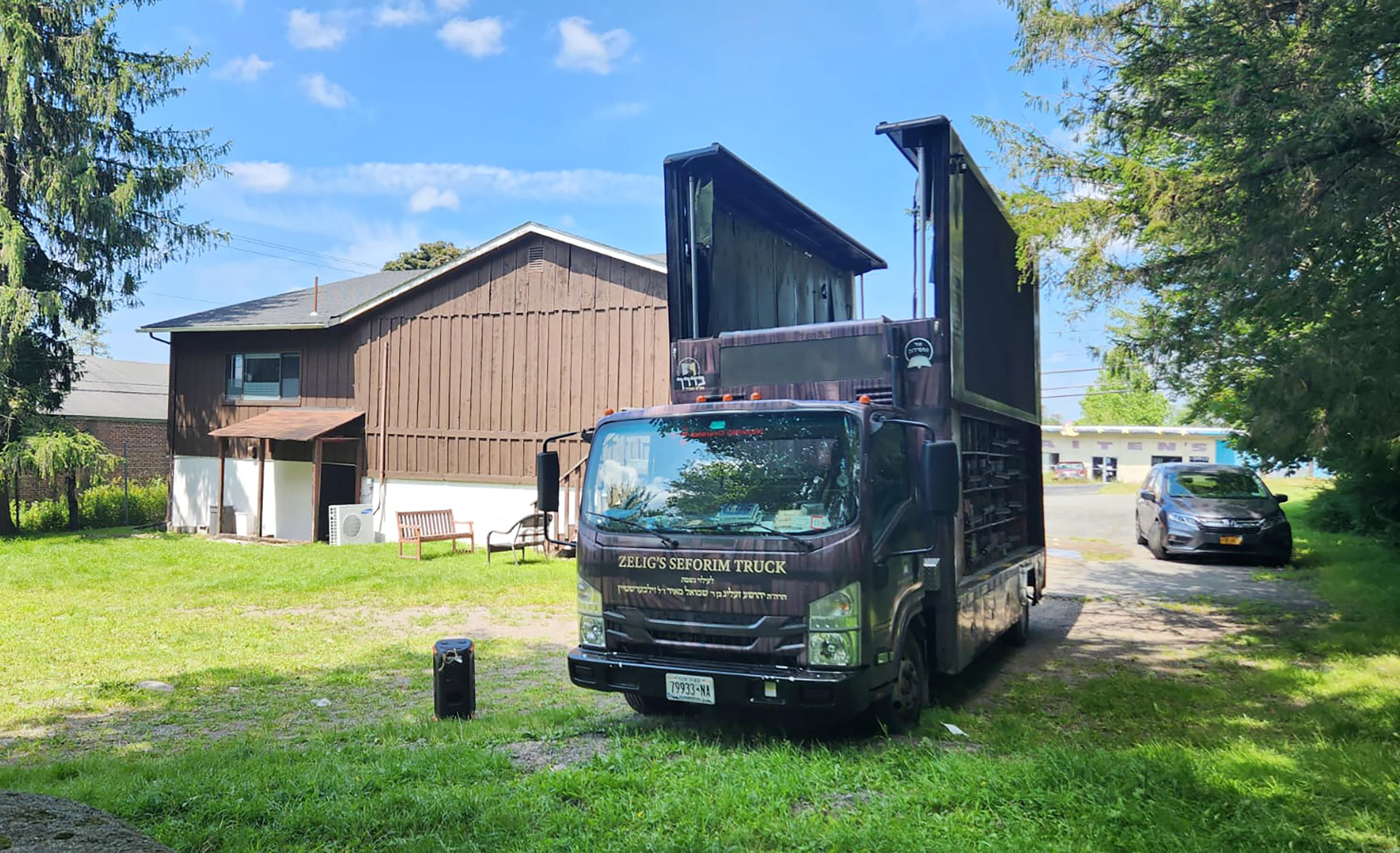
one observer. “In the middle of a forest clearing, Jews of all ages and backgrounds converge on books of Chassidus, seeking to learn and know more.”
“True, seforim can be bought all year, but it’s not the same as on vacation, when you’re unhurried.”
At one stop, R’ Mann relates, they offered one of R’ Yoel Kahan’s seforim to a potential customer.
“Upon hearing this suggestion, he began testing us. He was prepared to purchase the sefer —but only if we could tell over a vort from it by heart, on the spot. If he’d enjoy the vort, he’d buy the sefer.”
Rabbi Mann, of course, was equal to the challenge, and the man walked away the proud owner of a new sefer
Often, these spontaneous, unofficial encounters allow notable individuals to access Chassidus.
At one shul, a bearded Jew walked
up to the truck. The bochurim on duty didn’t know who he was, but as they noticed the curious looks from other passersby, they realized that something unusual was taking place. After the customer left with books in hand, one of the other customers told them, “You don’t realize what just happened: that was a prominent conservative rabbi, and if he is buying sifrei Chassidus like anyone else, Moshiach can come!”
Such moments have become commonplace on the truck.
At a shtiebel affiliated with the chassidus of Sanz-Klausenburg, a Yid was waiting as the truck pulled up. He immediately went about buying a large stack of seforim. The next buyer was a middle-aged man who had never been exposed to Chassidus. He wanted to know all about it, and asked to buy seforim that were pure Chassidus—with
no explanations—he wanted to taste directly from the wellspring itself.
The truck itself inspires onlookers and awakens long-dormant memories. One visitor recalled his days in Yeshivas Toras Emes in Eretz Yisroel. Another, who had grown up in a Litvishe household, stopped the truck as it was about to head to its next destination. He related how, as a bochur, he had a very hard time in shidduchim, almost despairing of ever getting married. He merited to go to the Rebbe for yechidus, and he received a special bracha—and a month later, he got engaged. Today, he has a large family, unaffiliated with Chabad, but its existence is thanks to a bracha of the Rebbe.
Another moment that remains etched in the minds of those who were there took place when a teacher visited the truck along with his students. He wanted to show and tell them about the Torah of the Baal
Shem Tov and his unique approach that illuminated the hearts of many simple folk. One by one, the students each climbed up to the truck and looked at the seforim and children’s books, listening with rapt fascination to their teacher and to Rabbi Mann, who related some stories as well.
Sometimes the truck stays somewhere for a while, enabling more people to visit and allowing for unique encounters. In one city, one passerby stopped at the truck. After a few moments of staring at it, he told one of the bochurim that he had something for him. He disappeared for a few minutes, and returned carrying something. He related that in the 1960s, he spent Tishrei with the Rebbe, and he merited to obtain some of the flax strands that were used to wrap the Rebbe’s esrog. These strands had remained in his tefillin bag until now, and now he wanted to give them to the bochurim as a gift.
These stories aren’t limited to the times when the truck is in operation. Such a vehicle requires extensive maintenance. And even at the mechanic, seforim are sold.
“We were once waiting in Williamsburg as a mechanic repaired a punctured tire,” one bochur related, “and a young man approached us. As soon as he saw me, he asked where he could buy the Chassidus Mevueres seforim, which he had been seeking out for some time. ‘You came to the right person,’ I told him. I went to the truck and brought him what he was looking for.”
“And I realized at that moment the purpose of that flat tire.”
The effect of the Seforim Truck resonates throughout the year, long after the encounters it facilitates. “This initiative
changes people’s lives,” said Rabbi Yaakov Zilberstrom of the Ohr Hachassidus publishers. “It wasn’t for naught that the Rebbe encouraged the sale of sifrei Chassidus. We often don’t realize how impactful they are, and we understand the effect only later on.”
Rabbi Mann relates that they themselves, who stand for hours in the hot sun or the pouring rain, don’t always realize that our very standing there, in chassidishe clothing, can have a tremendous effect.
“One chassidisher shul completely refused to allow us to sell seforim anywhere near them—not with the truck and not with a stand. I, of course, resolved not to give up, and I decided to come there with just a Tanya and a Shulchan Aruch — seforim that enjoy widespread popularity and acceptance, and with which they wouldn’t have a problem.”

“I mustered up the courage and went to sell sifrei Chassidus in that shul. But the problem was that these seforim are so popular that everyone already had them! I stood there for several hours, and there were no clients.”
“Then I thought, ‘sometimes the camels need to walk to the trough; you don’t always need to bring the trough to them if they don’t want it.’ As I thought this, a Yid approached me and told me that he learns a lot of Chassidus. And he added, as if sharing a great secret, ‘Do you know what caused me to start learning Chassidus? It all started because of a bochur who sat here a decade ago in this place, at this table, and sold me a Likkutei Torah. Since then, I haven’t stopped learning Chassidus!’”
“This was the moment that gave me the encouragement I needed,” Rabbi Mann related. “I understood that we don’t always recognize the power of one single action.”
Another time, bochurim from a yeshiva contacted Rabbi Mann with a long list of seforim for their yeshiva’s library. “It took me a while to get to the order, as it was sizeable. Once I had prepared the seforim, I asked how they wanted to pay. They explained that they could not pay. They wanted to learn chassidus, but they didn’t have the money for it. I decided to donate the seforim as a gift to the yeshiva.”
“I sent the seforim with a shliach from the area, and suggested that he should try and make conversation with them. That meeting between the shliach and those bachurim
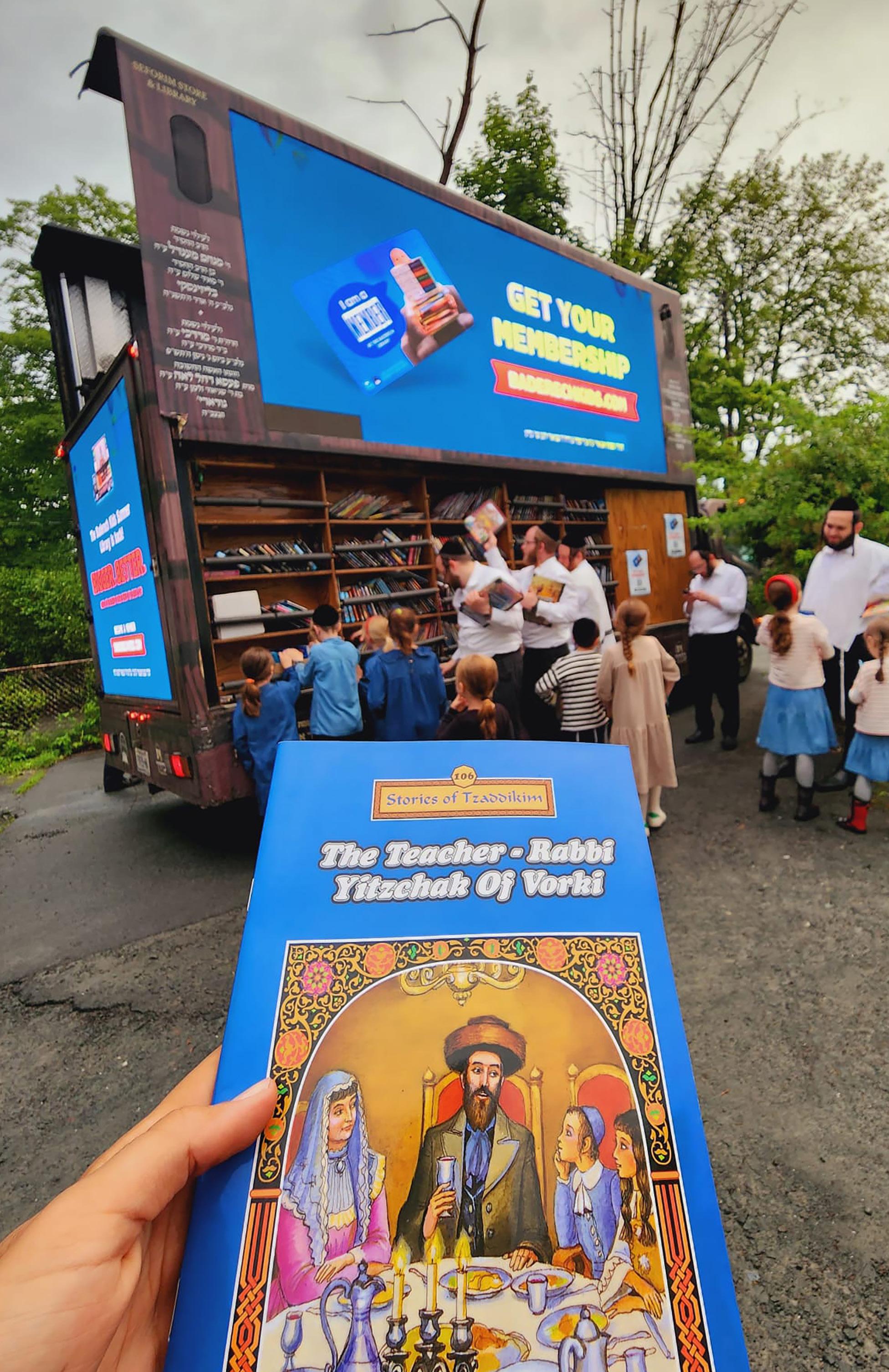

created a special connection. Now they visit the Chabad House once a week, and visit the Ohel from time to time. They have developed a deep connection with Chassidus.”
The truck, the volunteers, the seforim all cost large sums of money to keep up. Rabbi Mann credits the Crown Heights community “who care for the Rebbe’s inyonim,” led by R’ Shneur Minsky, whose philanthropy enables this and many other worthy projects.
On the road near Swan Lake, a truck laden with seforim makes its way back to Crown Heights, after a week of spreading Chassidus. There, among the mountains, it has once again been proven that the Jewish Neshama is thirsty for living water; that so many are seeking light to illuminate their lives, that will bring meaning and flavor to their connection with Hashem.

The bochurim are tired but satisfied. The bookshelves have gotten quite a bit emptier this week. They’ll be refilled with new sefarim, the bochurim will gather their strength, and they will once again hit the road, bringing Chassidus to the Country.
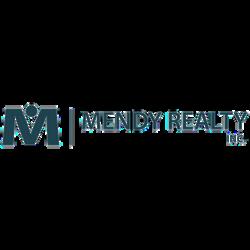





The Chai Elul farbrengen of 5736 was a particularly joyous one. One memorable moment from the farbrengen was when Reb Nochum Prager, along with other heads of a newly founded yeshiva called Chanoch L’na’ar, approached the Rebbe with a golden key to the
new institution. It was also at that farbrengen that the Rebbe launched Mivtzah Ahavas Yisrael.
In collaboration with JEM, we present here a gallery of photos from the farbrengen including a photo of the heads of the yeshiva saying l’chaim to the Rebbe.



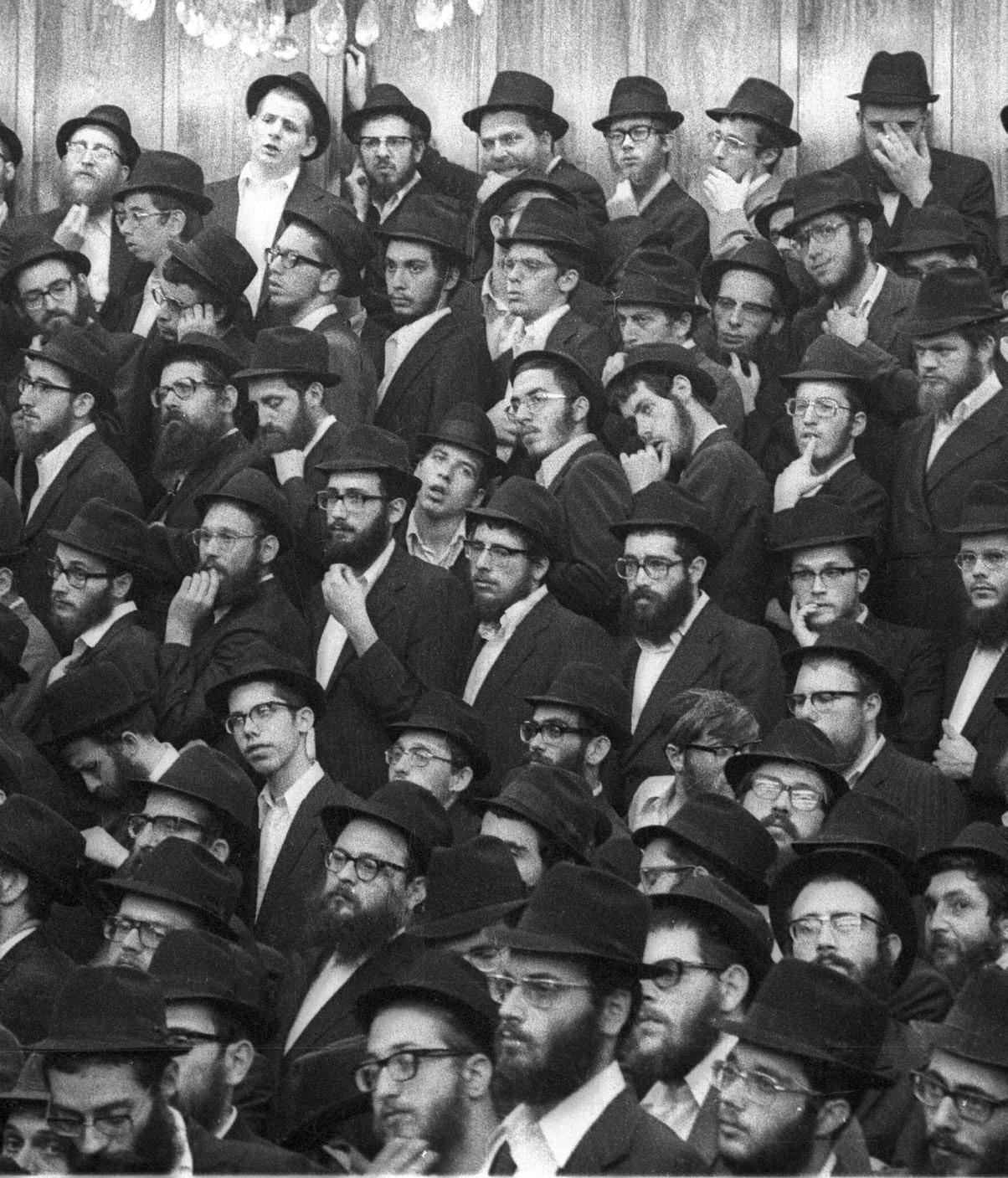


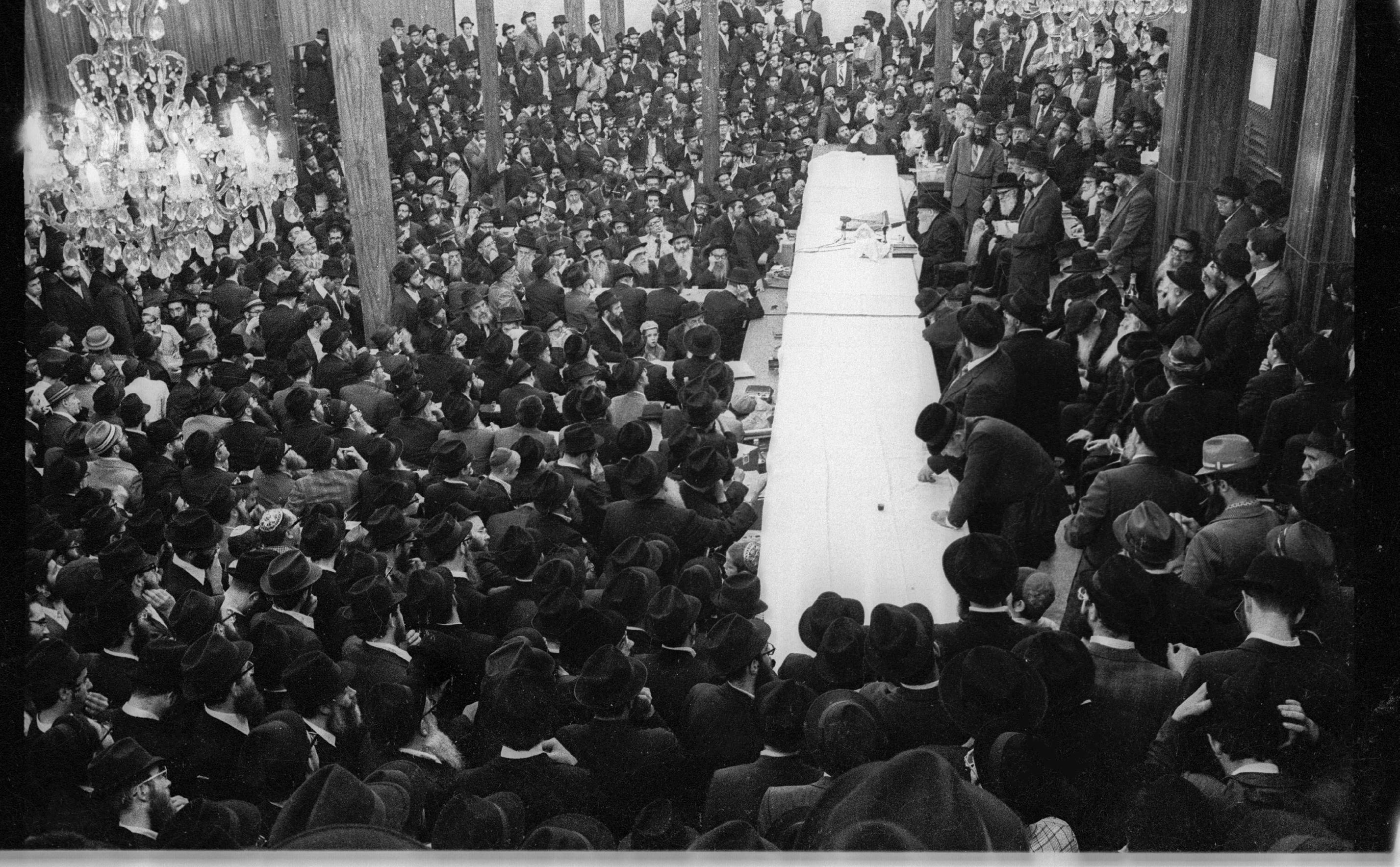




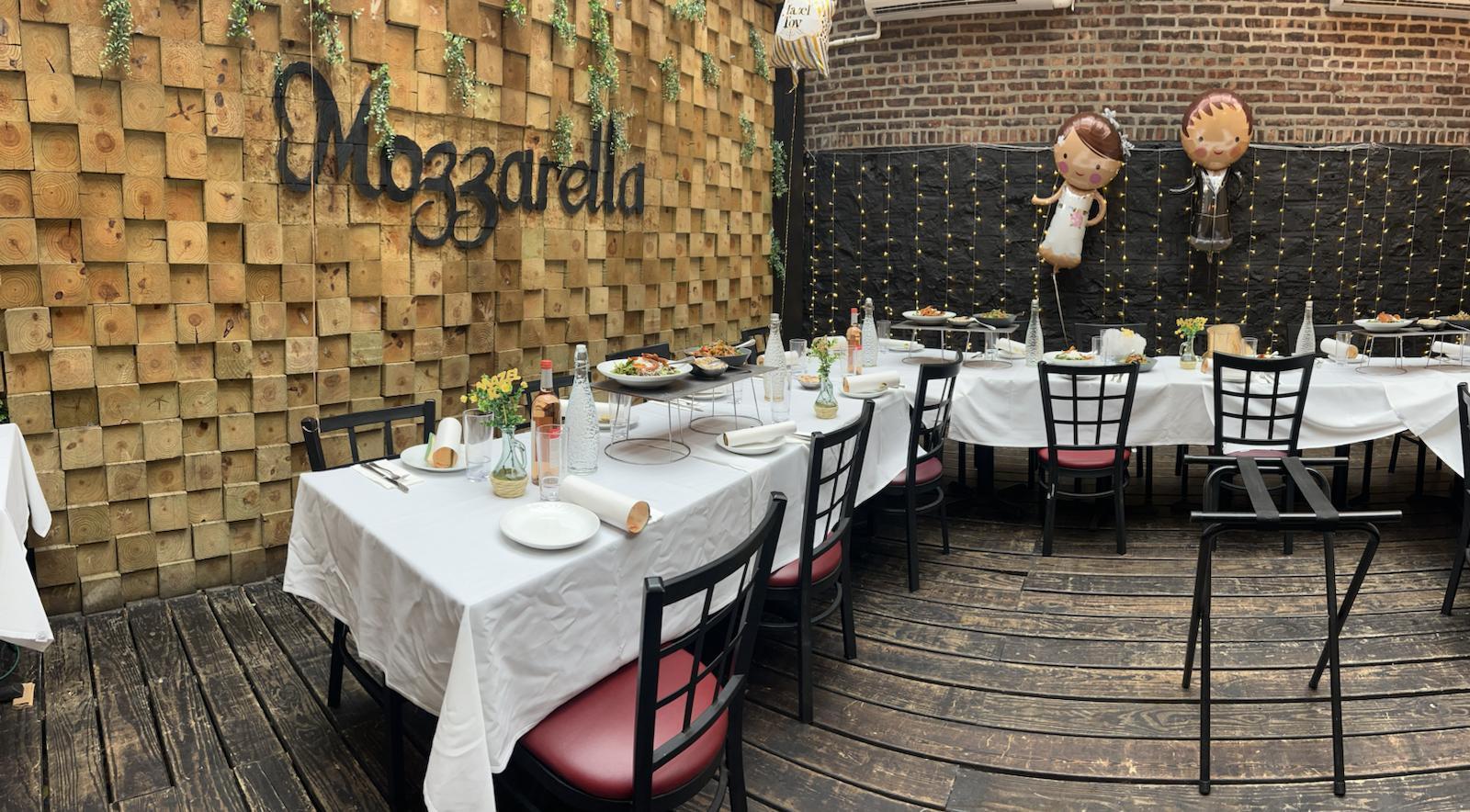


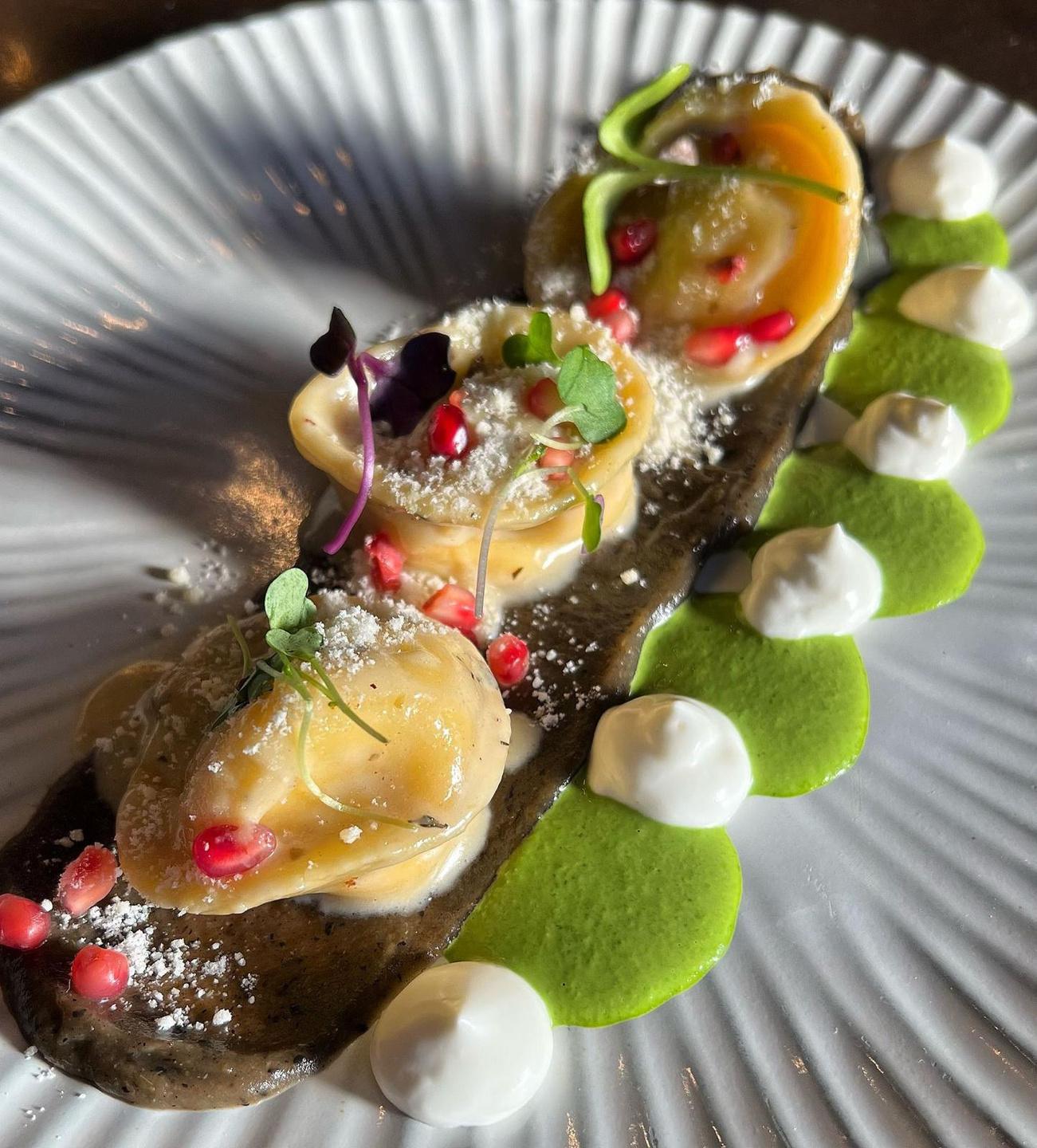






By Rabbi Daniel Schonbuch, MA, LMFT

One of the most common issues I encounter with clients who come to see me relates to addiction. Over the last three years I’ve seen a significant increase in the amount and severity of addiction that people are facing.
If you would like to know what’s happening on an addictive level, speak to some teenagers today and see all the multiple issues they are facing. For example, one of the most insidious addictions is vaping. From my perspective, vaping is truly a gateway towards other addictions, and it’s so easy to get started.
Every single bodega in our community is stocked with all kinds of smoking paraphernalia, tobacco products, vapes and some even offer marijuana, although they are not licensed to do so. What would seem to be so innocuous as vaping turns out to have created serious medical and
mental health problems.
Nicotine is one of the most addictive substances known to man. As a society we already knew of the dangers of smoking and that’s why we saw a reduction of people smoking from the 1960s to the early 2000s. But with vaping, and all the different flavors and intense marketing, nicotine has made its way back into the culture and into the bloodstream of our children.
Once one starts the process of an addiction it is very difficult to stop. This is due to the insidious nature of addiction, which leads towards withdrawal symptoms and higher levels of tolerance that demand a greater concentration of the same substance for its effect.
Once a person has entered into the world of addiction, they may try
other things, including marijuana, opioids, and other serious drugs that they can find on the street.
Despite the challenges facing our community, there is a way out which begins when a person discovers what they were like before the addiction started, who they truly are, and what they really want in life. No addicted person wants that to be their reality, and essentially, the non-addicted self is who they really are.
This is similar to what we begin to experience in the month of Elul. In many ways, Teshuva parallels the journey of recovery, whether from addiction, trauma, or any life challenge. Due to a mistaken translation, Teshuva is often translated as repentance, but in actuality, it is something much deeper.
Understanding Teshuva
According to chassidus, Teshuva is derived from the Hebrew root shuv - to return. This concept embodies the idea of returning to one’s true essence, to the Divine image each person was created with. Teshuva involves acknowledging one’s missteps, feeling genuine remorse, making amends, and committing to positive change.
The most important part of the process begins with the desire to return to our true selves. When we recognize who we really are we can resolve to be who we want to be.
Unlike Freudian psychotherapy that sees man as being nothing more than an animal, chassidus and the psychology of Viktor Frankl teaches that we have the capacity to not only rise above our animalistic selves, but also to become G-dly in nature. That potential exists because our true essence comes from Hashem. During the month of Elul, where the king goes out into the field with a smiling face to greet us, we need to utilize the closeness we feel with Hashem and the power of Teshuva for inspiration to return to who we really are and to overcome our addictions.
The journey of Teshuva reminds us that mistakes are part of the human experience, but they do not define us. Through sincere effort, self-reflection, and a commitment to change, we can return to our highest potential. Similarly, recovery teaches us that no matter how deep the wounds or how long the struggle, healing is possible. Both paths offer hope, not just for a return to what once was, but for the creation of something even better—a life of greater authenticity, integrity, and peace.
A client of mine who had first come to see me as a teenager because of vaping issues was suffering from a number of addictions. Sadly, he came from a family where he experienced
significant abuse and neglect and in spite of all the other treatments he had tried, he still could not kick his addictions.
The change happened when I sent him a message via WhatsApp one day and happened to notice his profile picture. In it, he was dressed smartly, with a fancy suit, expensive tie, and a handkerchief extending from the pocket. I had never seen him like this, but in fact, this was the image that he related to most.
At the next session, I asked him what the picture was all about. He shared with me that he had a dream many years ago that he was a descendent of royalty and the image he portrayed in the picture was a reflection of that. Fascinated, I encouraged him to incorporate
this higher vision of himself into his journey of recovery.
Over several sessions we kept on reflecting on this higher vision of himself and one day he proudly reported that by focusing on who he believed he was essentially, he had suddenly felt this new energy to overcome his addictions.
From my perspective, this reinforced my understanding of recovery and the power of “returning” to who we really are on a psychological level.
I believe we should all use the month of Elul to reflect on the highest image of ourselves and help others to do so as well. By doing so we can overcome whatever impediments we may face and enter into the new year feeling hopeful and energized for what is to come.

PRESENTED BY MUSHKA COHEN AND THE MENACHEM EDUCATION FOUNDATION (MEF)

RABBI ZALMY KUDAN, A SHLIACH IN S. BARBARA, CALIFORNIA, IS THE EDUCATIONAL DIRECTOR OF LAMPLIGHTERS JEWISH ACADEMY IN OXNARD AND A CERTIFIED EMOTION CODE PRACTITIONER. HE IS A BOARD MEMBER OF TZIVOS HASHEM INTERNATIONAL AND VICE PRESIDENT OF EDUCATION FOR CAMP GAN ISRAEL INTERNATIONAL, WHERE HE TRAINS CAMP STAFF MEMBERS ON THE TRAINING.MYGANISRAEL.COM PLATFORM.
Q: What is the best way to transition my child from a carefree summer environment to a more structured and disciplined school setting?
As a parent, I value giving my children as much structure as possible, even during the less structured times, and perhaps even more importantly during those eriods.
The key is to create a structured morning routine, especially in the last weeks of the summer. Set up a schedule and post it on the
refrigerator or wall, with times and activities clearly outlined. For example, wake up at 8:15, breakfast at 8:30, davening from 9:00 to 9:30, followed by 15 minutes of keriya practice or Chumash, depending on the age group.
Then, plan an hour of structured fun, such as a daily visit to the
park. After returning home, have snack time and proceed with the rest of the day’s activities. Even the fun time should be structured and consistent. By sticking to a routine, children will get used to waking up, moving, and engaging their minds daily, which will help ease the transition to a more structured school schedule.
Q: How can I best prepare my child for the upcoming school
Information is power. As teachers and schools provide you with details, share that information with your child. Let them know who their teachers will be, what classes they will have, and which subjects they will be studying.
Also, talk to your children about the upcoming school year. Listen to their emotional reactions. Are they excited? Are they nervous? What are they nervous about? Give them space to talk about it so you can help support them emotionally as well. Sometimes there’s a social pressure they aren’t looking forward to, or there’s a teacher they are feeling
year?
uncertain if they will be successful in their class.
Once the conversation is open, you can support them by talking it through and coming up with strategies. Then, communicate their feelings to the school so the school can also offer the necessary support.
Meet the Chinuch Shlucha
Please introduce yourself:
My name is Morah Rivky Eilenberg, and I work at Magen Israel Center in Great Neck, New York. I’ve been blessed with the gift of teaching for 8 years.
What are you most excited about for this upcoming school year?
I feel a mix of excitement and nerves about the new school year. I’m excited to meet my new students and grateful for the opportunity to work with Hashem’s children for another year. However, the nerves come from the high expectations I set for myself as a teacher. Even though my students are young kindergartners, I want to meet them properly and give them my very best.
What advice would you give to new or returning teachers who feel overwhelmed with classroom setup?
If your classroom isn’t exactly as you wanted it, Baruch Hashem. The most important thing is that when the child walks in, they see a teacher who’s smiling and genuinely happy to welcome them. They probably won’t even notice if a border is a little crooked. The joy and warmth you bring are what truly matter.
How do you prepare the classroom for the students?
To create an engaging and welcoming environment for young students, I decorate the classroom door with their names and photos, which helps them feel more comfortable and recognized. I also put a family photo of myself to
show that we’re all here and we’re all in it together, including the Morah.
How do you prepare your classroom for the new school year?
I start by reviewing my schedule. From a curriculum standpoint, I ask myself: What needs to be on my wall? Then, I think about the emotional and social aspects of teaching. How can I best support my students? For example, at our school, we emphasize a growth mindset and social-emotional learning, so I choose charts that I can refer to regularly. What are the classroom rules? What do I expect from my students? These are my priorities when setting up my classroom walls.
I also consider accessibility. I place items where I can easily reach them. Whether it’s scissors, pens, or other supplies, saving those extra seconds of searching can make a big difference. The same applies to my students—I make sure they can easily access what they need.
What is your favorite back-toschool tradition or activity?
I send personalized letters to returning and new students before the school year begins. Receiving mail is a special experience for young children, and it shows both them and their parents that I care about them and am looking forward to the year ahead. Even if personalizing each letter is challenging, a general letter with some personalization (plus a small token, such as stickers or a treat) can still positively impact and set a welcoming tone for the school year.



BY MUSHKIE LIPSKER @evergrowingeducator

A helpful and easy way to learn more about students is to ask them! Have students fill out a “Get to Know You” form. This information will come through casual lunch conversations or watching them during recess, but there is value in asking them directly and hearing what they have to say.
“Get to know you forms” can be in different styles. It can include rated questions (on a scale of 1-5, how much do you...), multiple choice, and some open-ended questions (or a mix of them all!)
Some questions you may want to ask, which can help you have a better year:
• How can I help you learn and grow this year?
• What do you prefer to be called?
• Do you prefer partner work or working by yourself?
• What is your favorite song?
• What is your favorite kind of homework or class assignment?
• What’s something about you that you’re proud of?
• What do you like to do in your free time?
• What is your favorite subject? Can you explain why you love it?
• What’s your least favorite subject? Why?
For more on these “commandments” and other education mindsets, visit evergrowingeducator.com
• What’s one thing you wish your teacher would do?
• What is something I can do to give you a better year?
Some things to remember if you go with “Get to Know You” forms: They’re useless if they stay in your desk, so set a monthly reminder to review them. Recognize that students’ personalities and preferences evolve from the first week of school, which is okay and beautiful—that’s growth.
I loved filling out my own form and showing it to the students as a way to build a connection and let them know more about me. And if you remember this come June (or set another alarm!), I enjoyed returning the forms to the students on the last day of school. They loved seeing what they wrote 10 months earlier, and it became a special part of our last day together.

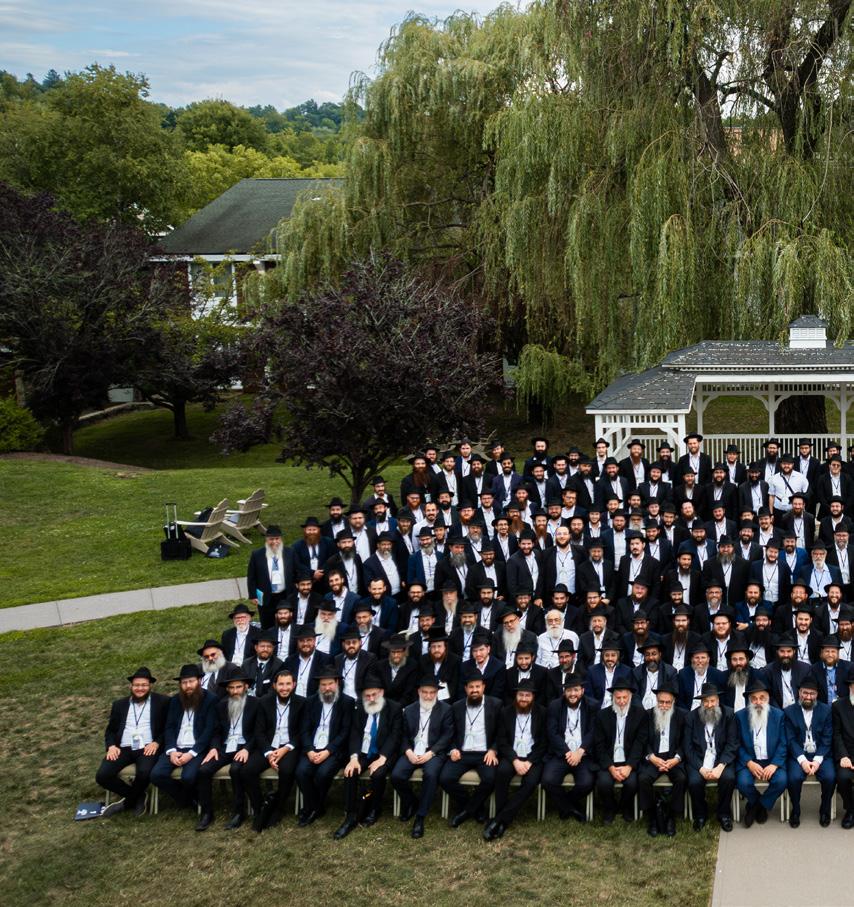
“I make a sign for each of my kids with their new grade, plus my baby gets a first day of daycare shirt. He gets a sign too! I also get them donuts so they start off the year with a sweet treat!”
Pomona, NY
“We go to ice cream after the first day to celebrate the start of school.”
Los Angeles, CA
“I write little notes on their backup school supplies with a Sharpie—messages like “I love you,” “So proud of you,” or “You’re doing great.” Throughout the year, they find these notes when they need to use the supplies.”
East Flatbush, NY
“I’ll take a First Day of School photo this year!” Pittsburgh, PA
“I just hope they grabbed their backpack and lunch—and that I didn’t forget too many things on their school supply list!”
Crown Heights, NY
“The first morning is always hectic, with no time for signs or pictures—I just hope I got them out the door with everything they need! But once the house is quiet, I find myself silently davening that they have a great first day, connect with their teachers, make good friends, and love learning in school this year. ”
Monsey, NY
“I make my children their favorite breakfast and send them to school with a pastry and coffee for their teacher.”
Miami, Florida
“I make sure my children get a good night’s sleep the night before.” Chicago, IL

This summer, 554 Mechanchos and 324 Mechanchim gathered at the annual Kinus Hamechanchim and Kinus Mechanchos Chabad to recharge and prepare for the school year ahead.
Did you know that the month of Elul has a special connection to chinuch?
Speaking on Shabbos Parshas Re’eh, Mevarchim Elul 5733, the Rebbe said:
“Since it is the custom in this country to begin the school year in the month of Elul, we need to take advantage of this time specifically to bring boys and girls to learn in schools that are proper (kosher), and even more so in schools that are pure (al taharas hakodesh), and even holy (chinuch kadosh).
“... When the start of the school year is with an education that is proper and pure, then the whole year will continue in a way that is straight and good… Therefore, we need to take particular advantage of the current time in order to add and continue adding more and more girls and boys into schools and yeshivos that give them an education that is proper and pure.”
How can teachers both add to the children in our schools and classrooms and add to the kedusha of the chinuch?
Excerpted from Chinuch With the Times: Insights for An Inspired Educator, published by the Menachem Education Foundation (mymef.org/shop)
“Touro

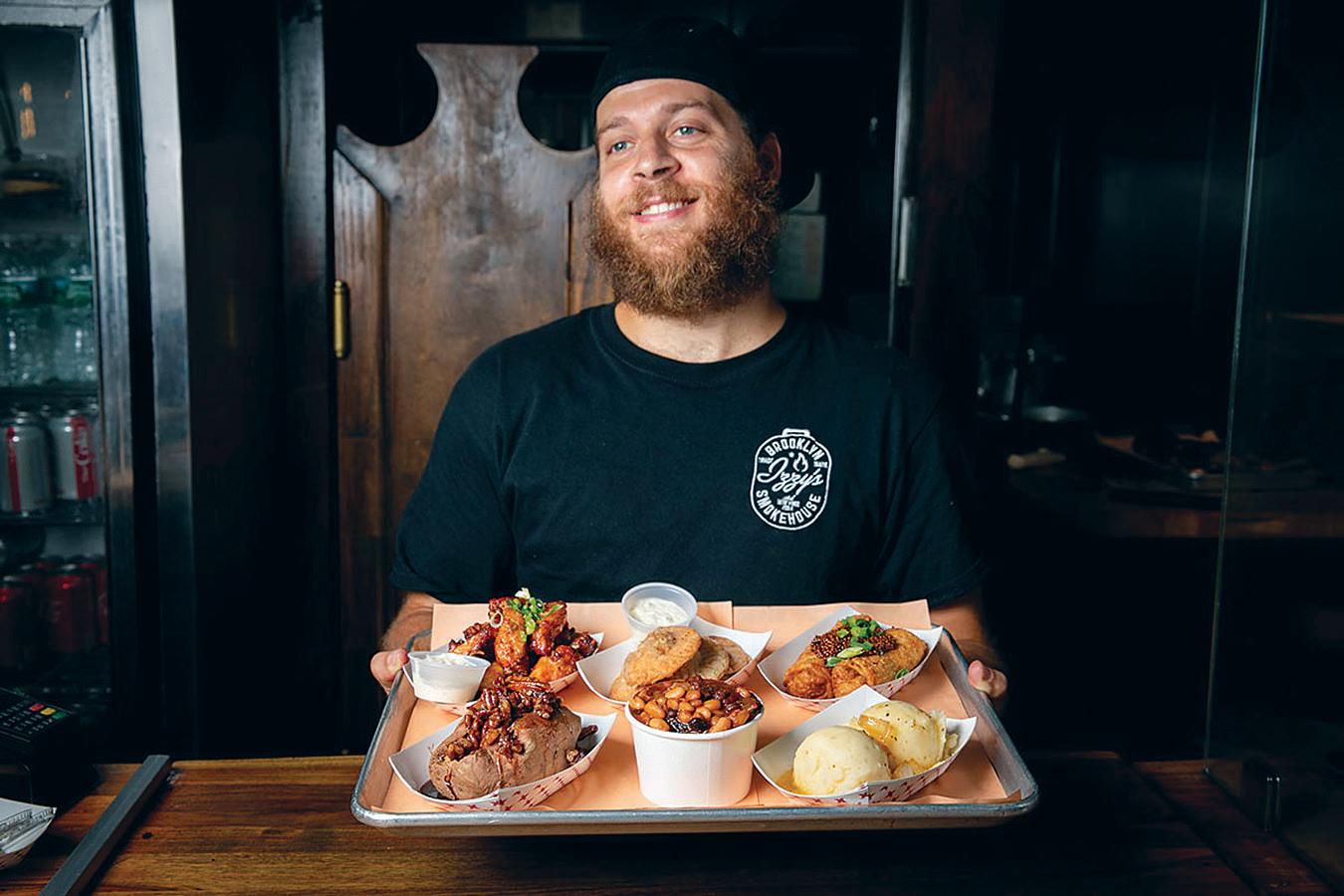






effects of
Rabbi Shmuel Gurevich and his young wife stood before the Rebbe. They were fresh emissaries, having arrived in the city of Lyon, France just a few weeks before. They had arrived for a brief visit to the Rebbe’s courtyard and merited to have a private audience with him.
The couple’s first days in Lyon were challenging. They encountered a series of disappointments that left them feeling disheartened by the situation. As a result, they spent only one Shabbos in Lyon, choosing to spend the others with emissaries in nearby cities. While they hoped to learn from these emissaries, they aimed to garner some consolation.
In the note they handed the Rebbe, the couple neglected to mention their frustrations. Instead, they simply wrote their names and asked for a blessing. To their surprise, the Rebbe turned the note over on the table.
“I want to understand what’s happening here. You accepted the assignment to travel and settle in the city of Lyon. The community welcomed you with open arms. You even spent one Shabbos in the city. But since then, you’ve spent one Shabbos in Paris, another in such a place, and so on.”
The couple’s silence betrayed them, prompting the Rebbe to continue: “I’ve heard all about your hesitations. Please tell me, are you prepared to joyfully continue this endeavor or not?”
Rabbi Gurevich quickly composed himself and replied: “Yes, Rebbe, we’ll return and do so with our greatest pleasure.”
The Rebbe then smiled and, in a gentle tone, wished them success in their work. “Be aware,” he added, “that the yetzer hara seeks to bring you feelings of sadness to hinder your mission’s success.”
Before they left the room, the Rebbe turned to Rabbi Gurevich. “You know the French do not appreciate sullen faces…”
The audience moved them deeply, and the couple emerged from the room invigorated. As Chassidim, they recognized a deep, personal connection in the Rebbe’s tone – a closeness unlike anything they had experienced. They resolved to approach their role with renewed positivity and enthusiasm.
One of their first initiatives was establishing a kindergarten. Rabbi Gurevich soon encountered difficulties with the building, a decrepit structure hardly suited


for young children’s needs. During a routine inspection, municipal inspectors informed him that the city wouldn’t grant him a license to continue operating the kindergarten unless he renovated the building. As a grace period, they granted a few months to complete the necessary renovations.
The cost of the renovations far exceeded what Rabbi Gurevich could afford, and as he took no steps forward, the deadline to vacate the kindergarten loomed ever closer. Realizing that waiting would only make matters worse, he took bold action. Despite every societal convention advising against it, he resolved to visit the municipality, locate the commissioner of education, and speak with him directly.
When Rabbi Gurevich arrived at the city hall, he noticed a young man entering the lobby, receiving warm handshakes from everyone who passed. Assuming this was the commissioner of education, Rabbi Gurevich approached him and began rattling off his prepared pitch. The confused young man interrupted him midsentence, explaining that he was the commissioner’s son. Undeterred, Rabbi Gurevich said, “Please tell your father that


Rabbi Gurevich needs to see him immediately.”
The son asserted his father’s schedule was booked for the next few days, but Rabbi Gurevich insisted, and the son squeezed him in that very day. When he entered the commissioner’s office and introduced himself as a Lubavitcher Chossid, the man said nothing but regarded his bearded visitor with interest. From across the room, he then posed an unexpected question.
“What do you think about Sinai? Is it right for Israel to hand it over to Egypt?”
Before Rabbi Gurevich could even say a word, the prospects seemed dire. His honest opinion might upset the Frenchman, who, in a senior position like his, likely held proArab views. Yet, anything other than the Rebbe’s unequivocal stance on the matter seemed disingenuous.
Rabbi Gurevich took a deep breath.
Choosing his words carefully, Rabbi Gurevich explained the Rebbe’s position on the dangers of retreating from Sinai. To his surprise, the commissioner’s face lit up with understanding.
The commissioner nodded. “I agree. I returned from a visit to Israel not long ago. An old friend took me on a
tour of Sinai and demonstrated the frightening reality if they handed over the territories.”
The commissioner inquired about the reason for Rabbi Gurevich’s visit and listened to his concerns, promising to respond within a few days. At their next meeting, the commissioner spread out a map of a large building in Lyon featuring a floor plan of numerous classrooms and a spacious yard.
“What do you think of this?” the commissioner asked, turning to the stunned Rabbi Gurevich. “Would it be a good fit for your school?”
Rabbi Gurevich didn’t answer immediately, and the commissioner noticed his indecision. He rolled up the plan. “I understand this is an important call, and you might not want to make it without seeing the place first. Let me call the head of the construction department, and we’ll visit the school together.”
When they toured the suggested building, Rabbi Gurevich was astonished by its size and the amenities offered for both a kindergarten and a school. Everything proved too good to be true, yet Rabbi Gurevich immediately recognized a blessing when he saw one. The two clasped
hands and struck an agreement. A genuine friendship blossomed between Rabbi Gurevich and the commissioner, and even after the kindergarten affair concluded, they remained in touch.
One day, Rabbi Gurevich asked the commissioner, “What motivated the generosity with which you handled my case?”
“When you first introduced yourself as a Chossid,” said the commissioner. “I’d never heard the term before, so I looked it up in the dictionary. It described Chassidim as happy and cheerful people.”
He smiled before continuing. “I’ve always had trouble tolerating sullen people. When I saw that you were different, I felt you deserved appreciation and help.”
The words echoed in Rabbi Gurevich’s mind, transporting him back to that pivotal private audience when their world seemed difficult and frustrating. He recalled the Rebbe’s parting words before they returned to Lyon.
“You know the French do not appreciate sullen faces…”
(translated from Sichat Hashavua #1097)
It’s Elul, and that can only mean one thing - It’s back to school season!
For parents, it’s time to start shopping for school supplies. For teachers, it’s their cue to prepare curriculums and review class lists for the upcoming year. For students, the new beginning brings opportunities for new friends, exciting programs, and plenty of homework!
At RaiseThon, the new year means… you guessed it, school campaigns!
You may not know this about us, but our favorite pastime is ensuring that our mosdos are properly funded!
We believe that a community’s core focus should be on the future of its children, and we understand the importance of upholding strong principles and guaranteeing highquality education in our schools.
In the past year, schools throughout the U.S. raised over $35 million with RaiseThon. We kicked off the year with a fantastic campaign for Tomchei Temimim of Montreal, celebrating “proud chinuch,” with even prouder students. The yeshiva exceeded their $1.5 million dollar goal and raised an additional $20k for the mechanchim and talmidim of Montreal. On Chanukah, we partnered with Yeshiva Daas Chochma to celebrate a decade of hashkafa and connection, cultivating a generation of B’nei Torah. We wrapped up 2023 with a powerful unity campaign that involved over 100 campuses across
the United States. $20 million dollars and 18,500 donors later, universities throughout the country were now prouder, stronger, and more inspired to fight antisemitism on campus. In January, we joined forces with Released Time to raise over $700,000 for the legendary after-school program. In February, Oholei Torah hosted a grand auction, raising over $500,000 with a total of 1,700 donors and 21 winners of unbeatable prizes! March was a busy month for schools at RaiseThon, with multiple campaigns live at the same time. Zichron Shmuel is a cheder for children of Monsey, offering chinuch al taharas hakodesh and upkeeping strong chassidishe values for their students. Nigri Jewish Online School has a very different student body, but a similar goal: accessible Jewish education for every child. Their campaign targeted families around the world who were committed to ensuring proper schooling for Jewish students, no matter their location. Monsey Beis Chaya Mushka services Lubavitch high school girls, and the campaign emphasized their stellar reputation of providing individualized attention and quality educational standards for the students.
In May, we launched a creative campaign with Ocean Parkway’s Lubavitch Yeshiva. Mimicking Trader Joes’ marketing style, our theme represented the selection of quality products despite a more

lengthy drive. For the education of our children, it really is worth the 22-minute trip!
We ended the year on a high note with a moving and impactful campaign for Yad Menachem, an organization committed to sending children to Jewish schools. June marks the end of the school year, but Yad Menachem seized the moment to raise funds and awareness, ensuring that students across the West Coast have access to a Jewish education.
Other campaigns throughout the year included the completion of Lubavitch Yeshiva’s Tomchei Temimim, an investment for the future of Cheder Lubavitch Morristown, going the extra mile for Cheder at the Ohel, an annual auction to invest in a Bais Rivkah girl, the power to achieve at Bnos Menachem, and all of the unique elements at Darchei Menachem. While there isn’t enough room on the page to mention every school campaign, we applaud each one for their effort and dedication to the education of the community’s children!
As our children head back to school, we can’t wait to see what the year ahead brings! Our goal at RaiseThon is to provide the platform, marketing, and fundraising tools for their continued chinuch.
The school bell is ringing - time to get learning! Welcome back to school, Crown Heights :)


By Sruly Meyer
"I've had a rough year," admits Jewish music star Yaakov Shwekey when he looks back at 5784. It wasn't only the massacre of October 7 that deeply impacted him like the rest of the Jewish nation. This past year, Shwekey lost both his father and mother.
"You really reflect a lot when you go through a tragic loss, even more so two tragic losses that our family suffered," he explains.
"Both of my parents excelled at helping others, even when they themselves were not in a good place. My mother was born in a displaced persons camp (DP) in Germany (after the Second World War). At 17, she had to fend for herself and made sure her younger sisters had what they needed."
Shwekey says he found personal guidance - and the inspiration behind his latest music video - in a story told by the renowned lecturer Rabbi YY Jacobson about his grandmother, Mrs. Taibel Lipskier, who was also in a displaced persons camp before immigrating to the United States in 1947.
Due to the war and life's struggles, Mrs. Lipskier suffered from anxiety and turned to the Rebbe for help. "The Rebbe gave her fascinating advice," Rabbi Jacobson said. "He suggested that she go to as many Jewish weddings as possible and dance away."
"As it happens to be, my grandmother was an exceptionally skilled dancer," Rabbi Jacobson noted. "She embraced the Rebbe's advice, and for decades, she would go to every possible wedding and dance away.
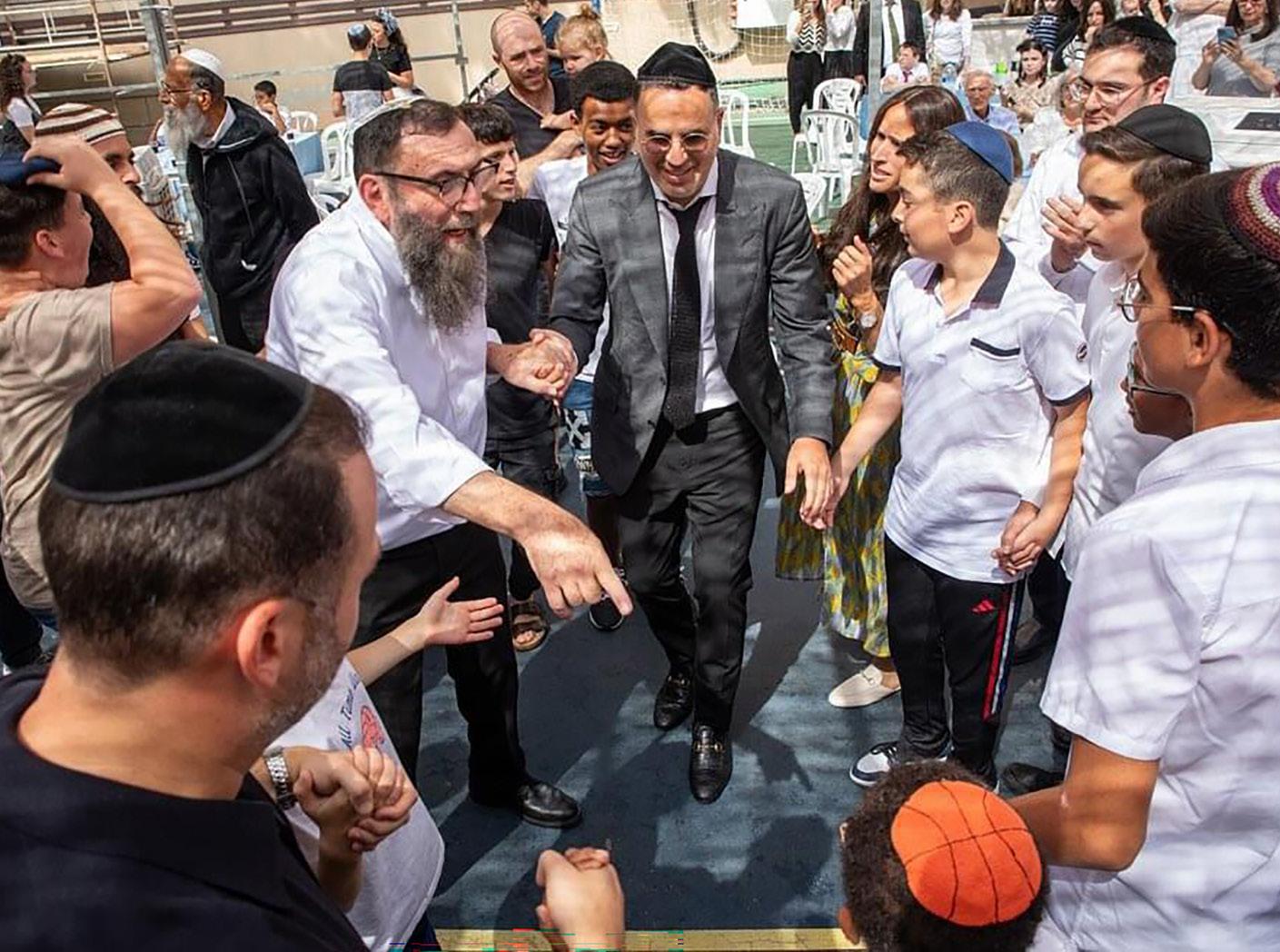
She danced with family, friends, relatives, community members, and sometimes complete strangers."
Shwekey said: "This story really spoke to me. I needed to hear this, and not only did it inspire me personally, but I felt the need to release this message to the world. The Rebbe's advice is so powerful, so personal, and so relevant, especially this past year."
"Our secret weapon against these dark times is seeing happiness in others' success and our love for another Jew," Shwekey said. "Sinas chinam brought us into this Golus, but it's Ahavas Yisroel that will bring the Geulah to its end. Mrs. Lipskier understood that through bringing others joy, she would bring herself joy. That's my takeaway from this story."
The result was the release of a new song, "Dance My Fears Away," composed by Yitzy Waldner. "I wanted to create a new song that showcases what we do when we are faced with obstacles like these," Shwekey said.
He said it is his hope that this song and its message will help people focus more on bringing joy to others, and focus on daily miracles around us.
"I think this is a helpful way to go into the new year and be b'simcha," he added. "We are not a nation that should be absorbing painful news and painful experiences all the time. We are a nation that wants to be b'simcha. Yes, we need to be informed about news that affects us, but we also must step back and focus on Hashem's daily miracles. We need to sing, and we need to dance!"

He's a teacher.
Boruch Levine has been a long-established hit maker in Jewish music. Bursting onto the scene with his debut album, and smash hit, "V'zakeini" the world got to know the singer very quickly. It's been close to 20 years since he started making music, and we asked him to tell us some things we may not have known about him.
"I've actually been a Rebbe in Yeshiva for 20 plus years. I received Smicha from Rabbi Zalman Nechemia Goldberg while learning in Yeshiva. I also have a masters in educational leadership that I use as a teacher in school."
He didn't know V'zakeini would be a hit.
"When we put V'zakeini on the album, we barely thought twice about it. We did not think it would be the huge hit that it became."
He once sang a song 50 times in a row.
"I was the child soloist on "Hamalach" on the album Dveykus, volume 4. Abie Rotenberg was such a perfectionist that he made me redo the song over 50 times. I learned a lot about professionalism from him when in the studio."
He loves to cook.
"I can actually cook an entire Shabbos meal from start to finish. I know this may seem easy, but no one makes better chicken on the bone than I do. For some reason, the younger generation prefers schnitzel, but I think we need to bring back chicken on the bone. The only thing I am not able to do is bake Challah! I'm really not good at baking."
He remembers Shlomo Carlebach from kindergarten.
"When I was in Kindergarten, I was in the same class as R' Shlomo Carlebach's daughter. They lived in Toronto for a short time, and Shlomo would sometimes come on Erev Shabbos to play the guitar and sing with us. Even from that young age, I was mesmerized by the music, and it stuck with me for years to come."
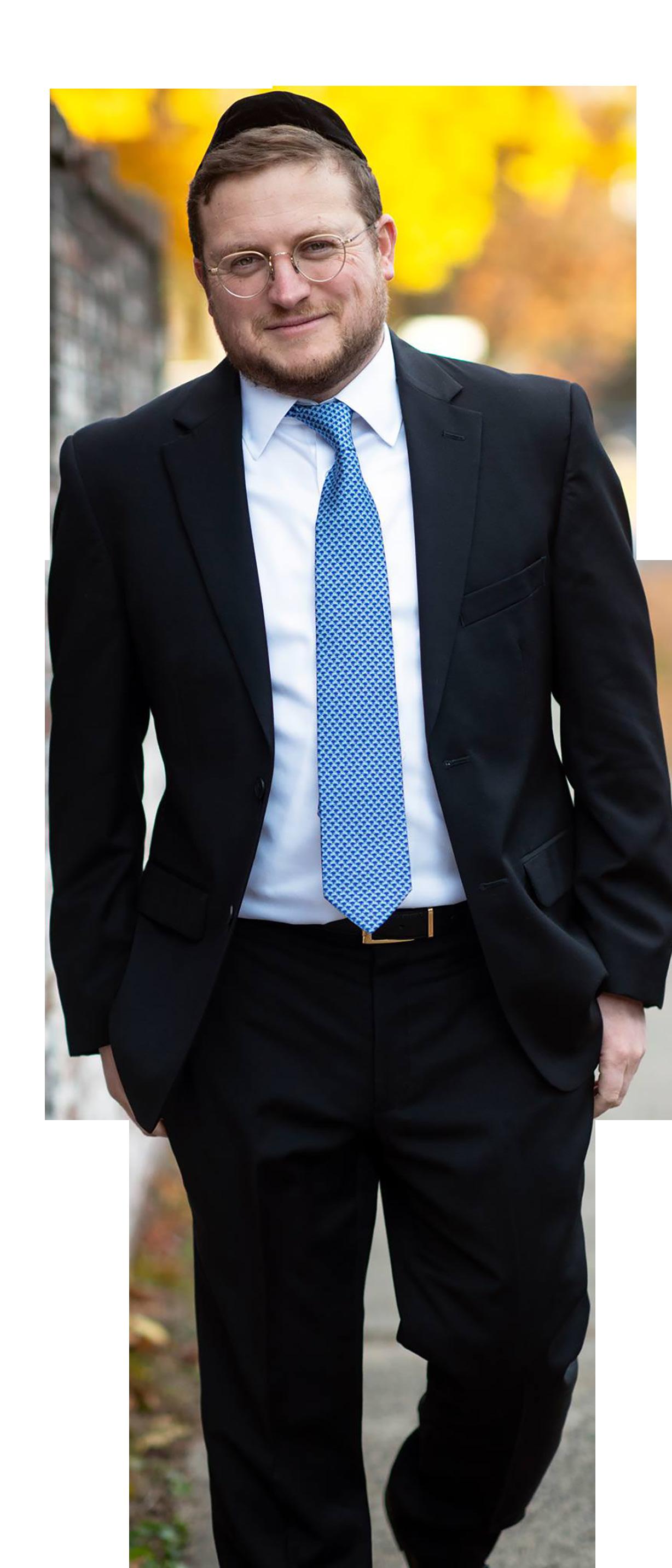
In preparation for the yomim noraim, here are some teshuvah-related songs to help us focus our Avodah and Tefilah on reflecting on the past year and davening for a good year.
Mordechai Ben David: Just One Shabbos (1982)
Song and lyrics by MBD
This song perfectly blends the two concepts. A Yid finds himself at the Western Wall, hoping to connect, and as we learn in the song, Just One Shabbos, and we will all be free! This song has a certain simplicity to it that makes it so easily singable, the message so easily delivered, and of course, it has become a staple at Chabad Houses and Shabbos tables around the world.
Avraham Fried: The Return The Time is Now (1982)
Composed by Chanie Weinberg
Lyrics by Shmuely Goldman
This song and "Just One Shabbos" might have familiar themes, but the styles, vocals and arrangements are each so perfect for their stars. Both are powerful in their own ways. "Standing at the holy wall, The gateway for our prayers…." this Fried classic goes. "Open your heart, Hashem awaits to enter, to be at your side, a single stride is all you need."

8th Day: Chasing Prophecy
Tatenyu (2011)
This song is the modern version of the previous two, yet it also still retains its uniqueness and charm. "He came by for a Shabbos, we stayed up way past two, we spoke about a life of meaning, ‘cuz he was just looking for You." It's followed by, "Not looking to pull any strings, We're just looking for you, Tatenyu."

Moshe Yess: Shabbos on My Mind
The Angel Song (1983)
(This song is also commonly referred to as L-rd of Hosts)
As a Baal Teshuvah himself and an incredible lover of music, Moshe Yess was responsible for many songs about Yiddishkeit. The Angel Song may not be his most famous song but it's a natural selection for this list. It captures the tragedy of being apart from Hashem with the compassion that we are welcomed back to Him. "A teardrop of repentance is the thing I cherish most," he sings.
Journeys 3
The Atheist Convention In L.A. (1992)
Composed By Abie Rotenberg
Abie Rotenberg deserves more than a few honorable mentions in this genre, but I choose this one because it's one of his "storytime" best. This song is written so well, from a humor standpoint, from the narration and the visuals it depicts. This song takes a much more gut-punch approach to finding Hashem.

Ohr Chodosh Vol 3 (Country Yossi) He's Coming Closer (1986)
Also known as "The Music of Redemption"
Composed By Yossi Toiv with Heshy Walfish
There was a certain symmetry with this list, and so here is a song that once again combines Teshuvah with Moshiach. Yossi Toiv, before he was Country Yossi, founded and sung as part of Ohr Chodesh. He composed this gutwrenching plea with the Yidden of the world to know, "He's Coming Closer …"



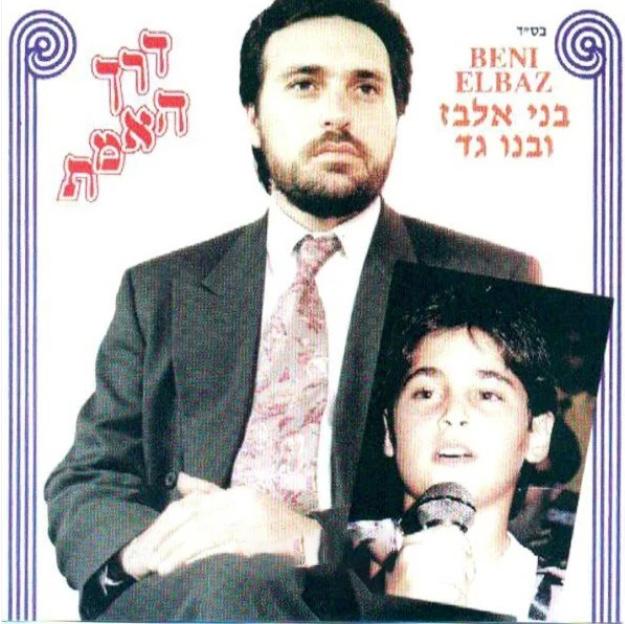

Beni and Gad Elbaz
Lo Kashe Lahzor B’teshuva
As a 9-year-old child, Gad Elbaz was injured while playing outside of the shul on Shabbos. He didn't have a pulse and was unconscious. His father, Beni, promised Hashem that if his son's life was saved, he would "devote his life to Hashem." Gad recovered, and Beni wrote this song, which was an incredible hit. Many in the secular world in Israel who became frum credit this song for igniting their awakening.
Marvelous Middos Machine: The Teshuvah Song
Journeys - Abie: No place like home
Yaakov Shwekey: Osim Teshuvah
Dovid Gabay: Osim Teshuvah
Yaakov Shweley and Lipa: Saba Kadisha
Joey Newcomb - It's Never Too Late: To Be A Yid (2019)
Yisroel Werdyger - Bayis Neeman
Yisroel: Shuvu Banim
Shlomo Carlebach: Sinner Man
Lipa - Baderech: A Kaparah
Mordechai Ben David - I'm So Proud: Let My People Go
Tzlil V'zemer Boys Choir - Vol 6
It's Never Too Late (1992)
Produced by Avraham Rosenberg
Lyrics by Steven Staum
This last song is a personal favorite of mine and also very much connects to this topic. If you weren't a Tzlil V'zemer fan growing up, then I strongly suggest listening to these albums. The English songs are very well written and with the strong messaging and music, you will be inspired. This song tells the story of a man reminiscing about his father and how he hoped he would return to Yiddishkeit. And it ends with a twist.




In the month of Elul, Hashem makes Himself more accessible to every person. No matter what we have or haven’t done in the past year, we have a special opportunity to connect to Hashem and ask Him for forgiveness, along with a good and sweet new year.

There was once a wonderful king. He lived in a grand palace in the capital city, far away from the fields where the common folk worked. It was difficult and very unusual for the common folk to see the king, let alone have a private audience with him. On rare occasions, the king would come out to the fields. At such times, even the simplest of people could approach him. He would receive every single one of them with a happy face and grant them their requests. They would all then escort him back to the city. Although usually, only a select few were granted audiences with the king, these dedicated subjects now became part of the exclusive group that would have access to the king in his throne room.
What Mitzvah can you do to strengthen your connection to Hashem?
This Mashal explains the dynamic between the Yidden and Hashem during the month of Elul. Hashem is always available and ready to be connected with us, but sometimes it feels very far off, similar to the common folk in our Mashal who could not easily access the king in his palace. During the month of Elul, there is a special revelation of Hashem that makes Himself more accessible to us than during the rest of the year. It is up to us to approach Hashem, our king, and decide that we want to connect with Him. He makes it more attainable, but it is still up to us to make the first move to get closer to Him. Each day of Elul (besides the day before Rosh Hashana) we blow the Shofar to wake us up to Teshuva, to remind us that we have a special opportunity right now to get closer to Hashem, and to ask Him for a good and sweet new year.

* be sure to do this project outside or on a well-covered surface.

Using scissors, cut the label off of an empty water bottle and then cut the water bottle in half.

In a slightly larger container pour 2 Tbsp. of water and about 2 Tsp. of water, and mix well.

Turn over the bottle, open the cover, and blow bubbles to the shofar’s beats. Tekiya, Shaverim, Terua!

Cut a sock in half and cover the water bottle. Secure the sock at the mouth of the water bottle with a rubber band and trim excess.

Dip the bottom of the bottle into the soapy mixture, then turn it over.

How satisfying to watch the bubbles come out of the Bubble Blowing Shofar. TOOOOO
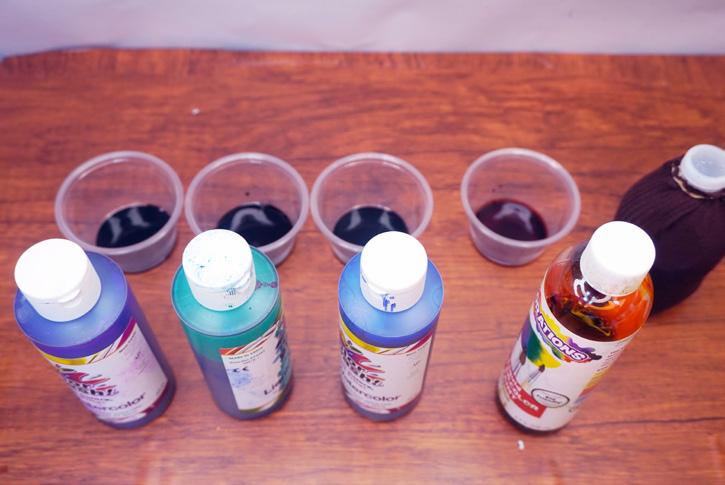
In 4 small containers pour a small amount of watercolor (or diluted food dye.)

Using a pipette, drop some of each color onto the bottom of the bottle until the entire surface is covered.
4 Colors of Water Color (ordiluted foodcoloring)
Empty 16oz. Water Bottle
4 Small Containers
Large Container
2 Tsp. Dish Soap
2 Tbsp. Water
Popsicle Stick
Rubber Band
Brown Sock
Scissors
Pipette
*We would love to see how your Parsha Studio Project came out! Send us pictures to, info@jcm.museum
By Sruly Meyer
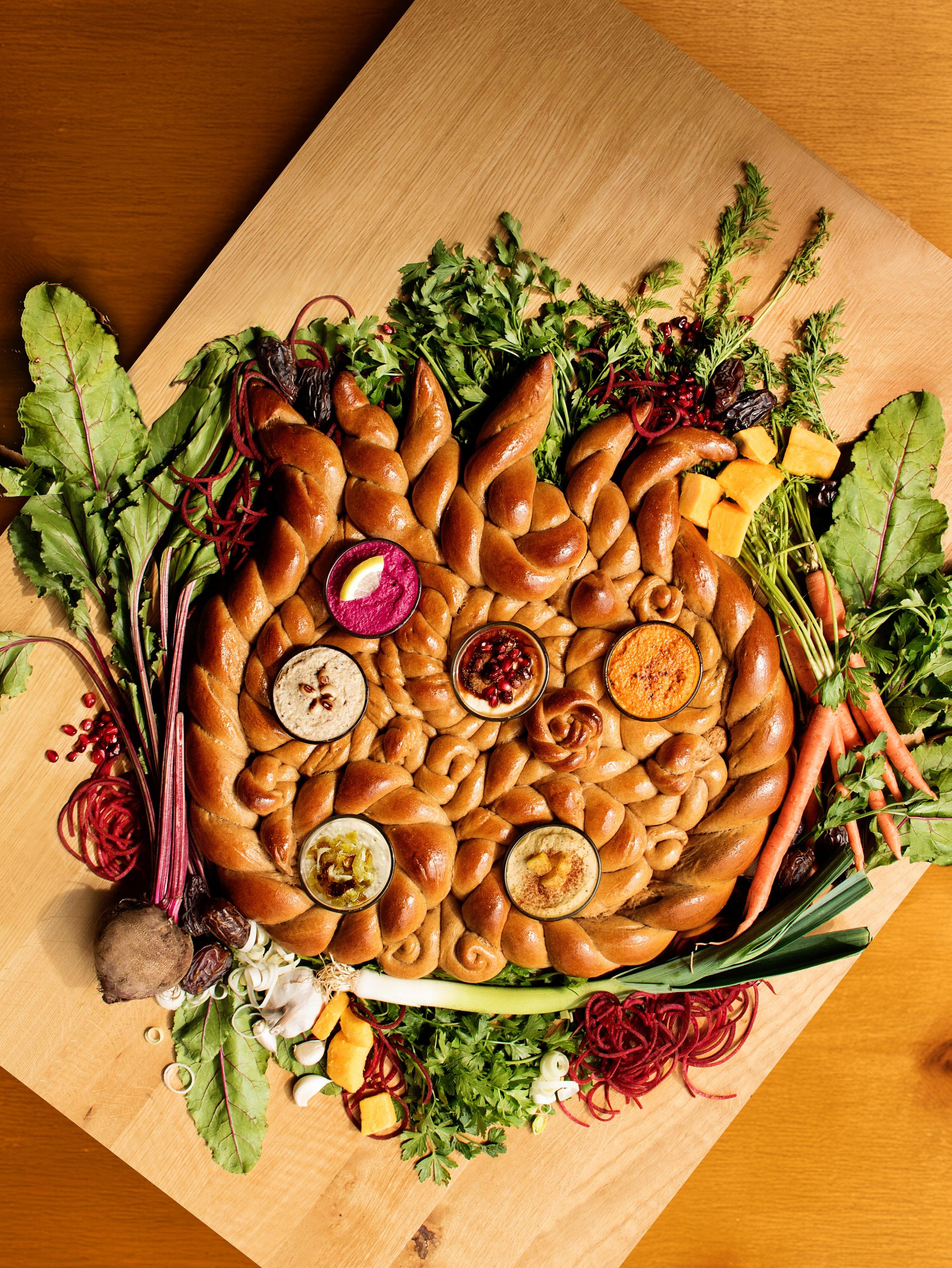
By Rochie Pinson
Creating this magnificent, rimon-shaped challah doesn’t take any advanced braiding skills. It’s all made using twists and turbans. The “wow” factor on your Rosh Hashanah table will set a fabulous tone for the holiday (and the rest of the year!).
You can use any challah recipe to create this gorgeous shape, but the honey in this recipe gives it a special Rosh Hashanah flavor, and the earthiness of the whole wheat flour goes well with the simanim hummus dips
Full Recipe Yield - 6 large challahs OR 1 giant Rimon Challah
1 cup warm water
1 1/2 tbsp sugar
9 tsp granulated yeast
3 cups boiling water
2 1/2 tbsp sea salt
3/4 cup canola oil
1 1/2 cups honey
1 tsp vanilla extract
5 large eggs
5 lb bag of whole wheat flour, divided
1. In a small bowl, pour the very warm water. Add the yeast and sugar. Allow a few minutes for the yeast to bloom.
2. In a large bowl, pour the boiling water and add the salt. Then add the oil, honey and vanilla. Once the water has cooled down a bit, add the eggs to the mixture. Whisk to combine.
3. Add the foamy yeast mixture into the large bowl and stir to combine.
4. Add 6 cups of flour and stir. Gradually add in the rest of the flour and mix well.
5. Allow the dough to rest for a few minutes (even up to 1/2 hour) before kneading. This will relax the dough and start the gluten development which will make the kneading much easier, as whole wheat dough can be very dense.
6. Knead the dough until it springs back when lightly poked.
7. Pour a few teaspoons of oil into a large bowl (or the bowl
For the full-sized Rimon pictured here, I used almost an entire batch of dough, made with 5 lbs. of flour. The two main twists that form the shape of the rimon are made using approximately 34 oz. of dough for each side (divided into 2 strands of 17 oz. each).
Feel free to make it your own. The possibilities are endless! Just create twists using 2 strands and place them in pretty ways around ovenproof bowls.
Note: Be sure to place ovenproof bowls (or small mason jars, which is what I used) in each of the spaces that will hold a hummus. After baking, remove and replace with bowls for dips.
you made the dough in). Roll the dough around in the oil to coat it.
8. Cover the bowl with plastic wrap, or a warm, damp dishcloth and place in a warm spot to rise. Allow the dough to rise for a minimum of 3 hours and as much as 4-5 hours to allow for a lighter dough. If rising for longer than 3 hours, let out a bit of air at some point, so the dough doesn’t over-rise.
9. Separate challah with a blessing.
10. Preheat the oven to 350 F
11. Divide the dough and braid or shape as desired. Cover the braided challahs with a clean dishcloth and allow to rise for another hour or so, until puffy.
Glaze the braided and risen loaves, drizzle on some honey (optional) and sprinkle on toppings of choice (I recommend oats, for a nice healthy look and crunch).
Bake at 350 F for 30-40 minutes, time will vary according to challah size. The challah is ready when its underside is brown and it sounds hollow when tapped.
Simanim included in these recipes are: Carrots, Beets, Butternut Squash, Leeks, Dates, Pomegranates and Black-eyed peas.
Rosh Hashanah simanim are an exciting and meaningful addition to the Rosh Hashanah seudah, and serving them in hummus form is a colorful (and delicious!) way to liven up your table and enjoy your challah dipping as well.
Note: Most of these recipes call for garlic in some form, and in some traditions (like Tunisians), garlic is actually one of the simanim. Others are careful not to eat garlic on Rosh Hashana. if your minhag is “yes” to garlic, go ahead and include it; if not, feel free to eliminate it from the recipes. They’ll still be delicious!
Hummus:
1. Preheat oven to 375°F.
2. Peel and chop carrots into medium chunks, peel and cut butternut squash into large chunks, and wrap an unpeeled large beet in foil.
3. Cut off the top of a head of garlic, drizzle with olive oil and wrap in foil.
4. On a baking sheet lined with parchment paper or foil, place cut carrots, wrapped beets, wrapped garlic, and cut butternut in separate sections so they don’t mix.
5. Drizzle olive oil on the carrots and butternut squash.
6. Roast for about 30-45 minutes or until soft and somewhat caramelized (you want some browning along the corners and edges).
7. Peel the beet and chop into large chunks.
8. Squeeze the roasted garlic into a small dish and set aside.
Clean and chop 2 large leeks into a medium dice and sauté until caramelized. Set aside.
1 cup cubed butternut squash, roasted
2-4 cloves roasted garlic
4 whole garlic cloves, peeled
2 tablespoons lemon juice
1 (15-oz.) can chickpeas (rinsed and drained)
1/3 cup tahini
1/4 cup olive oil
Salt and pepper to taste
1. Place all ingredients in a food processor with the S blade and process until smooth. Drizzle in extra oil or a touch of water if it looks too thick.
2. Top with chopped parsley and cinnamon.
Roasted Beet Hummus
1 medium beet, roasted
1 (15-oz.) can chickpeas (rinsed and drained)
1 large lemon, zested
1/2 large lemon, juiced
2-4 cloves garlic, peeled
3 tablespoons tahini
1/4 cup olive oil
Salt and pepper to taste
Place all ingredients in a food processor with the S blade and process until smooth. Drizzle in extra oil or a touch of water if it looks too thick.
This hummus has no chickpeas, and it very well might be my favorite from the whole bunch! The vibrant orange color is beautiful, and the sweetness of the roasted carrots mixed with savory cumin and tahini is absolute perfection.
4 small to medium carrots, peeled, chopped and roasted 1/3 cup tahini
1/2 teaspoon ground cumin
1-2 cloves garlic, crushed (I used 2 of the Dorot frozen cubes)
Juice of 2 lemons
1-2 teaspoons salt
Black pepper to taste
1/4 cup olive oil
1. Place all ingredients in a food processor with the S blade and process until smooth. Drizzle in extra oil if needed.
2. Top with paprika and olive oil.
2 large leeks, washed, diced and sautéed until soft and caramelized
Classic hummus, homemade or store bought
Serve hummus with sauteed leeks on top.
Date and Rimon Hummus
Silan Date Syrup
3-4 dates, pits removed and finely chopped
Pomegranate arils, for sprinkling Cinnamon, for sprinkling
Classic hummus, homemade or store bought
1. Fill a bowl with hummus and use a spoon to make circular grooves on the top.
2. Drizzle Silan date syrup in the grooves and sprinkle on the chopped dates, pomegranate arils and cinnamon to finish.
1 (15-oz.) can black eyed peas, rinsed
1/4 cup olive oil
1/2 lemon, juiced
Pinch of cayenne pepper
Salt and pepper to taste
1. Place all ingredients except for olive oil in a food processor with the S blade. With the motor running, drizzle in the olive oil.
2. Serve with chopped chives or parsley on top.
Rochie Pinson is a master challah baker and the author of the international bestselling “RISING! The Book of Challah” published by Feldheim.

By Sruly Meyer
At the post-fast meal you want to make sure to plan ahead and eat something that won’t overwhelm your system. In our house we always make soup, and this delicious mushroom barley soup is a great choice! It’s hearty and filling and will also replenish your system. It’s also a great complement to salmon or any sandwiches and pastry items you might serve.
Ingredients
1 bunch of celer y
2 medium onions
1/4 cup olive oil
1 can white beans
1 package of white mushroom
1 cup of barley (you can use pearl)
8 cups of water
1 package of chicken stock
A small handful of fresh parsley
2 medium potatoes cut into chunk s
Salt and Pepper to taste
Bonus tip: Slice sourdough bread into strips, brush with some crushed garlic and olive oil, put them in the oven at 400 degrees for 15 minutes and enjoy with the soup!
Sruly Meyer runs COLlive Magazine’s food and music sections and owns a marketing agency in Hollywood, Florida. He is a home cook, recipe developer, and an online influencer discussing food, travel, and Jewish parenthood.
@srulycooks


By Naomi Elberg
This inventive and sweet cake will stand out in a sea of plain honey cakes. It’s a one bowl recipe with no mixer needed and no need to hunt for exotic ingredients or overpowering flavors.
Ingredients
2/3 cup canola or vegetable oil
3/4 cup honey (for a deep rich flavor and even richer color use buckwheat honey)
1 cup of boiling water with 1 tea bag (I used earl grey, do not use any overpowering herbal teas which will not pair well with this cake) steeped until super dark.
1 egg
3/4 cup dark brown sugar (the darker the sugar the more molasses content; which yields a nice dark color and flavor. Can’t decide? Use a mix of light and dark brown sugar)
1 tsp vanilla bean paste
1/2 tsp ground cinnamon
1/4 tsp nutmeg (leave out if you don’t like nutmeg)
1/2 tsp salt
1 tbsp baking soda
2 1/4 cup all purpose flour
Mix the liquid ingredients (egg, sugar, tea, honey, oil) until well combined. Add the flour, spices and baking soda.
Instructions
1. Preheat oven to 325 degrees and spray a bundt pan (10 cup capacity).
2. Bake at 325 degrees for approx 45-50 mins or until cake tester/skewer comes out clean.
3. The top of the cake should look firm and not be jiggly.
4. Cool for 5 minutes and invert onto a cooling rack (remove cake while still hot).
5. When cool, melt lotus cookie butter in the microwave and drizzle over the cake and sprinkle with crushed lotus cookies.
5. Allow the cookie butter to set before transferring to a cake board and into a cake dome.

Naomi Elberg lives in Southfield, Michigan and runs “TGIS Challah” — Thank Goodness it’s Shabbos — offering challahs, babkas and more. She also does cooking and baking demonstrations for charitable, corporate and other events.
@naomi_ TGIS.
By Noach Evers
This cocktail is a perfect start for the Tishrei season, offering a delightful blend of pomegranate and honey. With its sweet and fruity flavors, this refreshing drink is an ideal choice for celebrating the start of the New Year.
Noach Evers is a dedicated educator and skilled bartender residing in South Florida. By day, he serves as a full time kodesh teacher, imparting knowledge and values to his students with passion and commitment. In the evenings, Noach channels
Ingredients
2 oz Reposado tequila
0.75 oz fresh lime juice
1 oz pomegranate juice
1.25 oz honey syrup. (Equal amounts of honey and hot water to make it easier to combine into the cocktail)
his love for mixology, a hobby turned vocation, as he crafts exquisite cocktails for events and simchas throughout the region.
@thecocktailrabbi
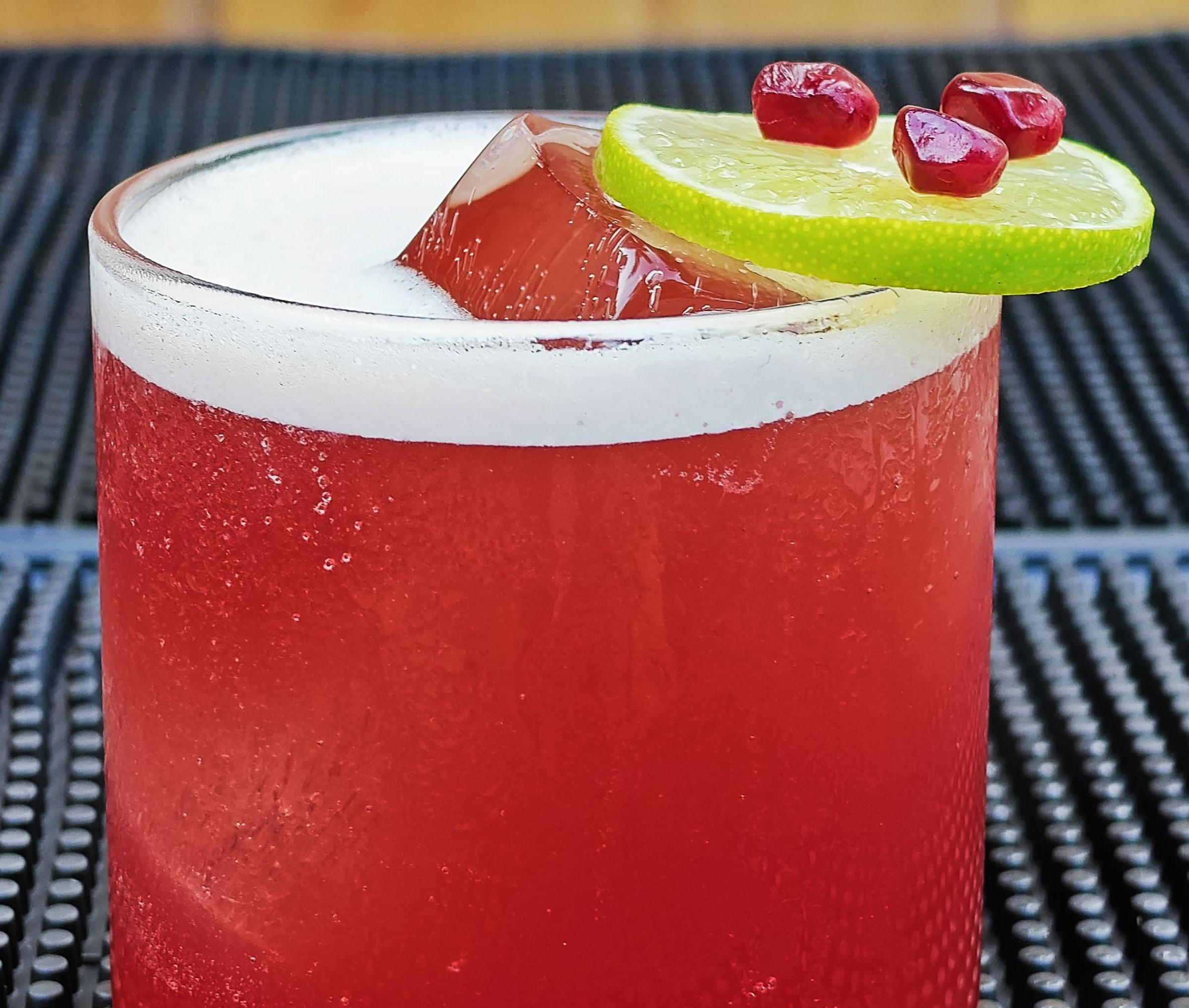
By Mordechai Schmutter
Would you consider yourself handy?
And by “handy”, I don’t mean “convenient to have around”. You probably consider yourself that. I mean in the sense of a handyman, who, come to think of it, is pretty handy to have around. But not for too long, because they charge by the hour.
So the question is, when it comes down to it, can you fix things yourself?
According to a recent survey, you probably cannot. The survey claims that today’s fathers are less capable than their own fathers when it comes to do-it-yourself fixes, preferring instead to call a “guy”. Or their father.
Now as a father, I’m not going to sit and talk about what my father does and doesn’t do in this department. But I will say that I do plenty of fixes around the house. In fact, here’s a list of just some of the things I’ve done, though I do have to say that many of them were done with the help of my wife, because she reads
this. But I think you’ll be very impressed.
- For example, I’ve put together the desk I’m working on right now, which is probably not going to live as long as the desk in my boys’ room that my grandmother got me when I was six, but that speaks more to my skills as a breadwinner.
- I’ve replaced a specific cabinet door in my kitchen about 500 times, once someone showed me that all I have to do is buy a thin wooden dowel, widen the stripped screw hole using a drill bit, stick the end of the dowel in the hole, saw off whatever sticks out, glue the rest in there, and then reinstall the door by driving the screw into the dowel! This is pretty much exactly what your dentist does when you have a cavity. I’m thinking that I should buy a better-quality dowel.
- I also know what a dowel is. My wife taught me. It’s handyman for “stick”.
- I’ve installed a great many pictures on walls, most of which fall if you get
too close to them.
- I’ve also put together over one barbecue grills.
- I also installed a ladder in my backyard. Sideways, in the ground. The ladder came free with the house, and now it’s a mini fence for my wife’s garden. It doesn’t keep kids out, it doesn’t keep animals out, but we no longer have a loose ladder laying around outside our house.
- In an attempt to build a shelf for my son to reach from his bunkbed, I drilled about a dozen holes in the wall to find studs, because it turns out my stud finder is a liar.
- I replaced the faucet of my laundry sink, which involved laying down under the sink and having a lot of unexpected water pour on me.
- I’ve installed a paper towel dispenser in the laundry room that is so inconspicuous that my wife didn’t know it was there when all that water was pouring on me.
Point is, I am pretty handy to have around the house, if what you’re looking for is a temporary solution


But apparently, there are reasons for this decline. For example, one excuse that millennial dads are giving is that they spend more time with their kids instead. Which is definitely an excuse, because you could always fix things with your kids.
But it could be related. Let’s put it this way: Time was, men didn’t sit around talking about their feelings. They wanted to avoid that, so they went off into the garage and tinkered with stuff. Most Jewish men went off to learn, but it’s the same idea. And it’s also the reason many Jewish men aren’t handy. And it turns out that just like if you spend enough time learning, you can get good at it, if you spend enough time fixing
didn’t want to, because their kids kept getting in the way and holding the flashlight wrong and learning colorful new handyman words (such as “dowel”), and also, the kids were the ones who broke the stuff in the first place.
“Yeah, whenever I need to open a pickle jar, I call a guy. He charges 45 bucks for the call, and I have pickles. Then I can spend more time with my kids.”
One result of this shift, the survey found, is that modern dads don’t own a lot of tools. For example, according to reports, 49% nowadays don’t own a ladder, and 46%, quote, “don’t even own a cordless drill”. No cordless drill? How do you drill a dozen holes in your son’s wall
I own a circular saw! Though to be technical, my wife owns the circular saw.
But I do own a lot of other tools, which we keep in 3 strategic places – four, if you count the half-buried ladder. We have them in a drawer in our kitchen that we can’t open or close, we have a small set upstairs that includes a kosher l’Pesach hammer that we use to open coconuts (my wife uses the chometz kitchen hammer to turn granola bars into granola), and then there’s our garage, where we keep all the larger, more dangerous tools. And also the kids’ bikes.
Point is, this whole trend is something that we really need to fix. I say we call a guy.
AND
885 EASTERN PARKWAY
by Shmully Blesofsky
At 885 Eastern Parkway stands an impressive neoclassical structure that currently houses the United Lubavitcher Yeshiva Mesivta, Zal, and Achei Temimim schools. The building has a rich history spanning over 100 years, beginning in the early 20th century.
As the Jewish community in Brooklyn began to grow in the early 1900s, a small group of frum yidden banded together to start a new Shul. When a popular Irish saloon owner named Murphy heard that they were looking for a location, he invited them to daven in the back room of his saloon free of charge. The group gladly accepted and used Murphy’s saloon for the next few years. Murphy became part of the new shtiebel as a gabbai of sorts, and acted as the treasurer.
Eventually, the group grew and required a new home. They selected a 60x110 plot on Eastern Parkway and Albany and constructed a new and modern synagogue that could seat 600 people. The congregation moved into the new one-story edifice in 1921. With the move arose fresh questions about the Shul’s future as the community dynamics shifted with the growth of the congregation. As Der Morgen Journal described it, “As the community grew, so did the congregation’s prominence, attracting more distinguished members and
becoming an integral part of the area. However, this growth also brought challenges, as some felt that the congregation was moving away from its original values.”
Accordingly, in 1923, the congregation hired Rabbi Jacob Levinson, the rabbi of the Beis Hamedrash Hagadol in Brownsville, as their spiritual leader. Rabbi Levinson was a deeply respected leader and revered by all. A brilliant orator, he was seen as a pillar of orthodox Jewish leadership. He had been previously a rabbi in Chicago, a principal of Mizrachi’s Teachers’ Institute, and a secretary of the Union of Orthodox Rabbis. Rabbi Levinson succeeded in elevating Chovevei Torah from an ordinary synagogue into a stronghold of Torah, tzedakah, and religious Zionism, with daily minyanim and shiurim.
The community continued to grow and they eventually built the current structure at the cost of $200,000 (about $3.7 million in 2024 dollars). The beautiful 80-foot structure with its three iconic columns and grand steps was completed in time for Rosh Hashana, 1924. The main shul could seat 1100 and was built on top of the existing one-story structure. The noticeably steep
angle of the front steps were intended for people to reach the main sanctuary which sat on top of the main building.
The building stood out prominently in the neighborhood due to its unique design, which more closely resembled some of the prestigious Shuls in Brownsville and was rather uncommon in Crown Heights. The interior was designed with small lamps throughout and a beautiful chandelier above the Bimah, with elegant mahogany benches for seating. Large, impressive balconies on either side of the shul hosted the women’s section.
In the following decades, Chovevei Torah grew into a vibrant community center. The synagogue was active every day of the week, filled with activities and learning. Rabbi Levinson delivered inspiring weekly sermons, led daily Talmud study sessions, and established numerous committees and organizations to assist the community. As Der Morgan Journal reported, “His kindness, integrity, and cheerful demeanor have united the community, turning the area into a hub for Jewish life and tradition.”
In the post-war years, as many survivors and Chassidim moved to Crown Heights, Chovevei Torah became a popular venue, hosting gatherings for Chassidic Rebbes and
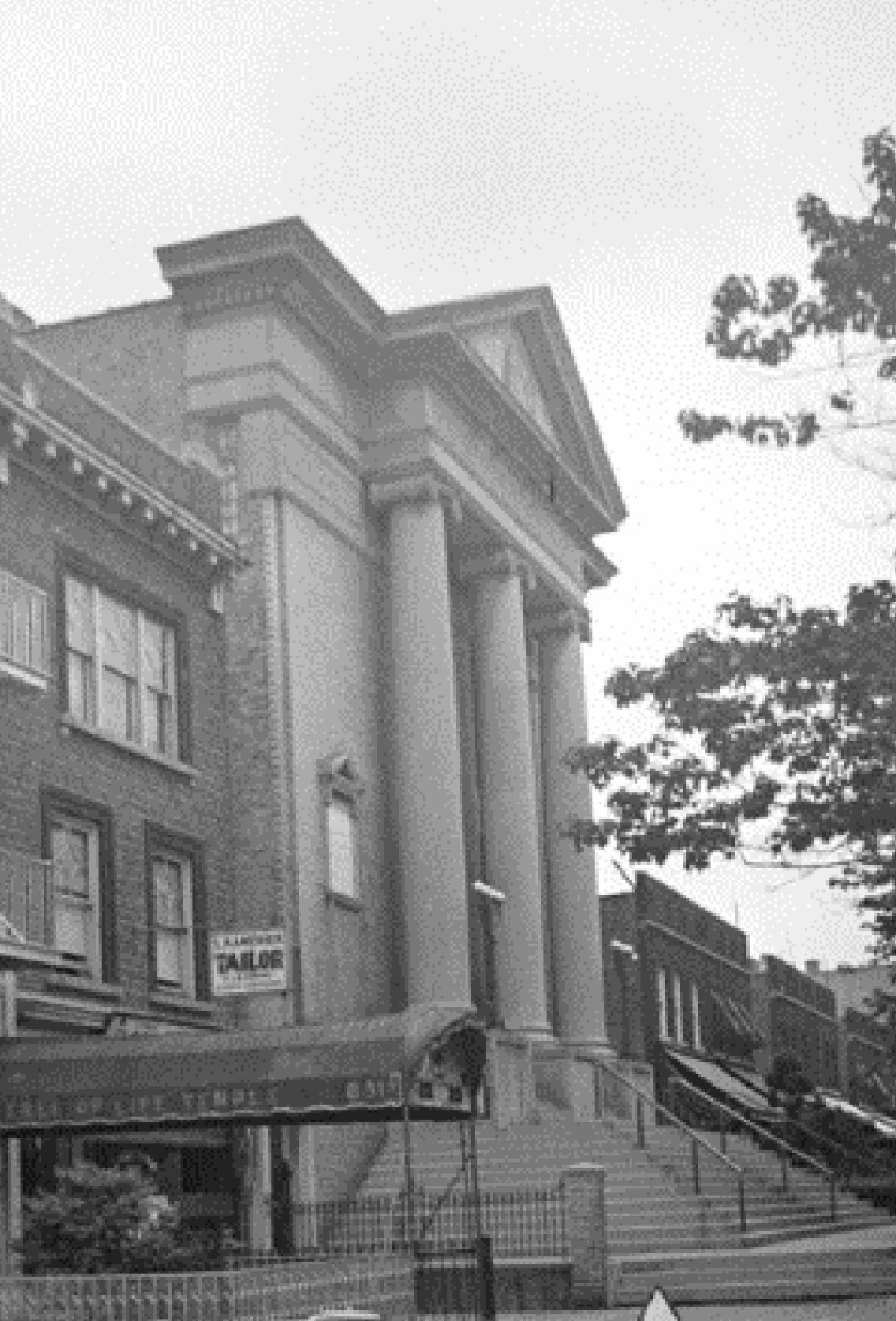
communal leaders including Israeli Prime Minister Menachem Begin in December of 1960.
However, in the 1960s, the Shul’s growth began to decline as Crown Heights experienced a significant exodus of many of its residents due to rising crime in the area. After the Shul was vandalized and damaged during a break-in in the 70s, Rabbi Hershel Shifrin, a member of the Shul who lived across the street, wrote to the Rebbe asking for guidance whether he should involve himself in making sure the building remained in service to the Jewish community.
The Rebbe’s response was strong and encouraging:
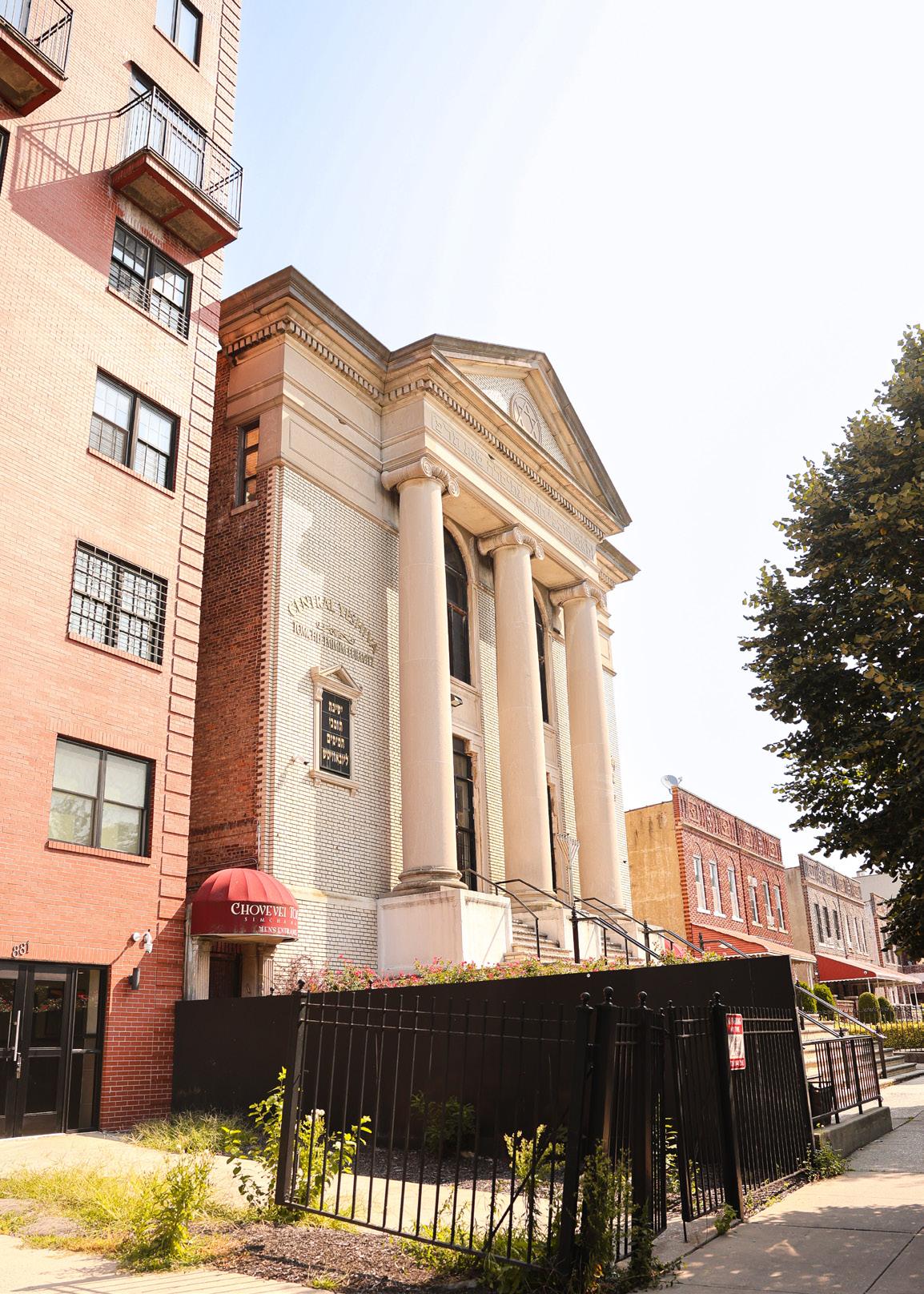
“[This proposal is] Highly appropriate. [You] should discuss this with the committee in charge of [strengthening] the neighborhood (the Jewish one, of course). I will mention this at the Frierdiker Rebbe’s Ohel and the merit of strengthening the neighborhood will support them.”
Buoyed by the Rebbe’s encouragement, Rabbi Shifrin became more active in the shul, eventually becoming the vice president. In 1971, as the shul’s membership declined, he connected the leadership of Chovevei Torah with Rabbi Shmaryahu Gurary (Rashag), the Rebbe’s brother in law, who was in charge of the Lubavitcher Yeshivas. As they wanted the shul to remain in Jewish hands, they transferred ownership of the shul to United Lubavitcher Yeshiva at no cost asking only for $6,000 to give to the departing Rabbi Rabinowitz as severance pay.
The Rebbe instructed that the “kvutza” bochurim who came from Eretz Yisrael for the year should study on the first floor. The shul remained largely unused on the second floor and slowly fell into disrepair. In 1992, after the Rebbe’s stroke, kvutza moved back to 770 to be closer to the Rebbe and the Yeshiva building remained empty. In their place, a Zal program for older bochurim and later a Mesivta moved in thanks to Menahel Rabbi Menachem Minsky’s tireless efforts to update and renovate the building in the 1990s.
As the new year begins and bochurim from the Zal, Mesivta, and Achei Temimim program walk its halls, Chovevei Torah will continue to live up to its 100 year old name: a place where Torah study is loved and cherished.






